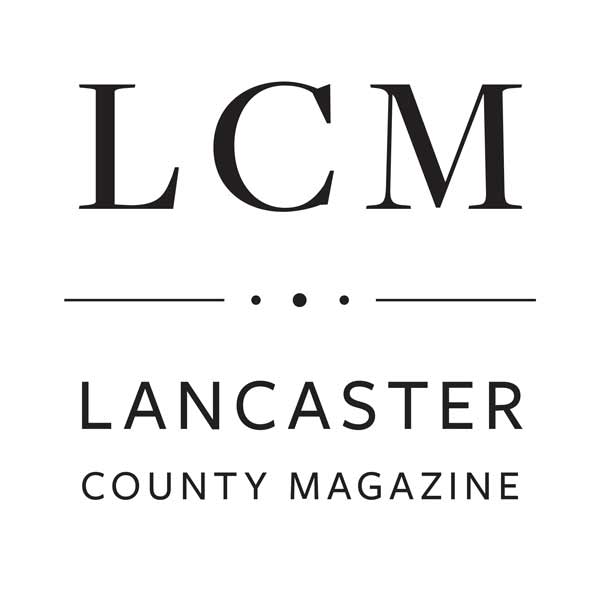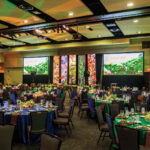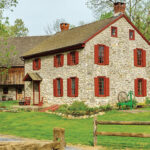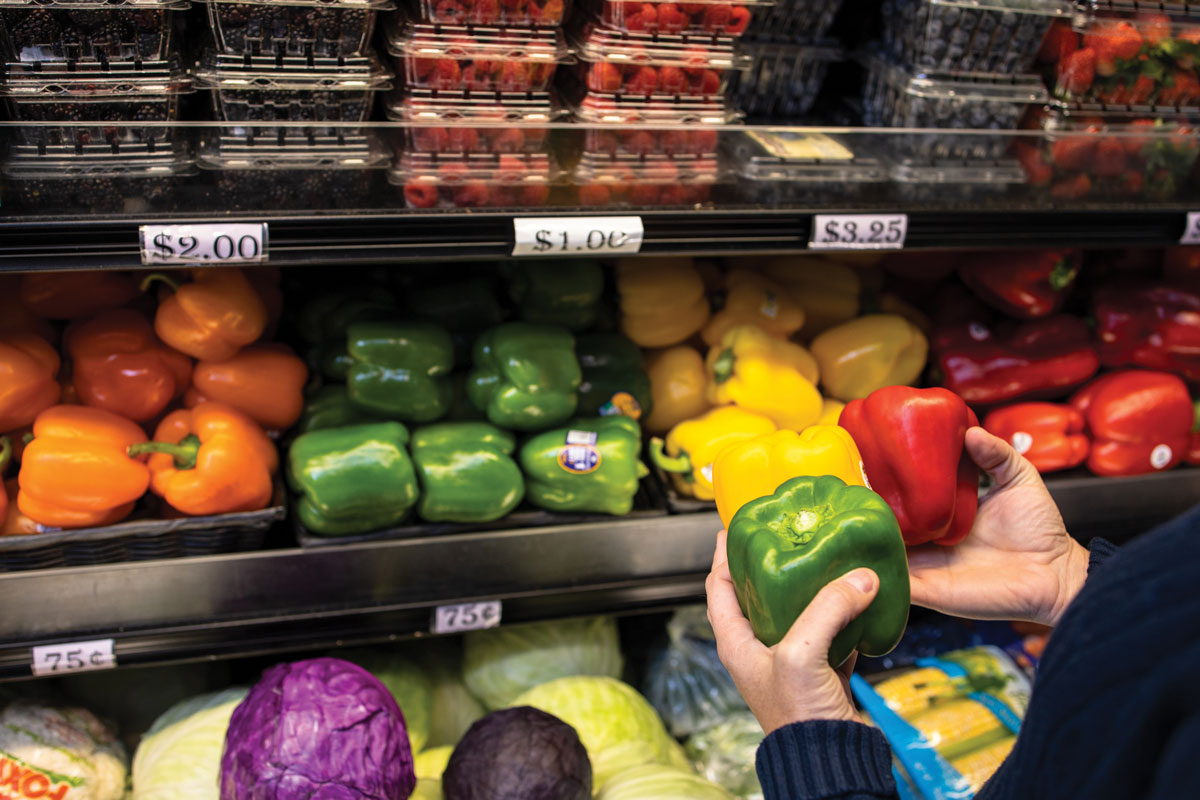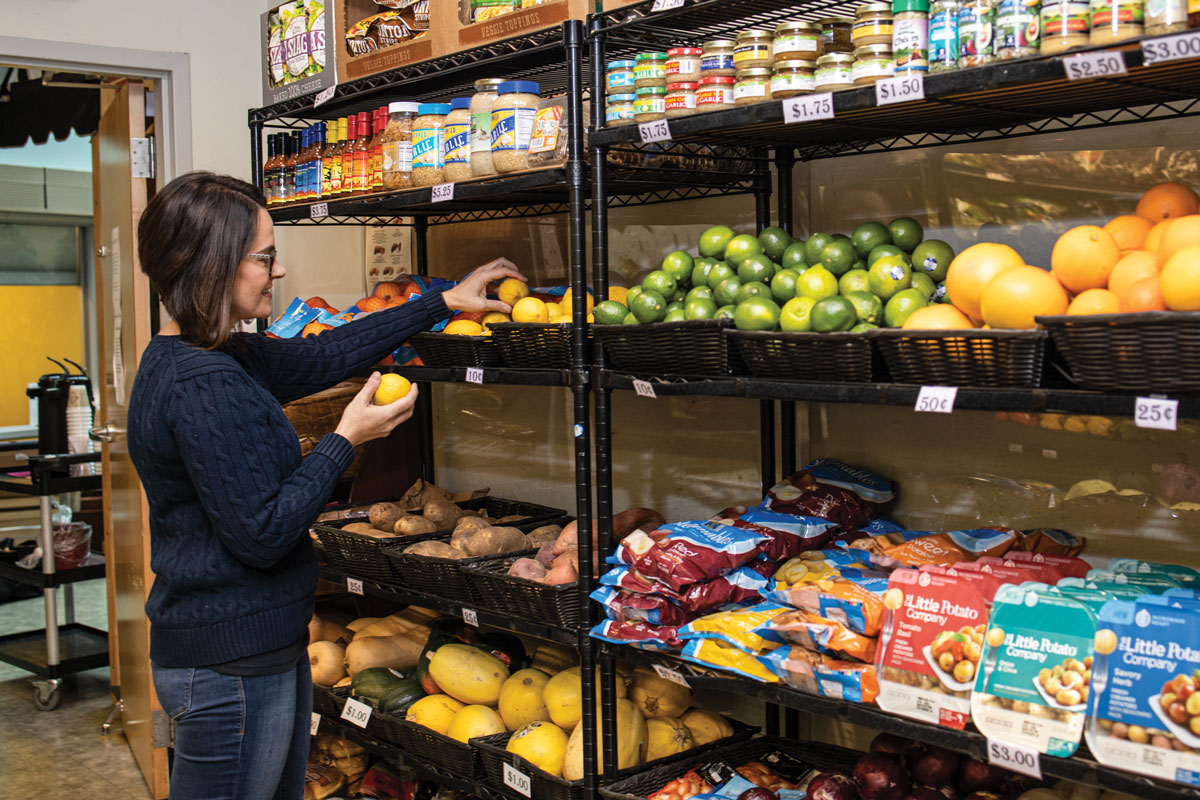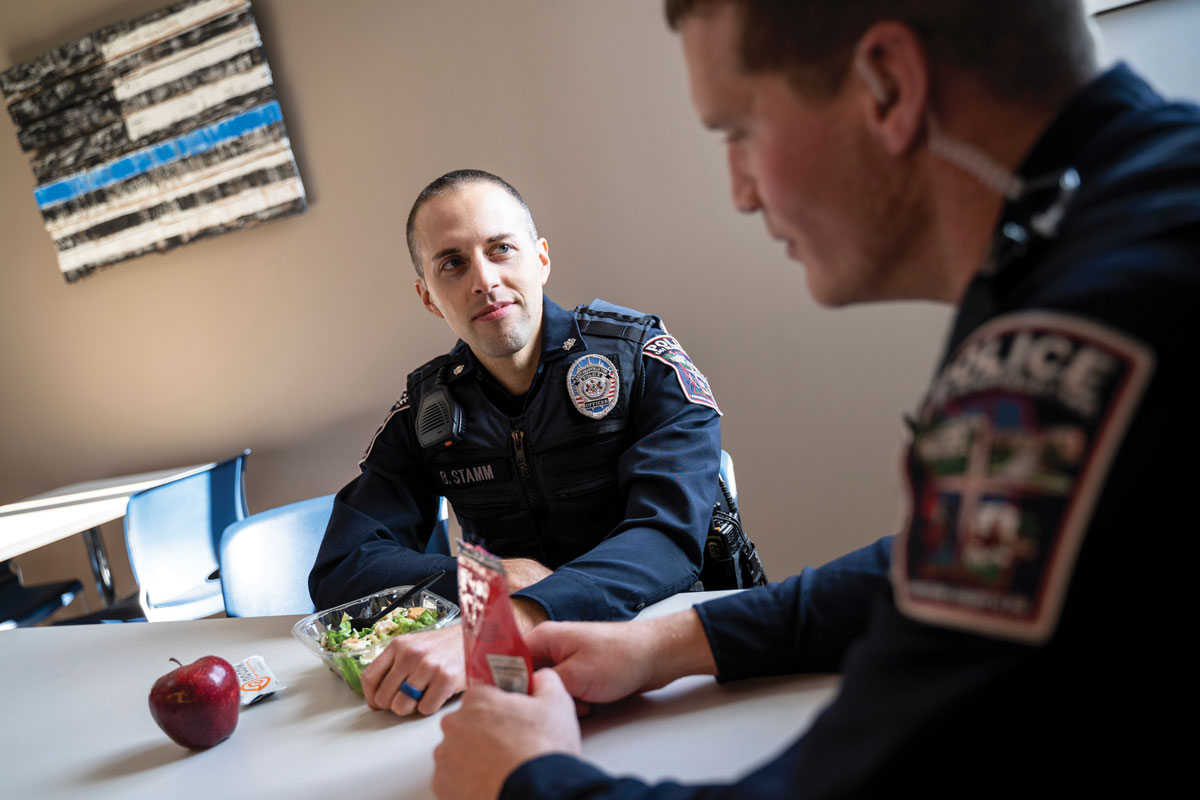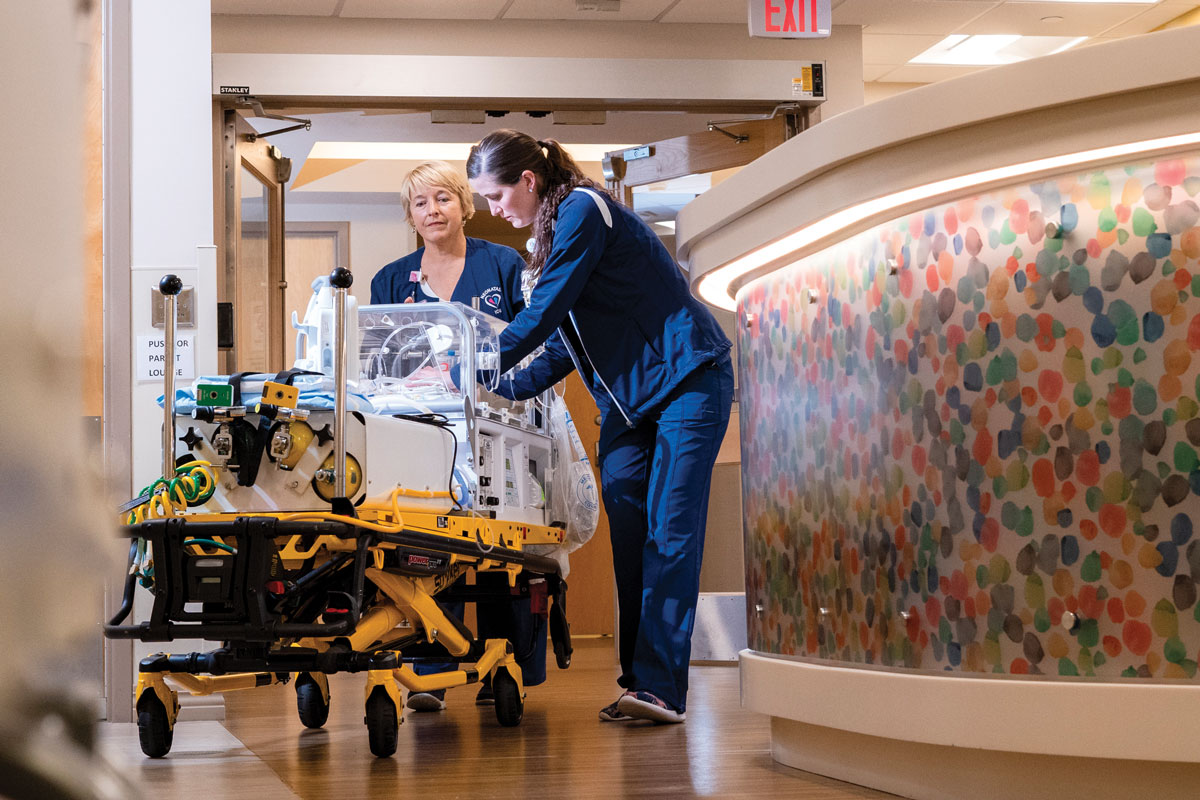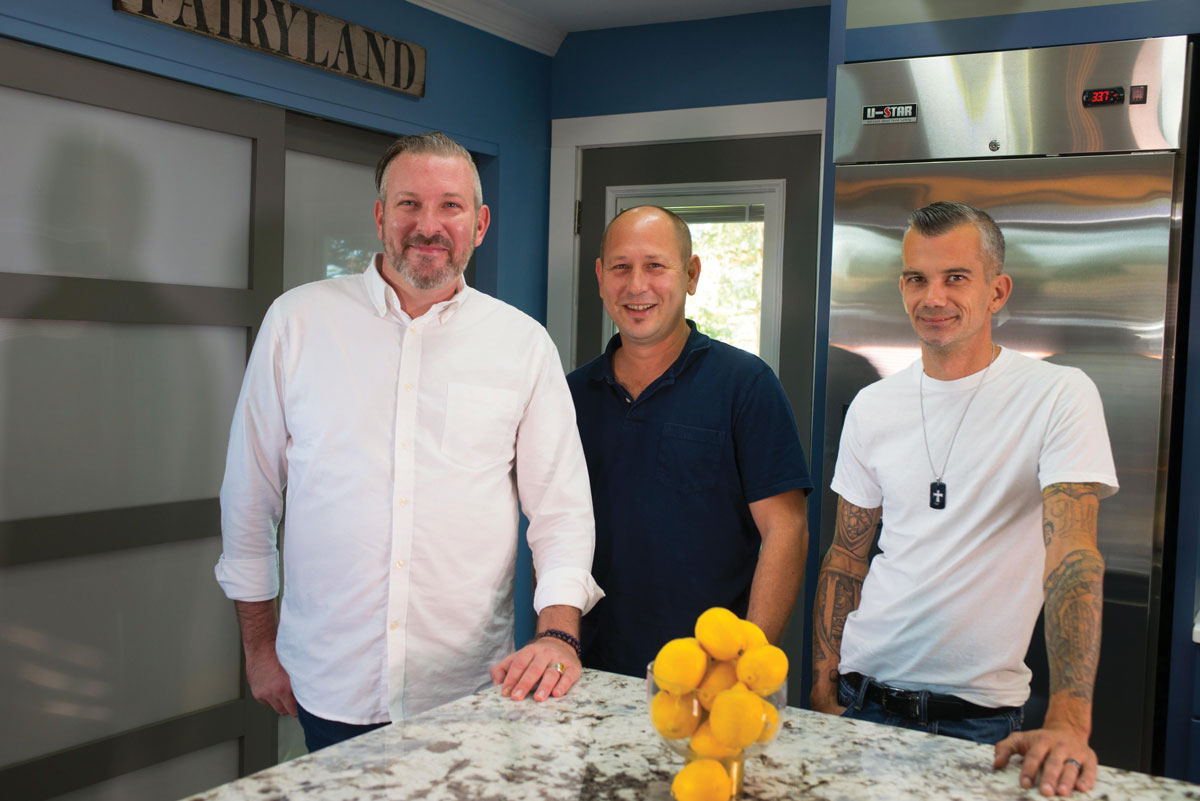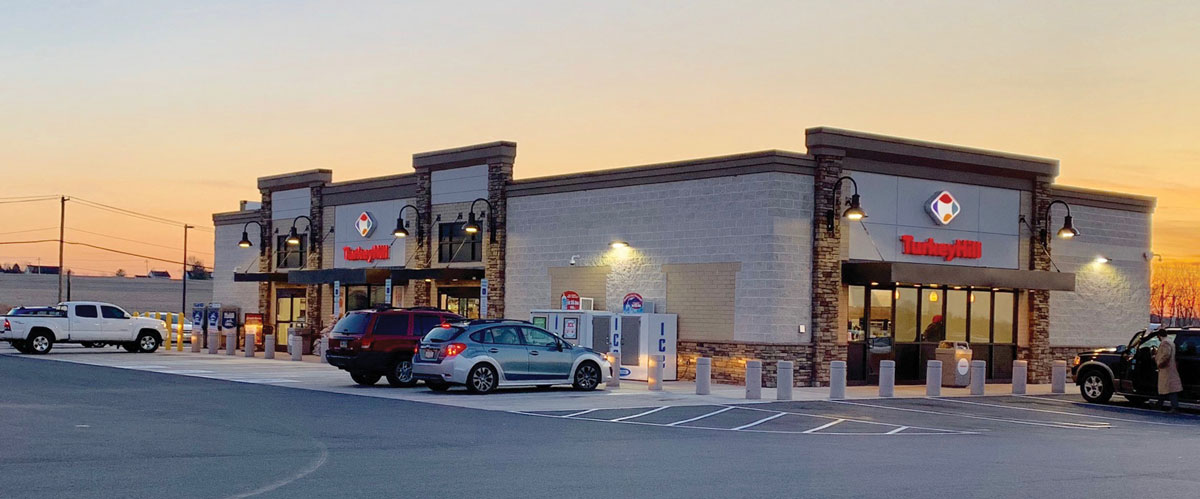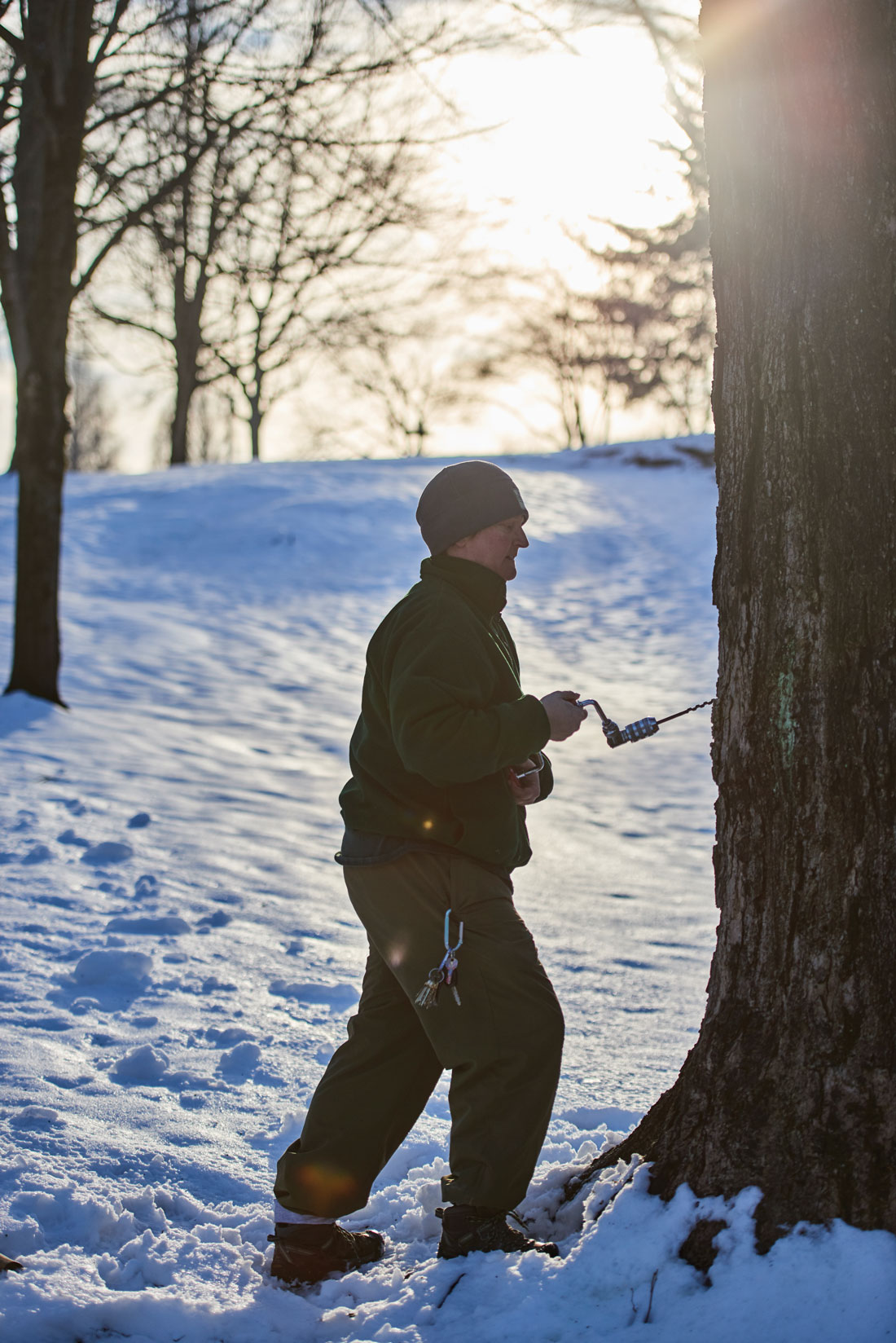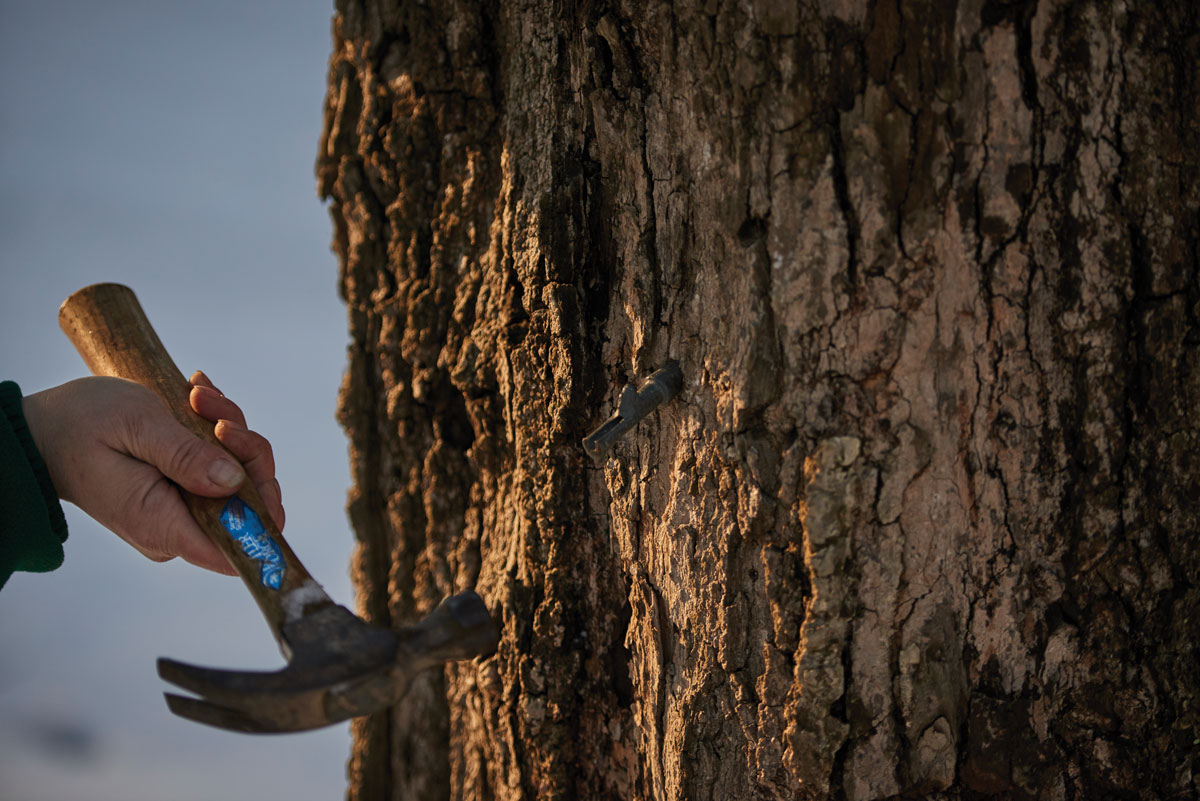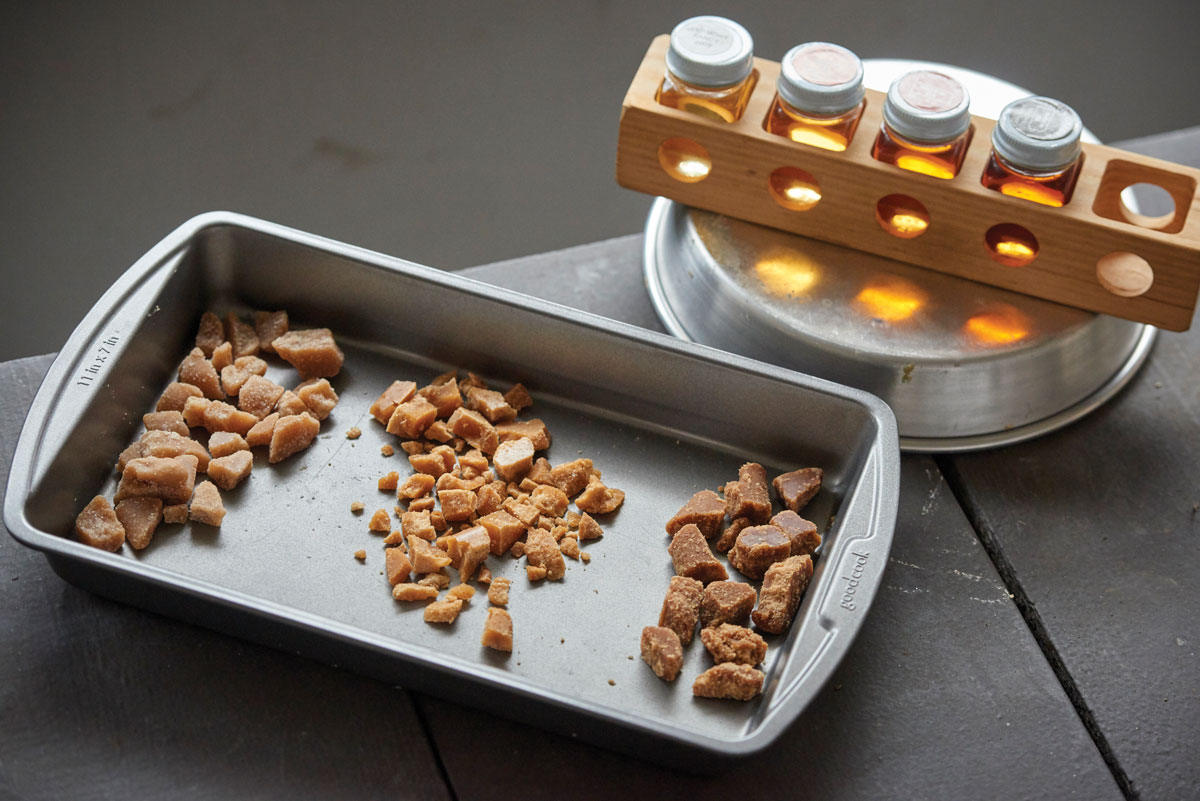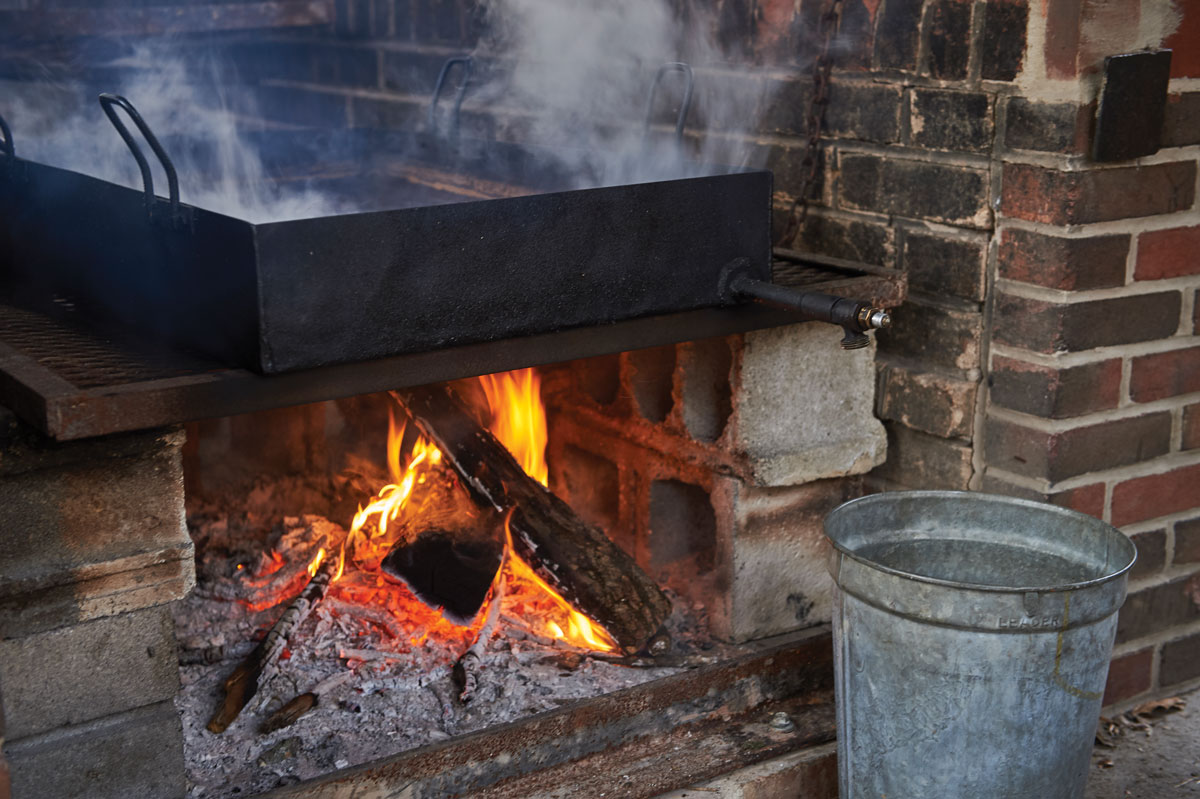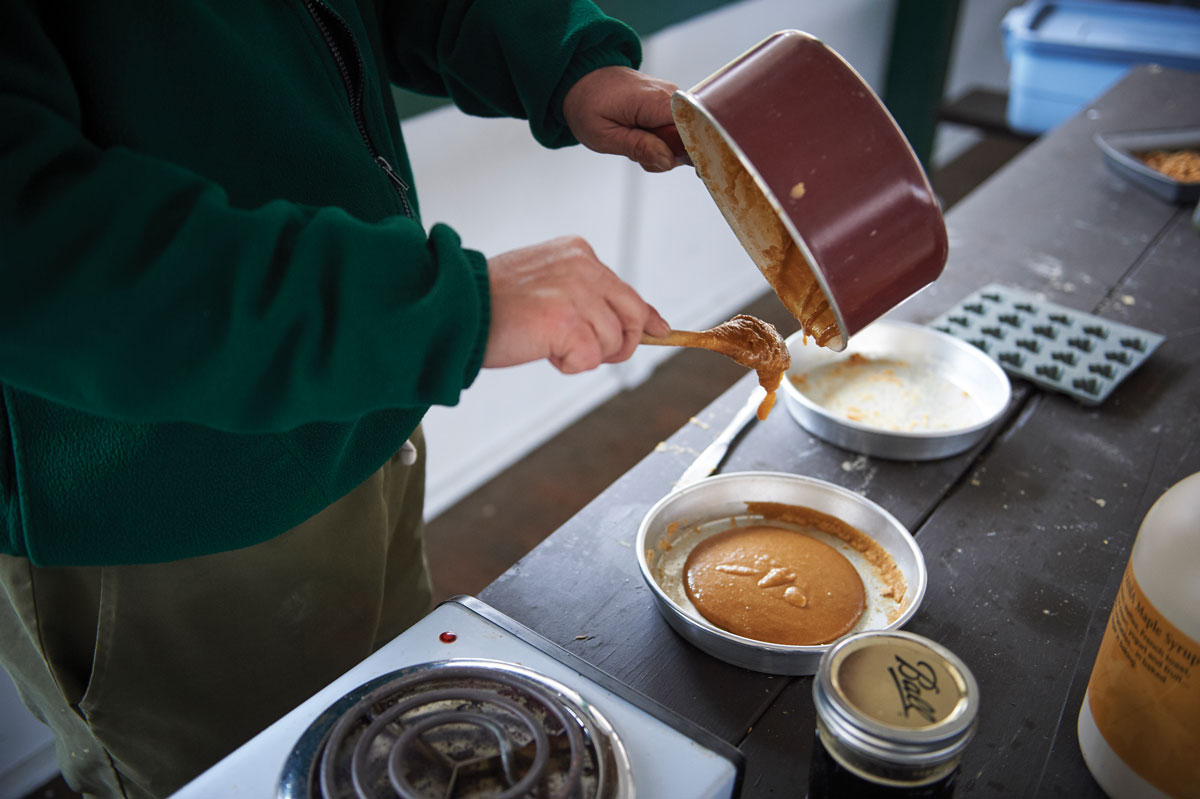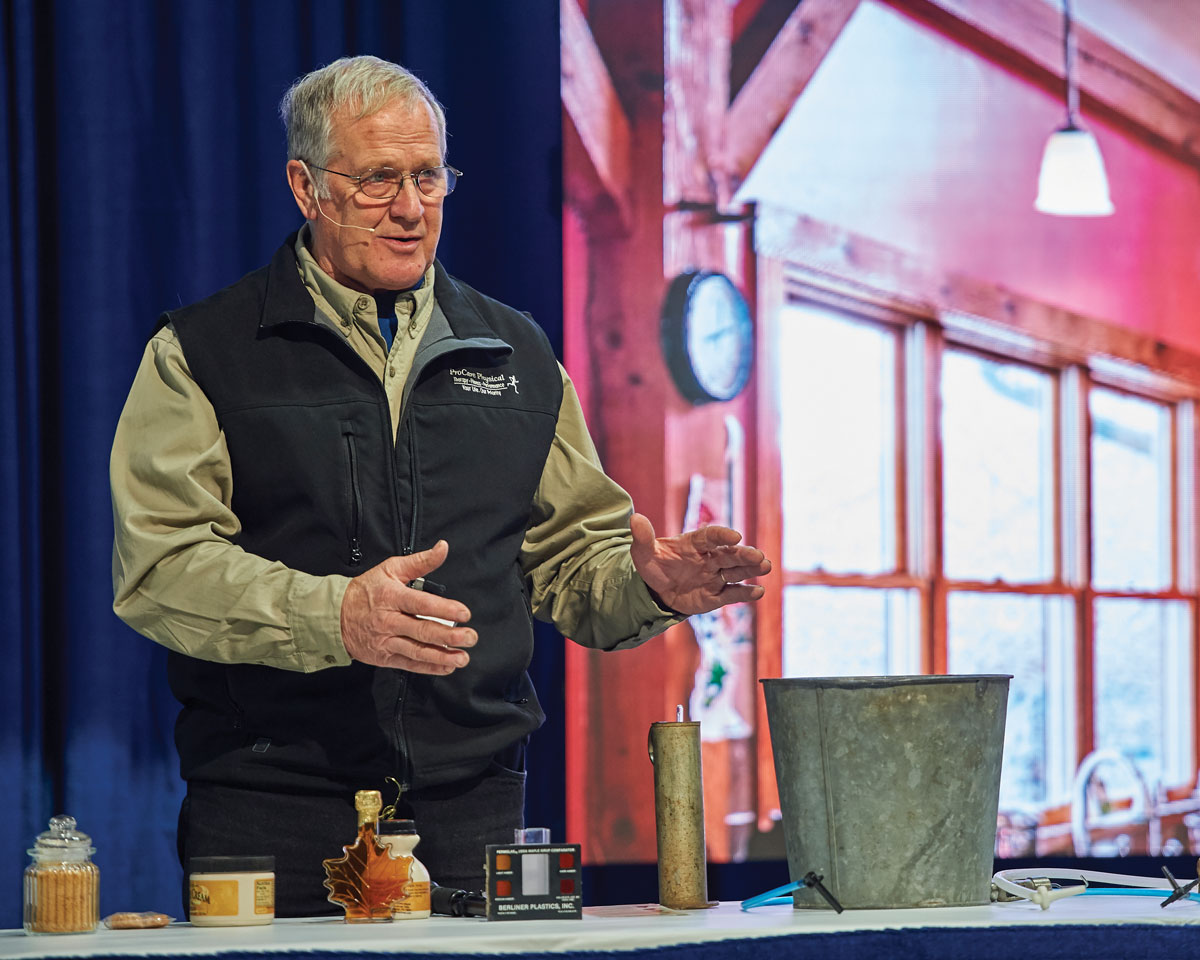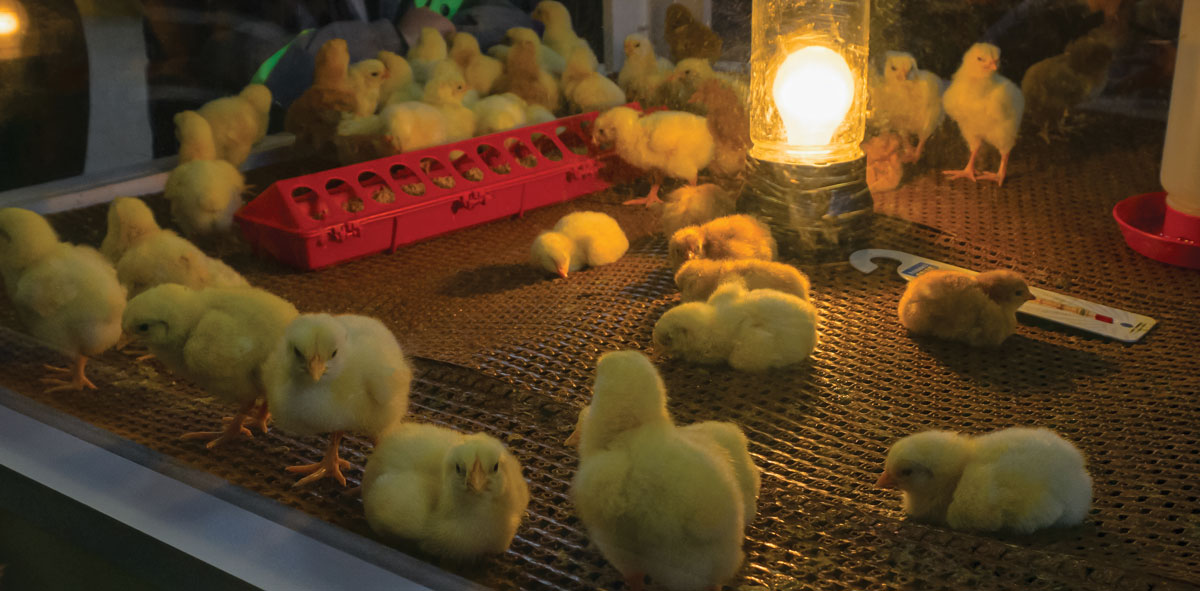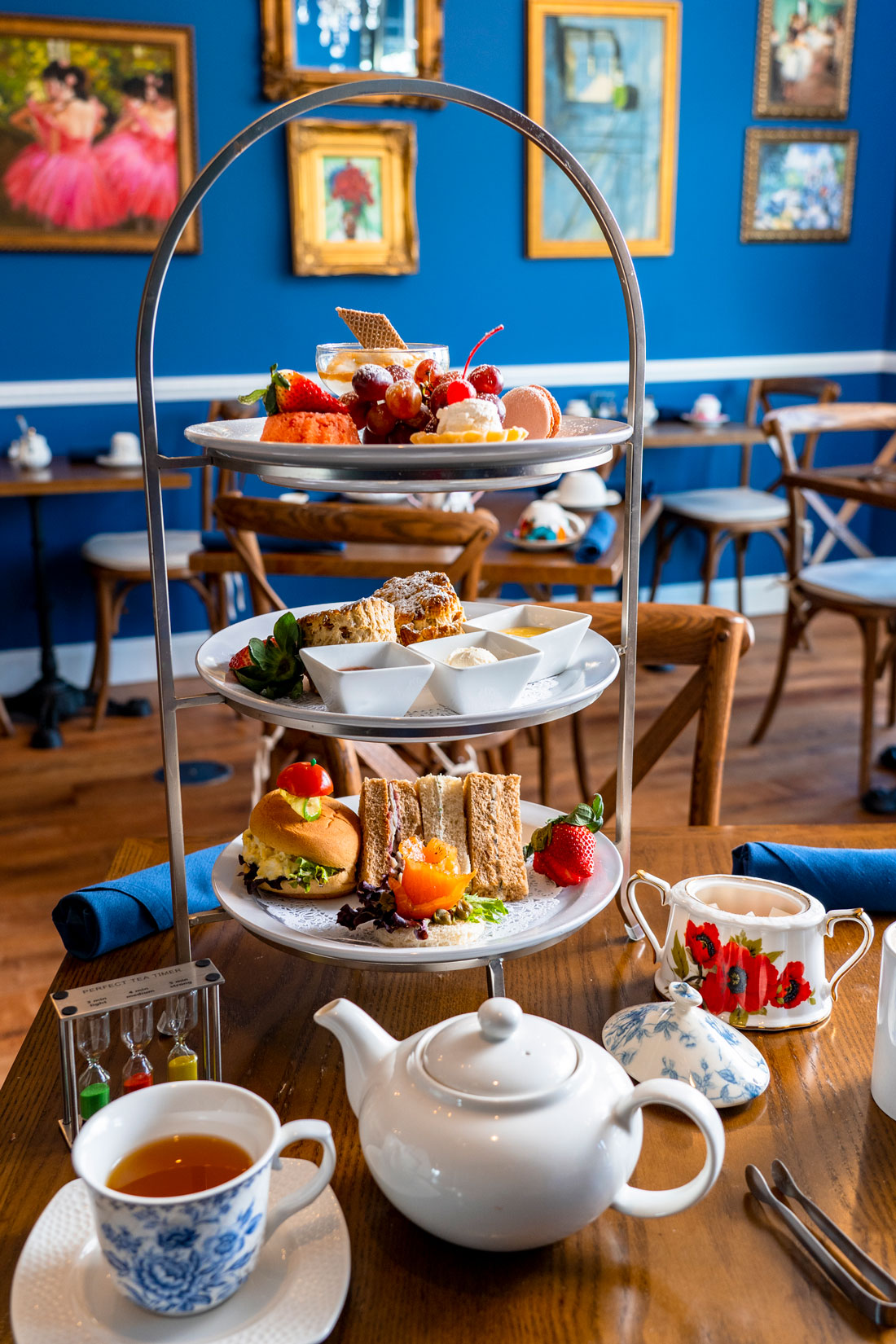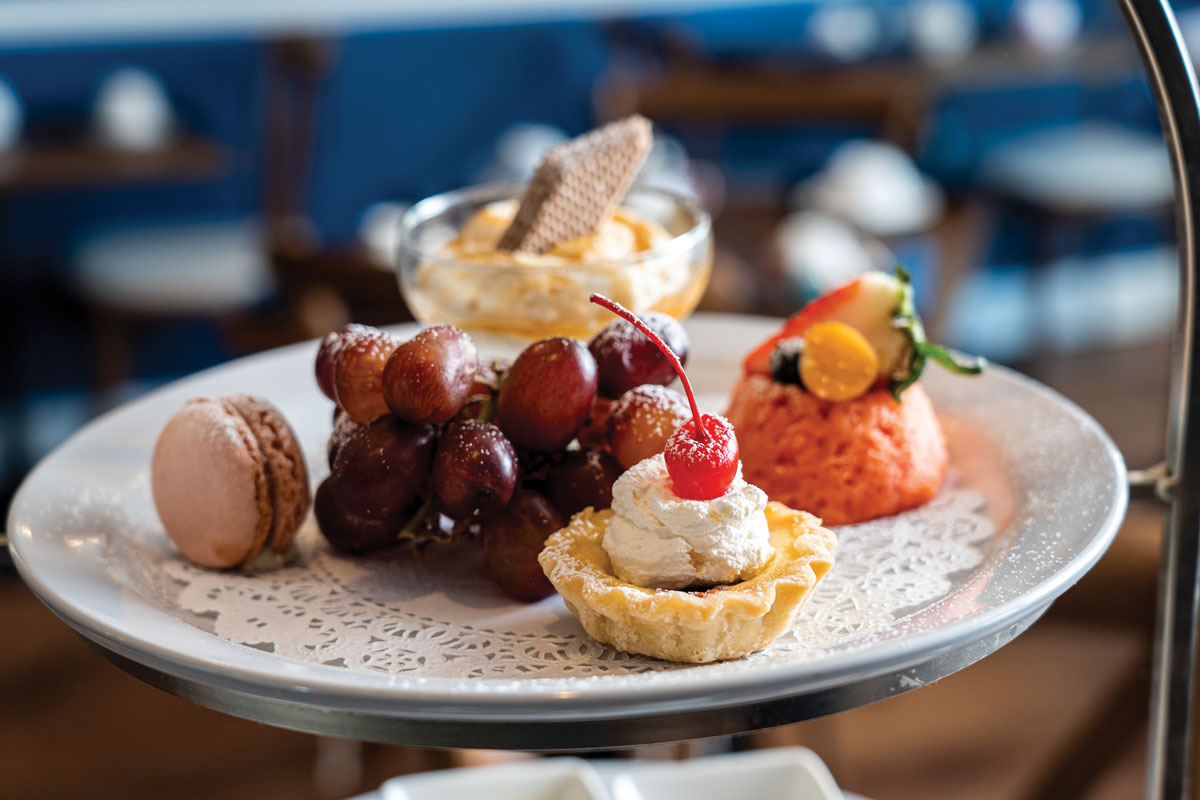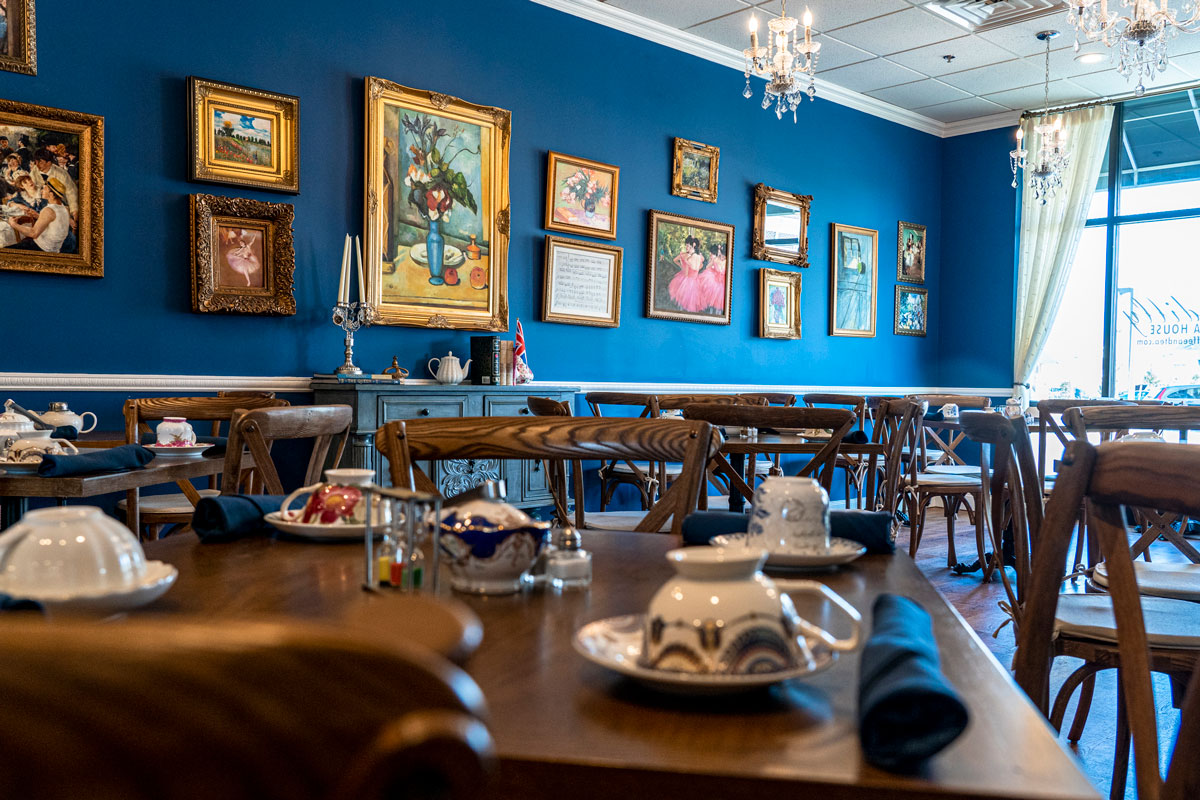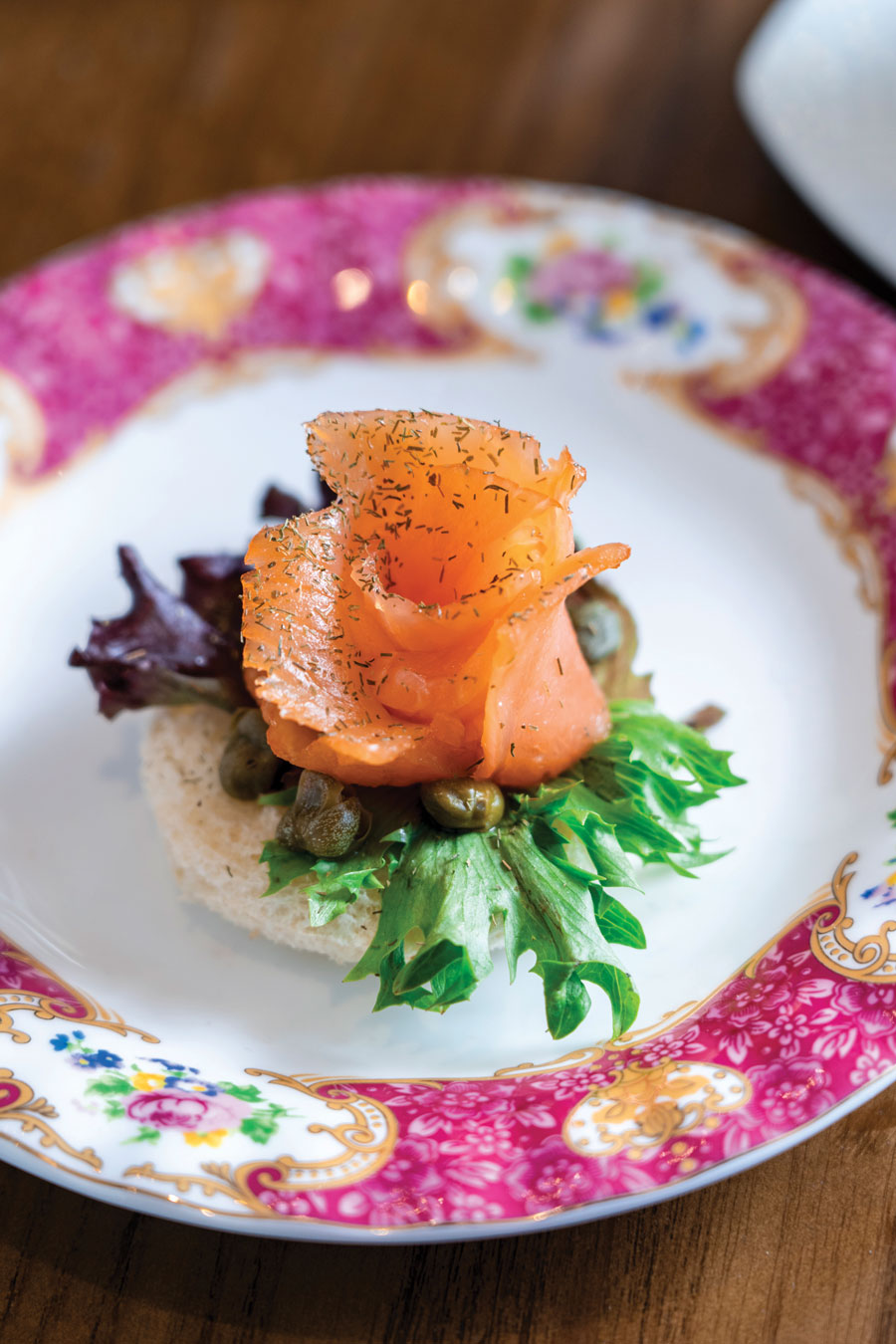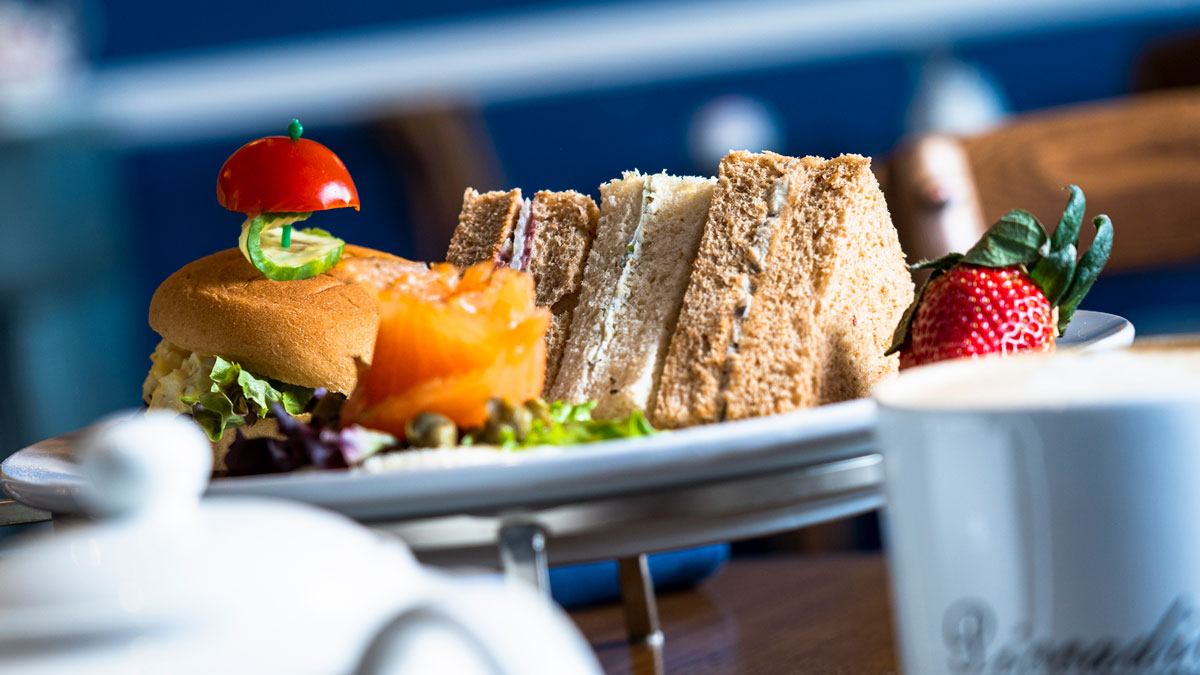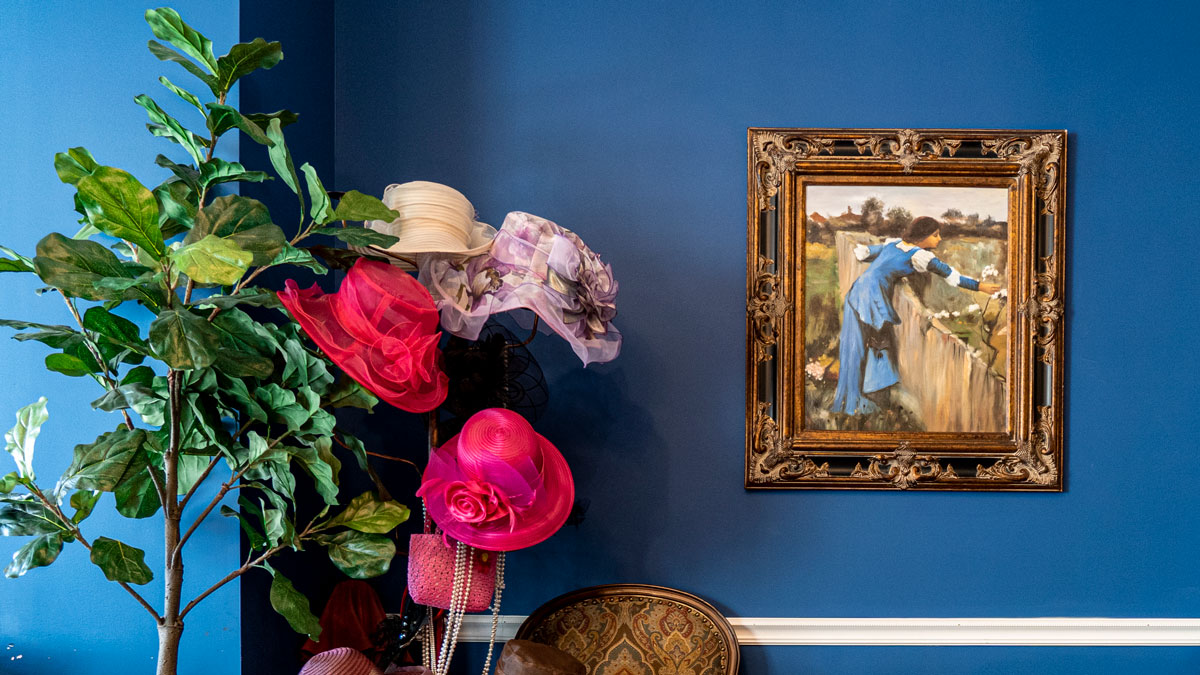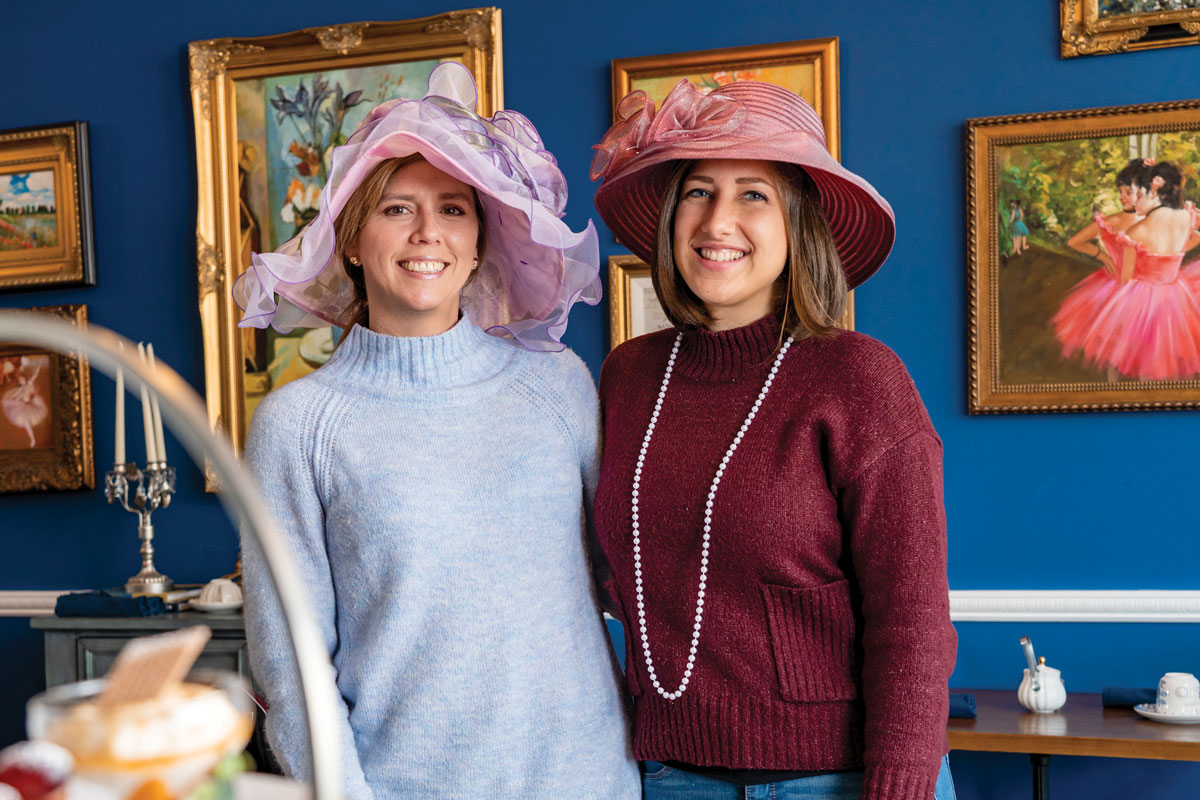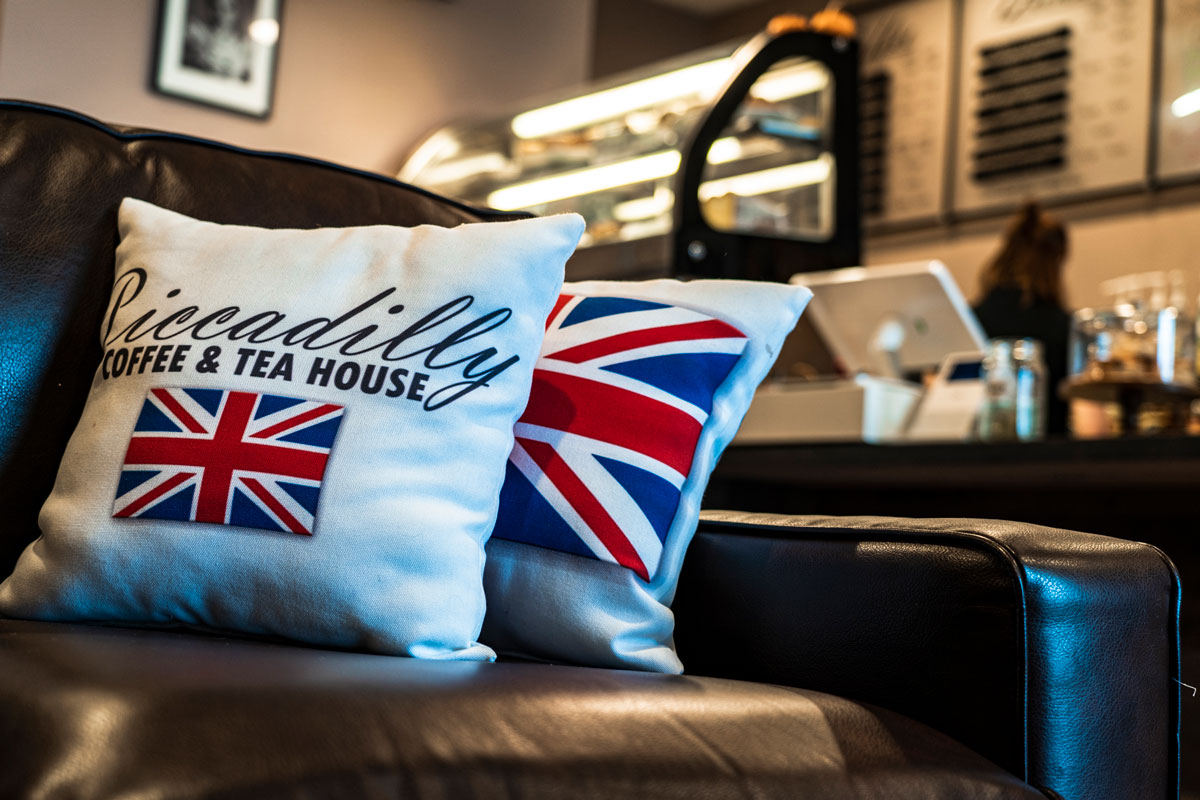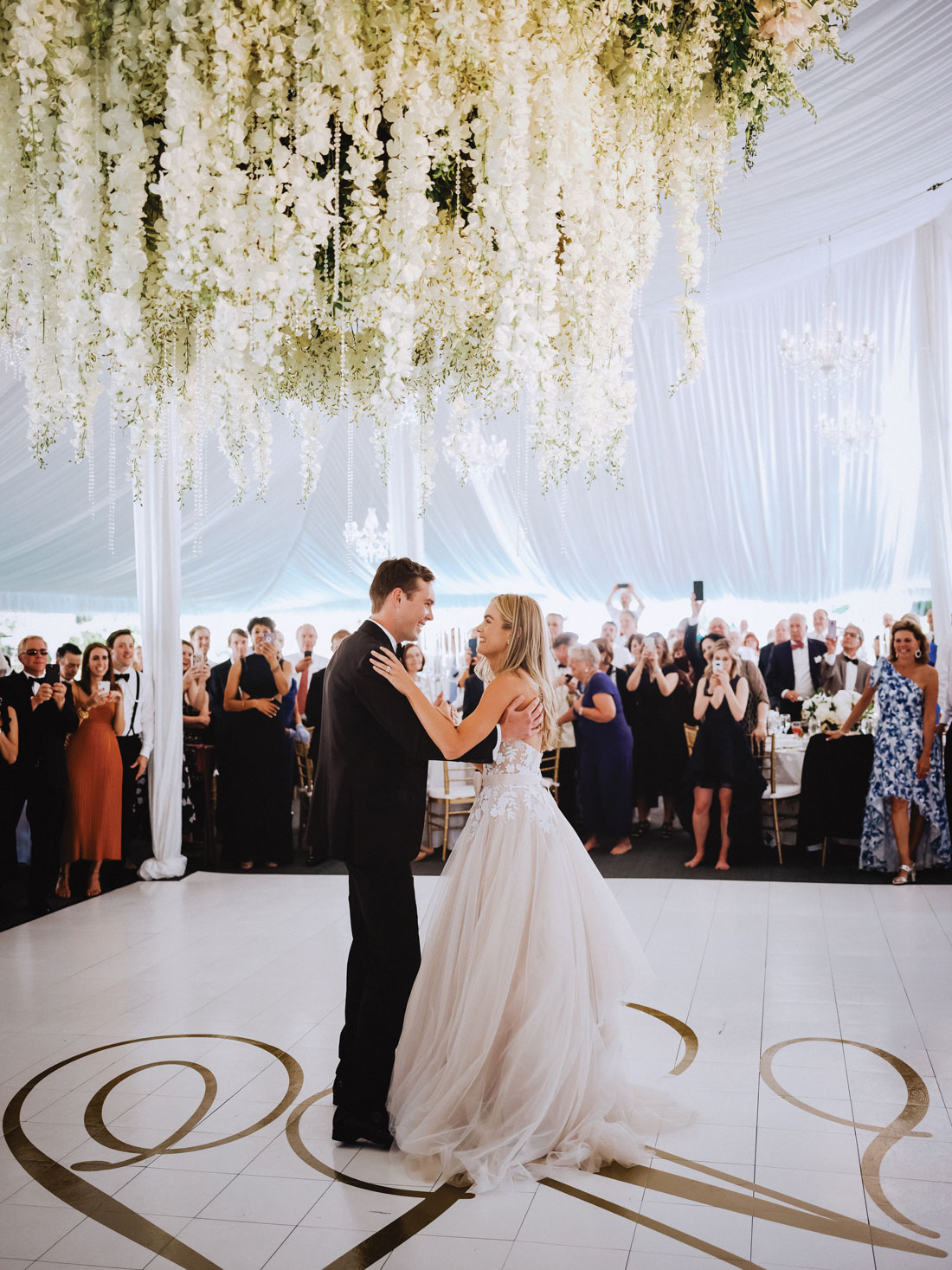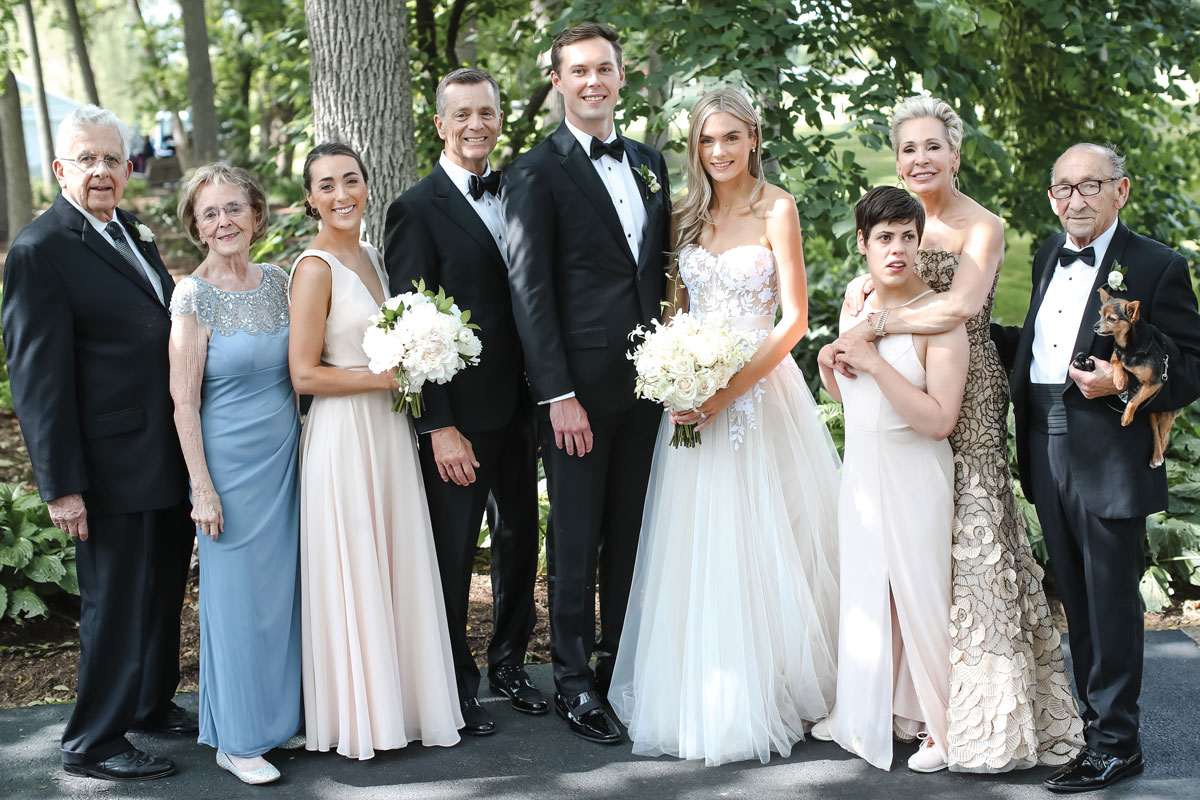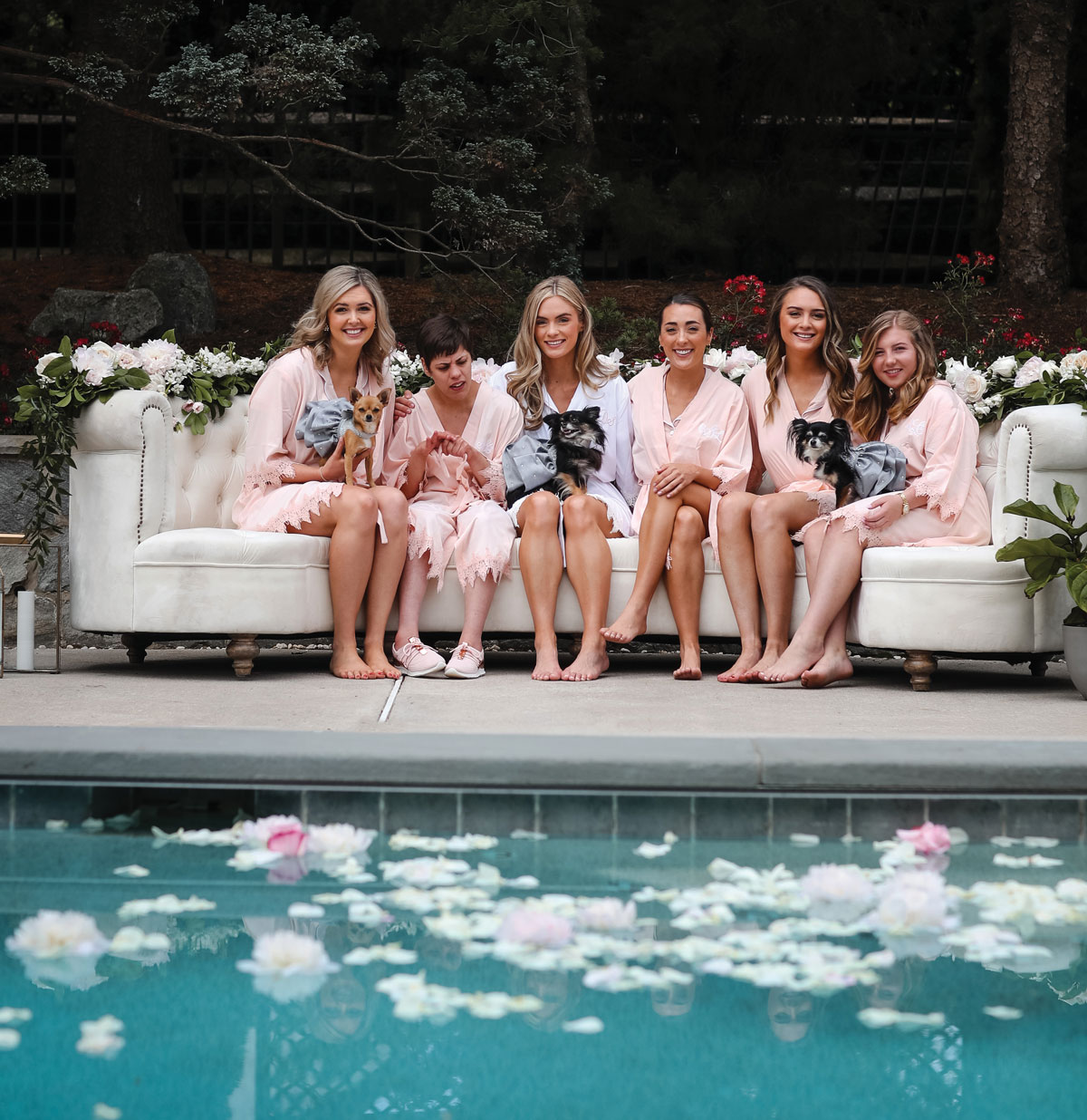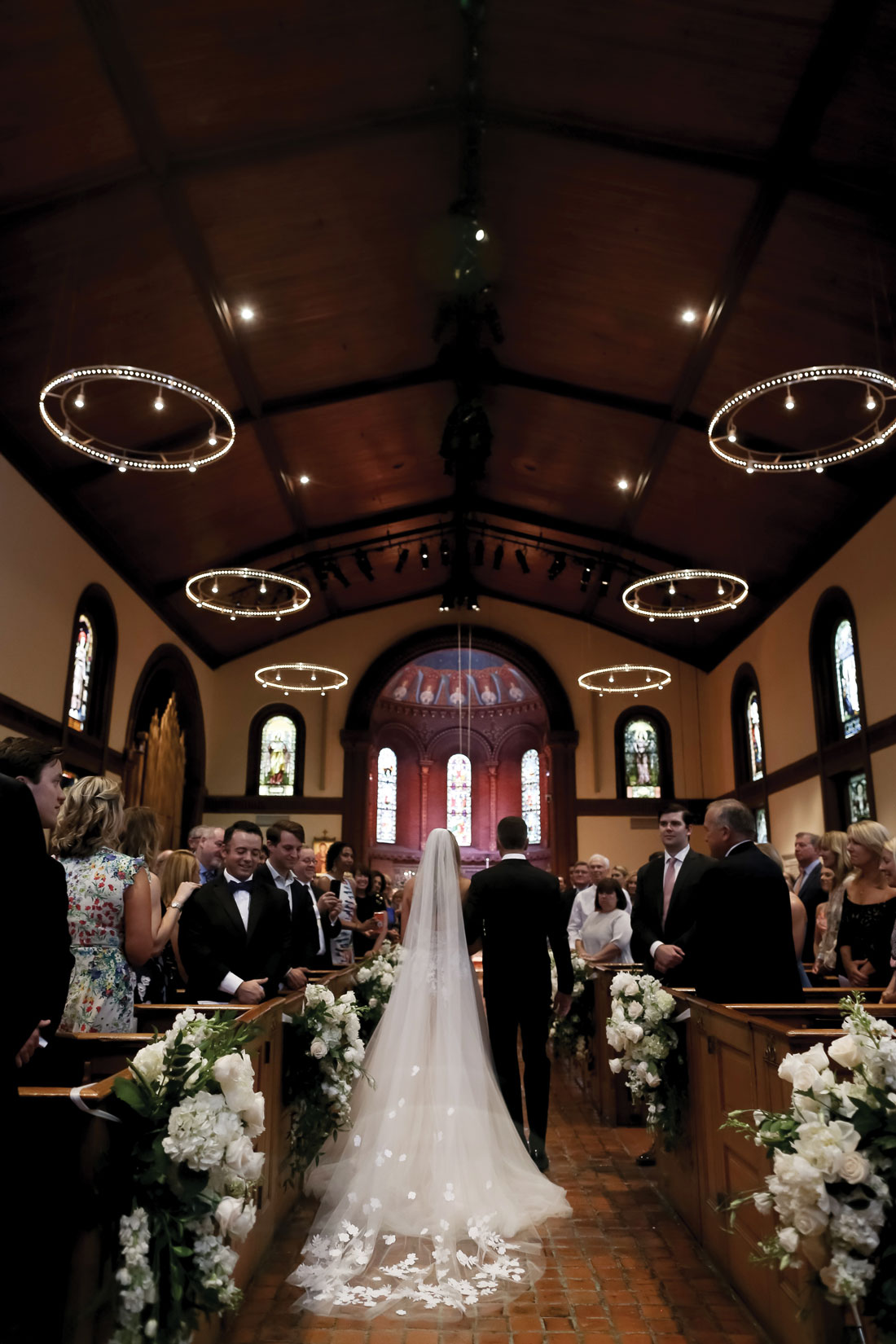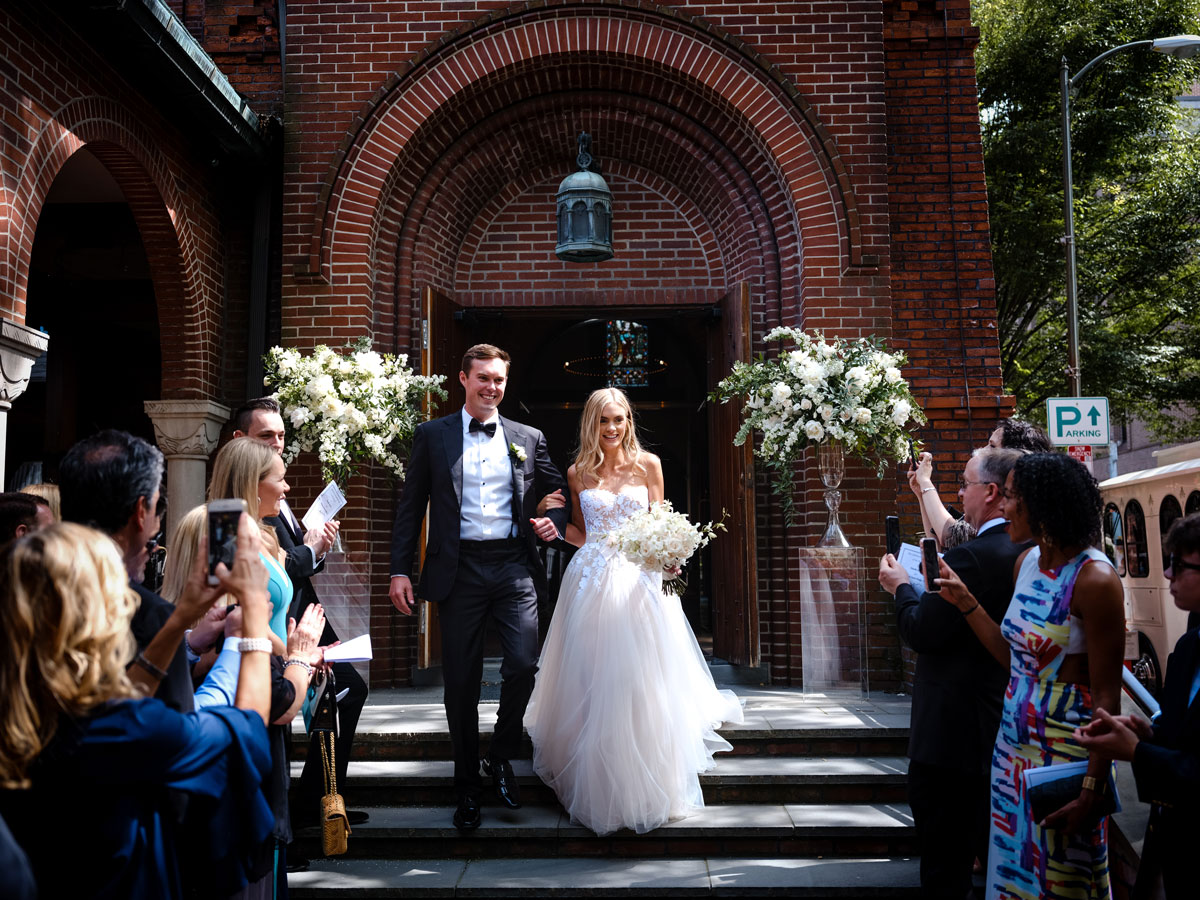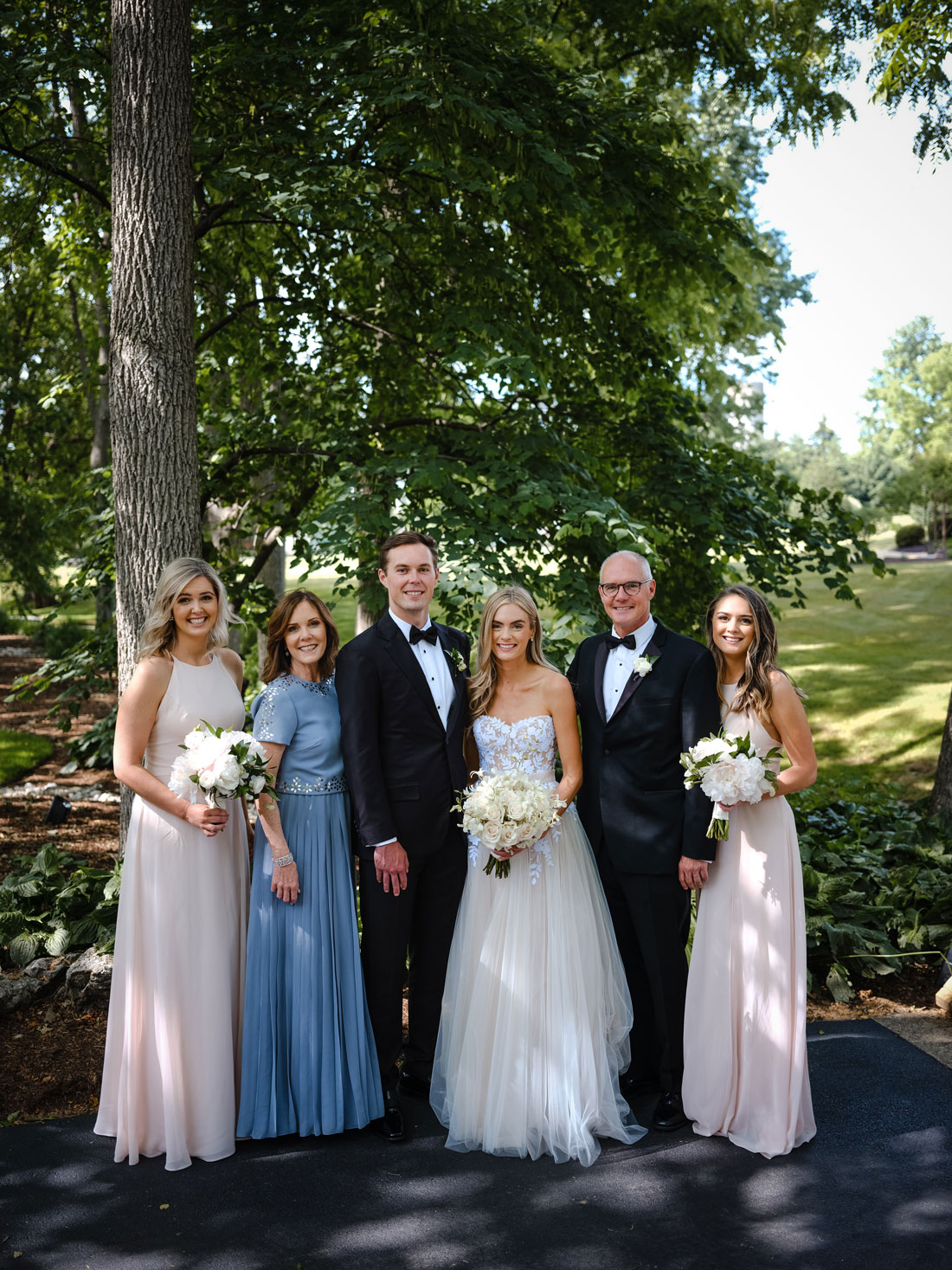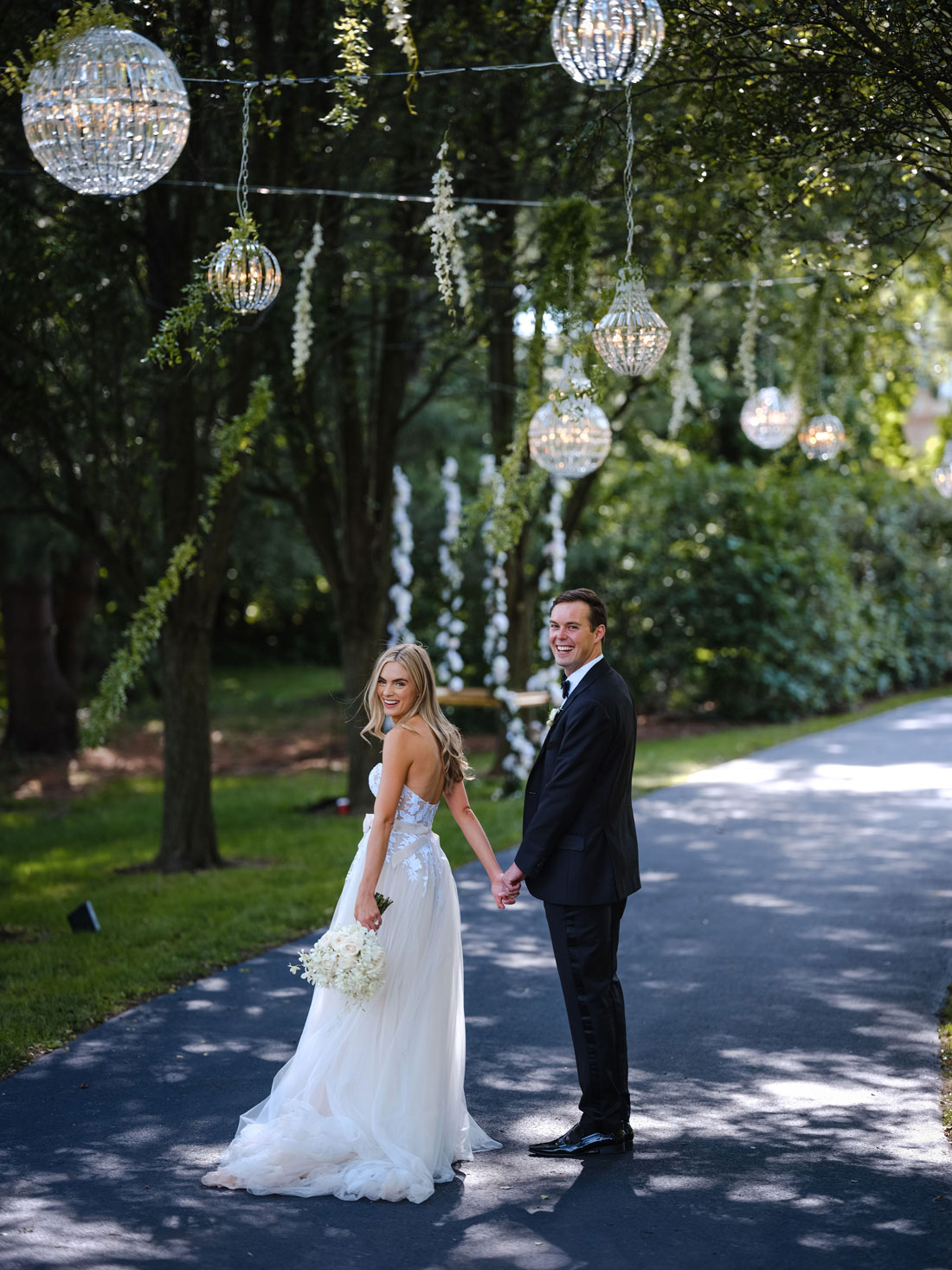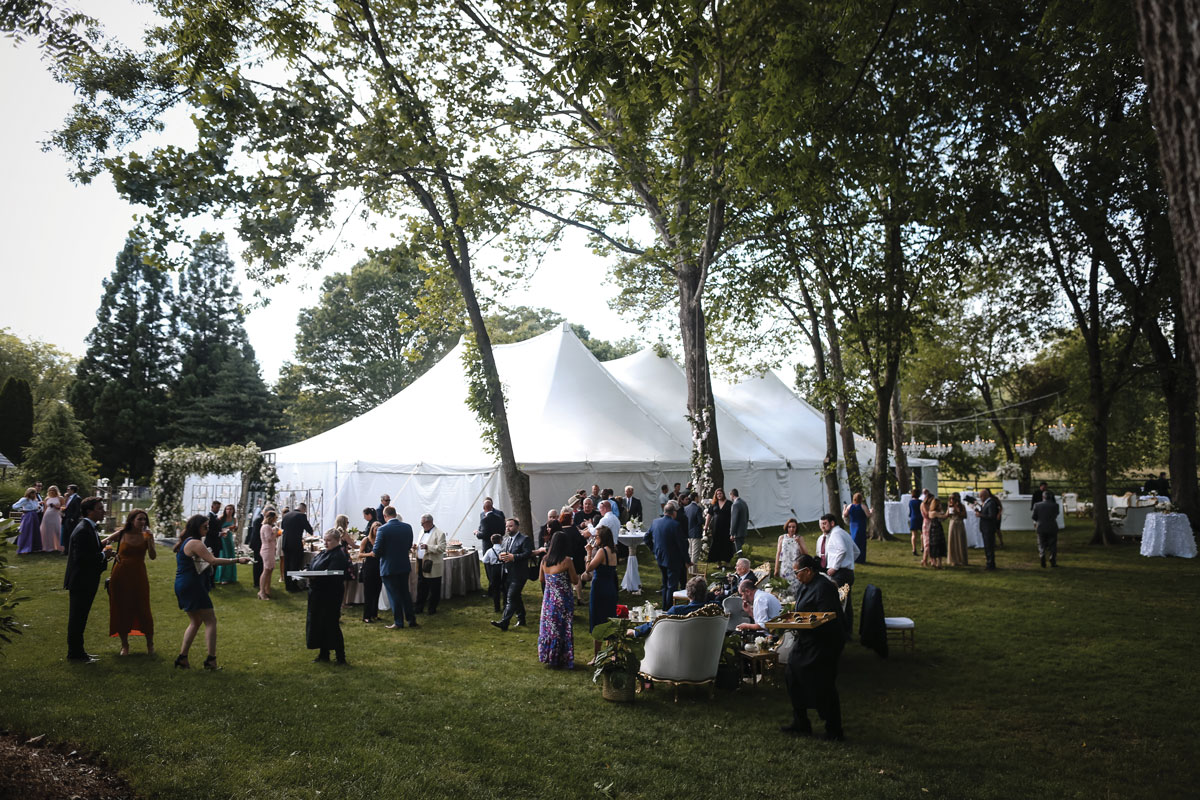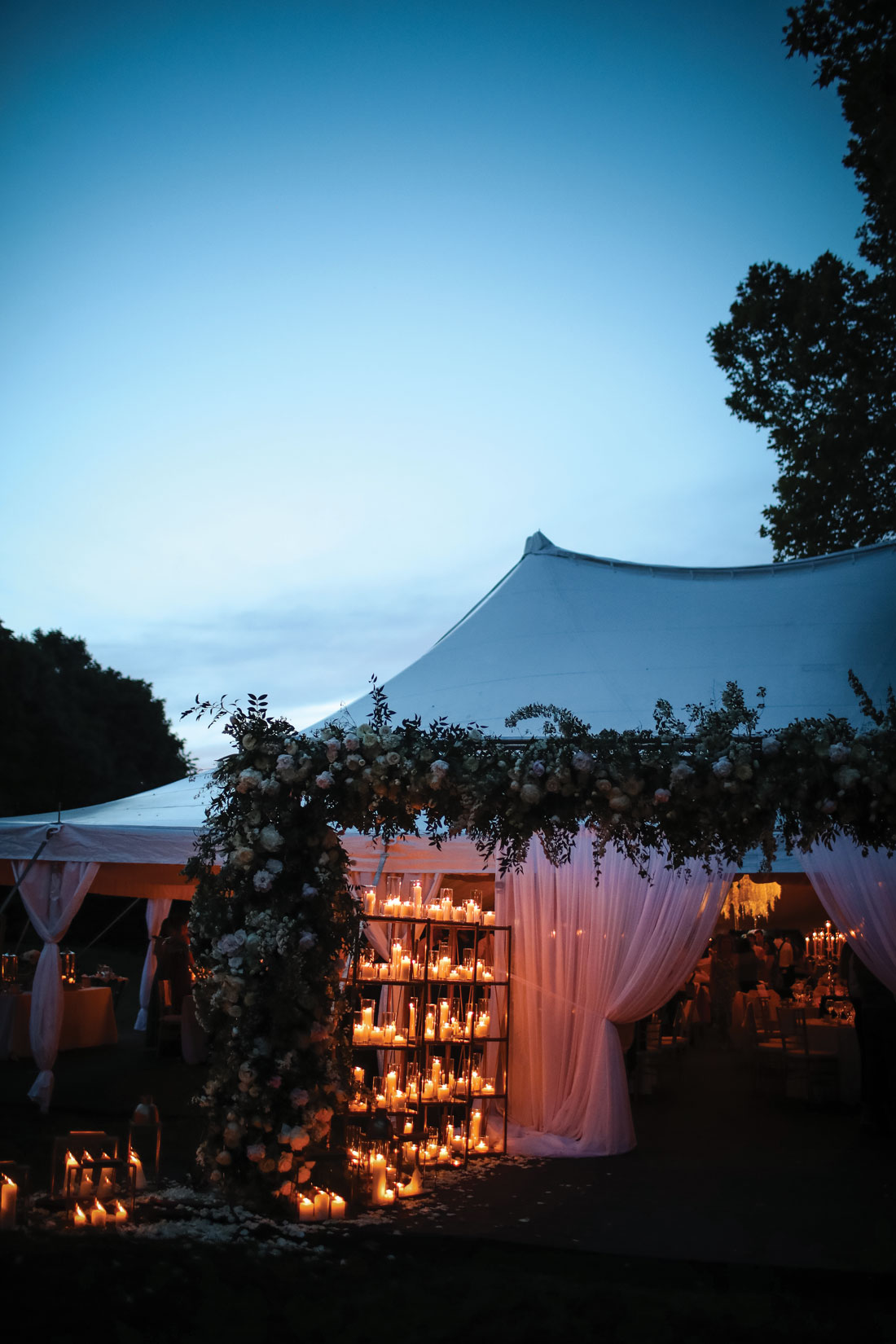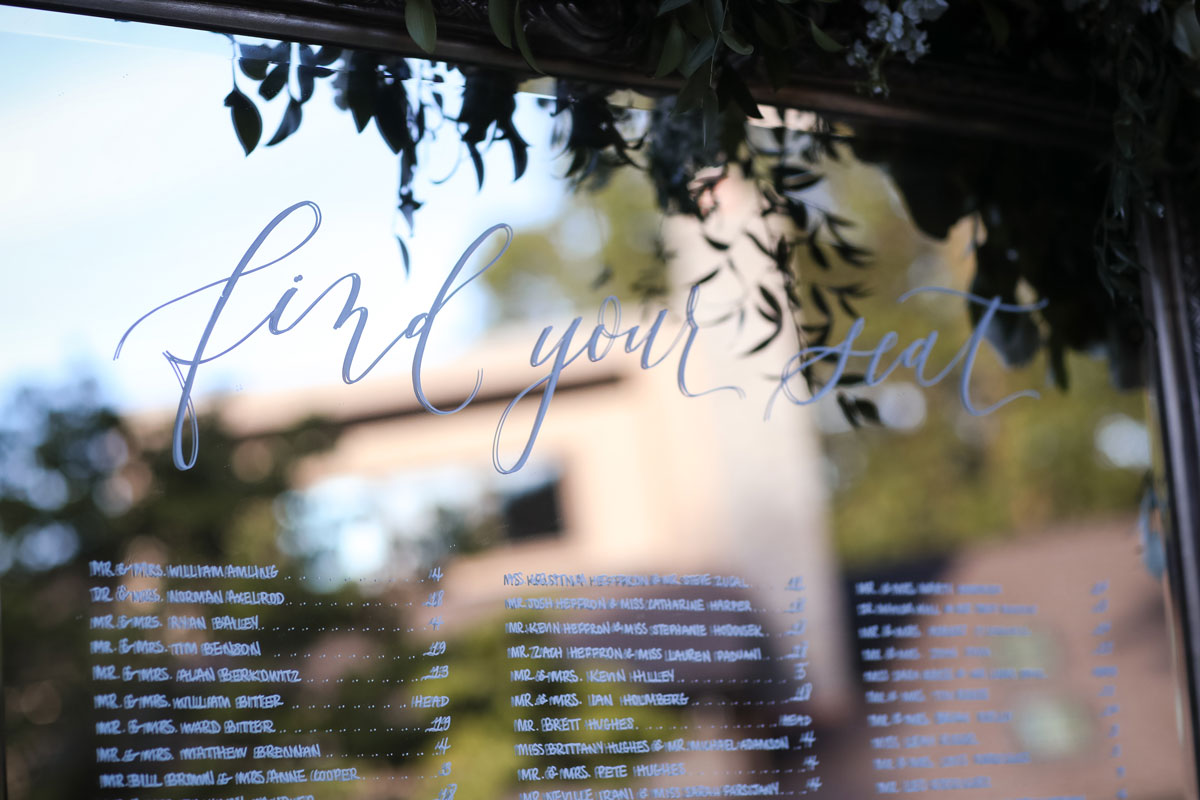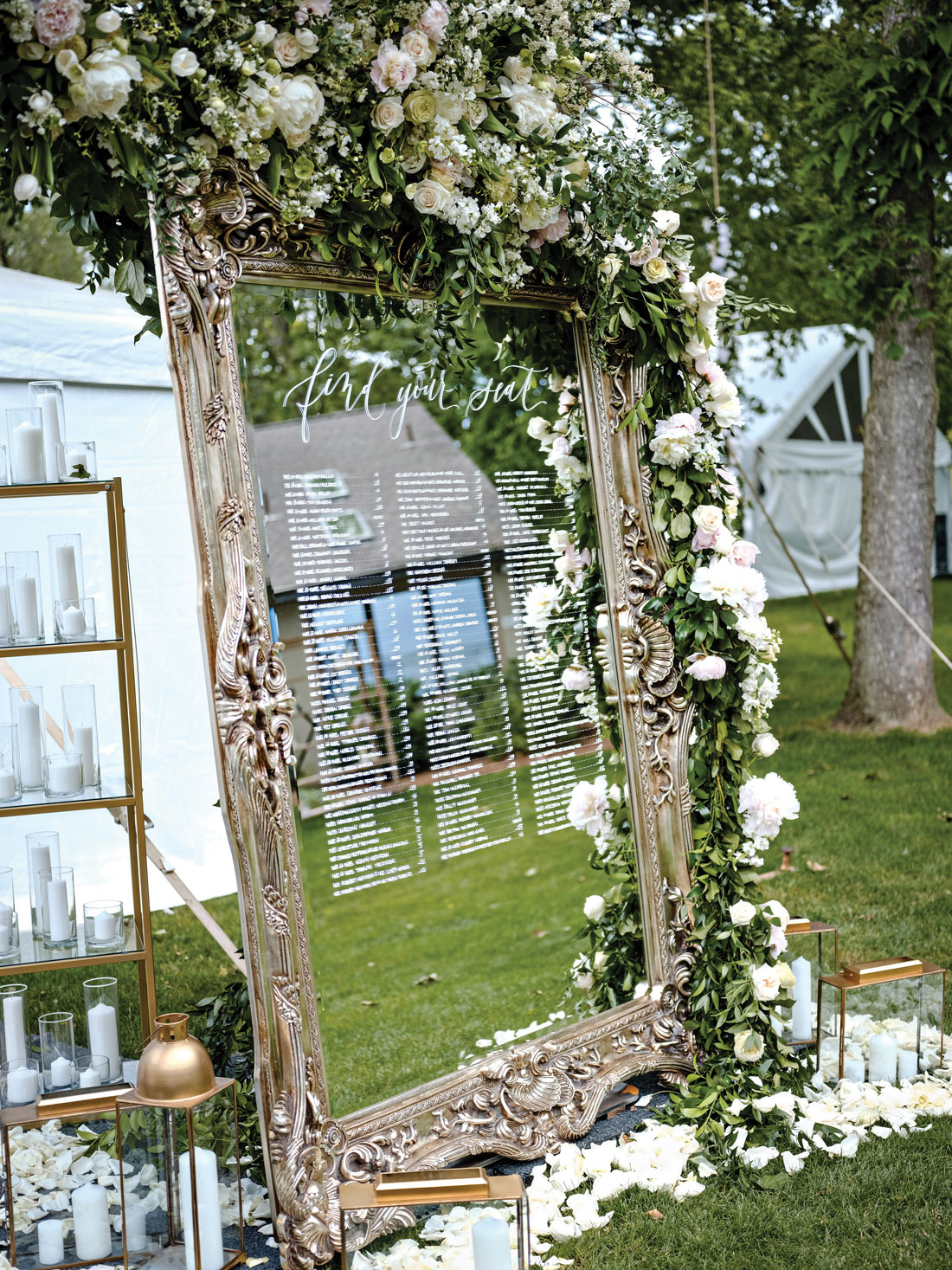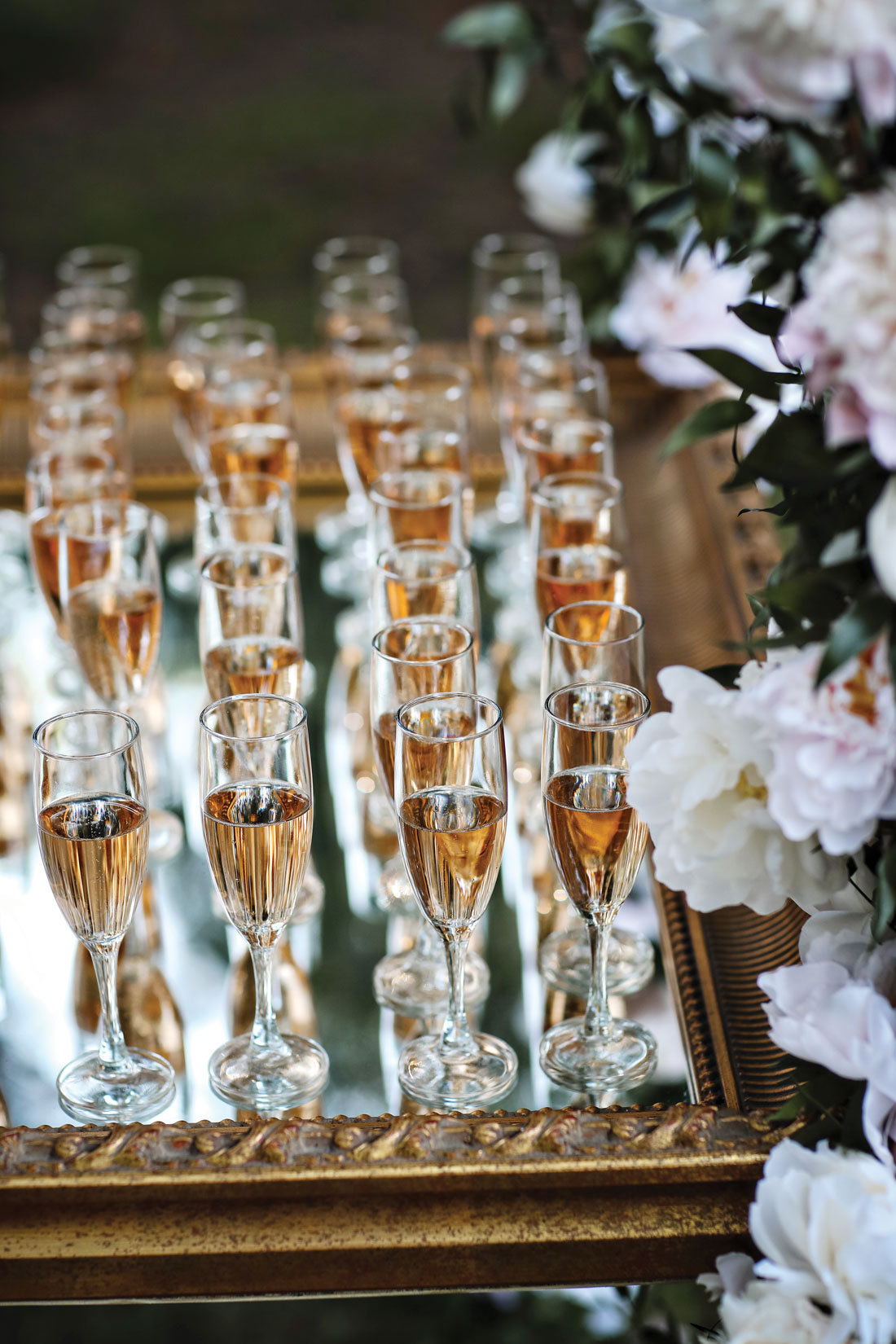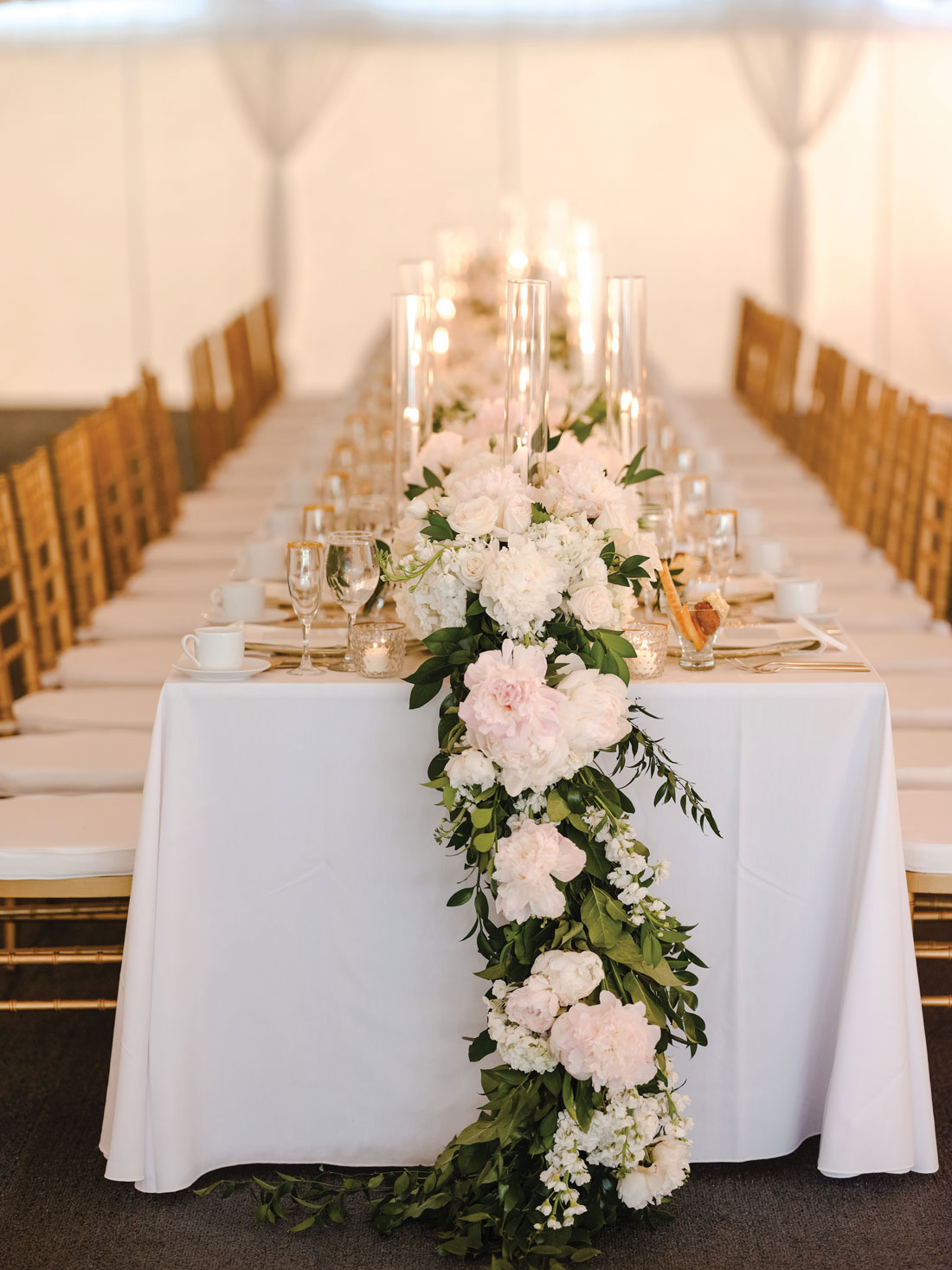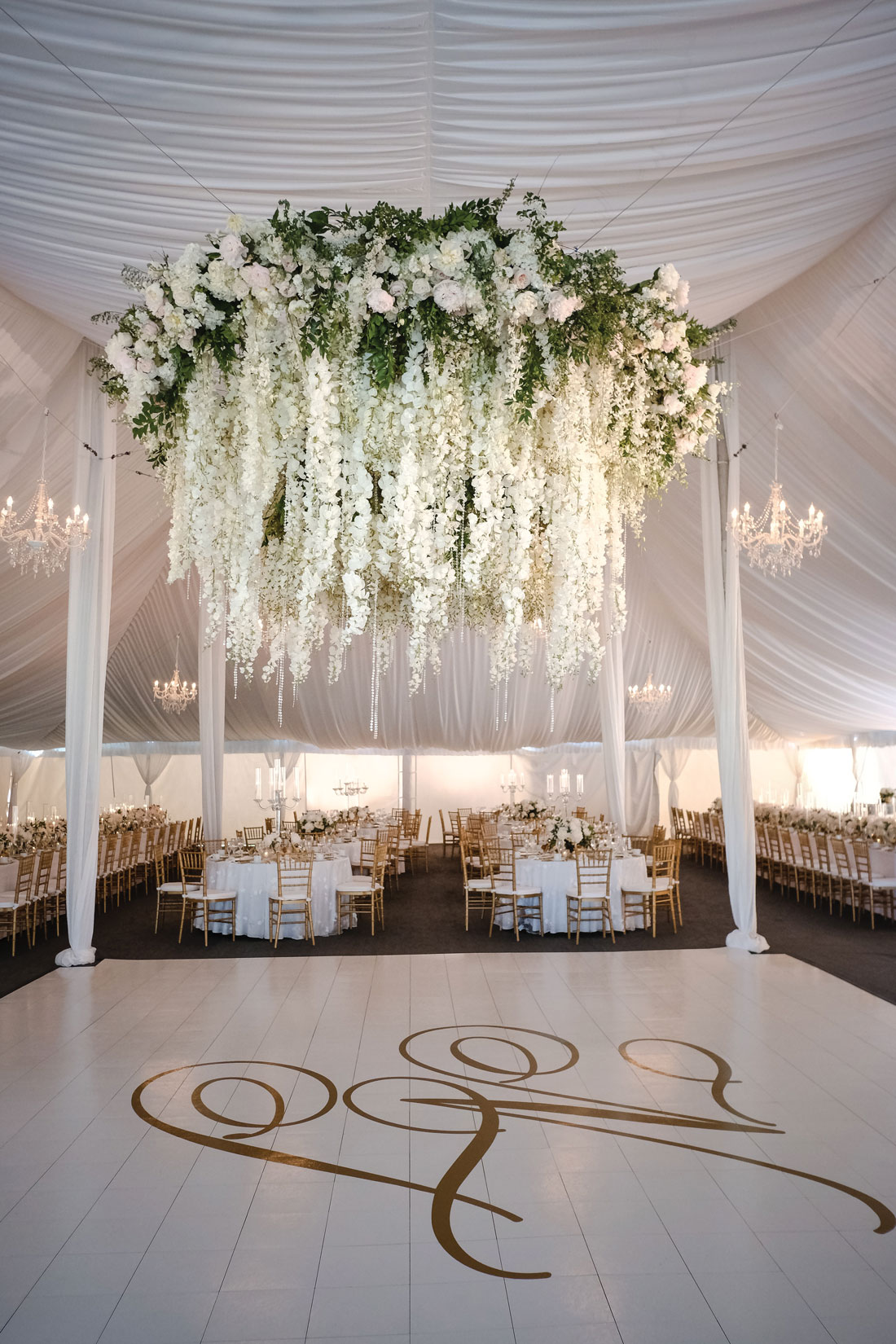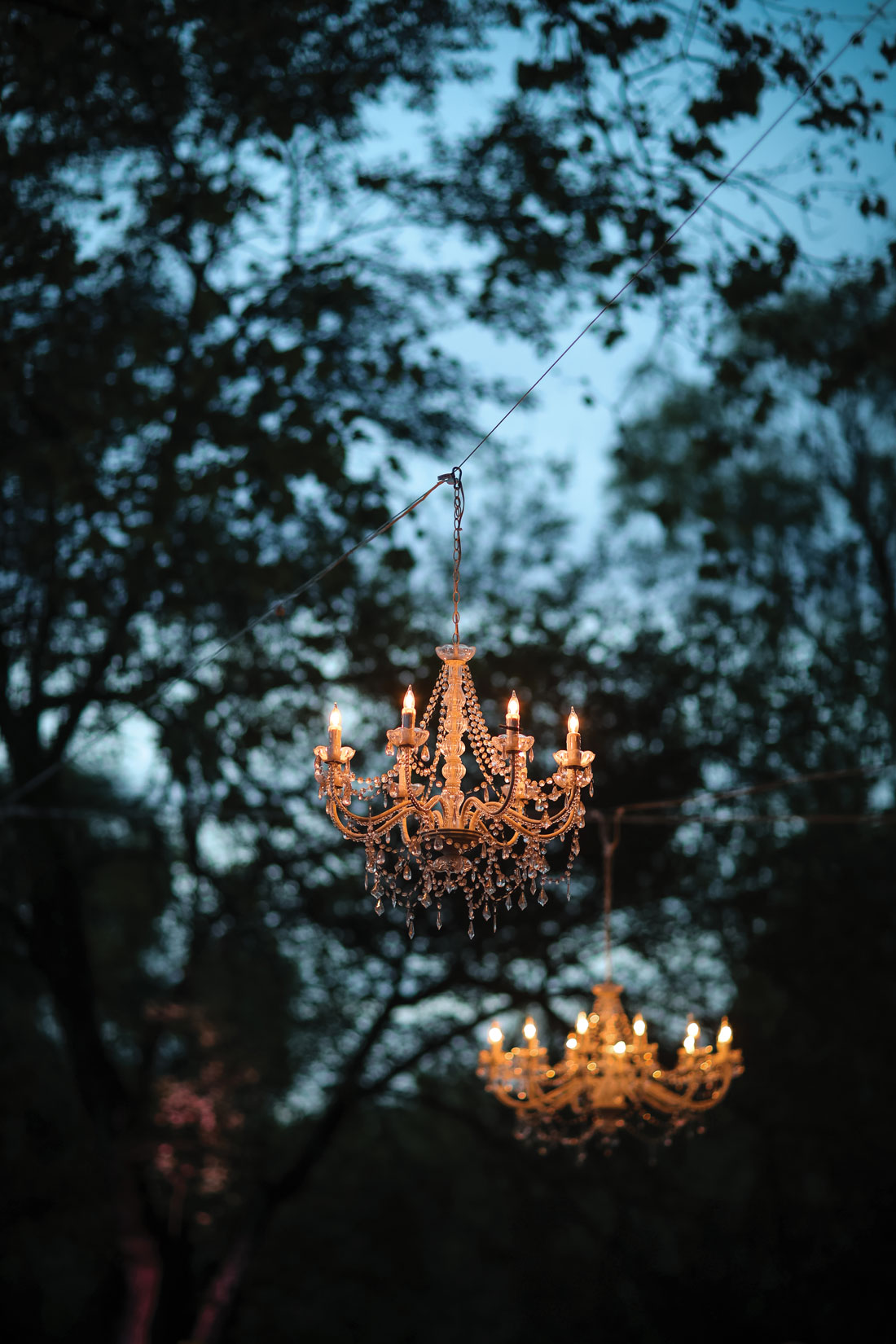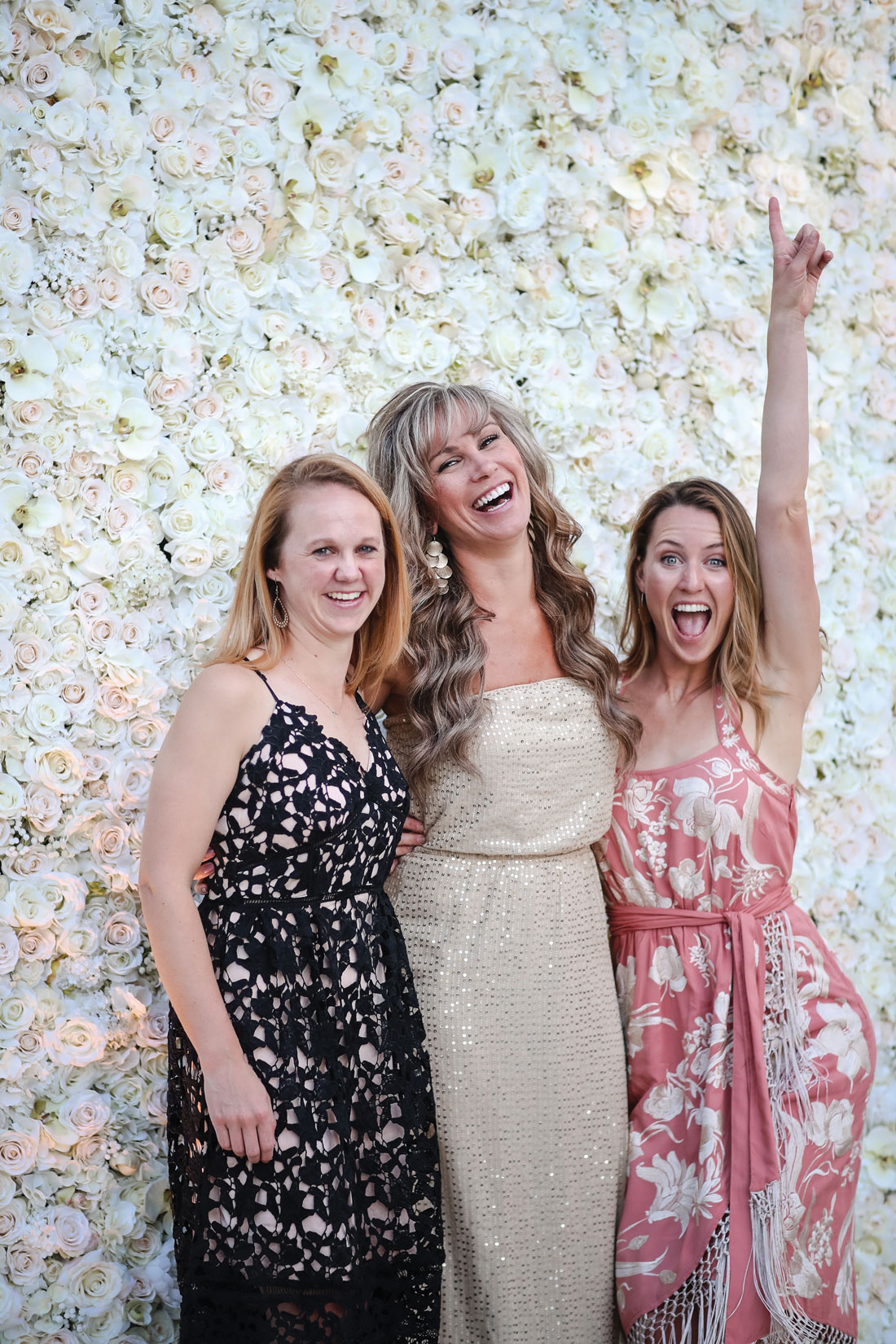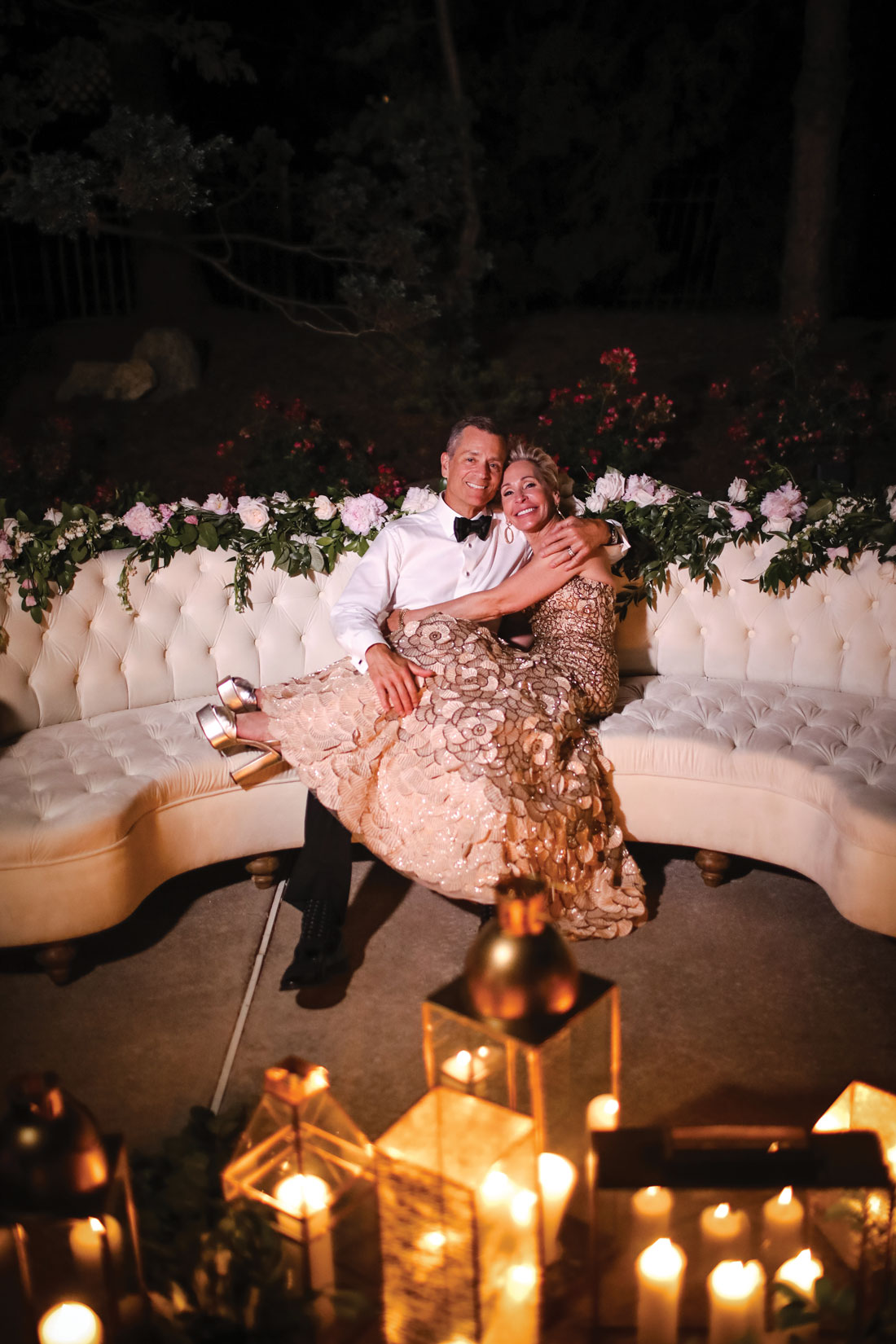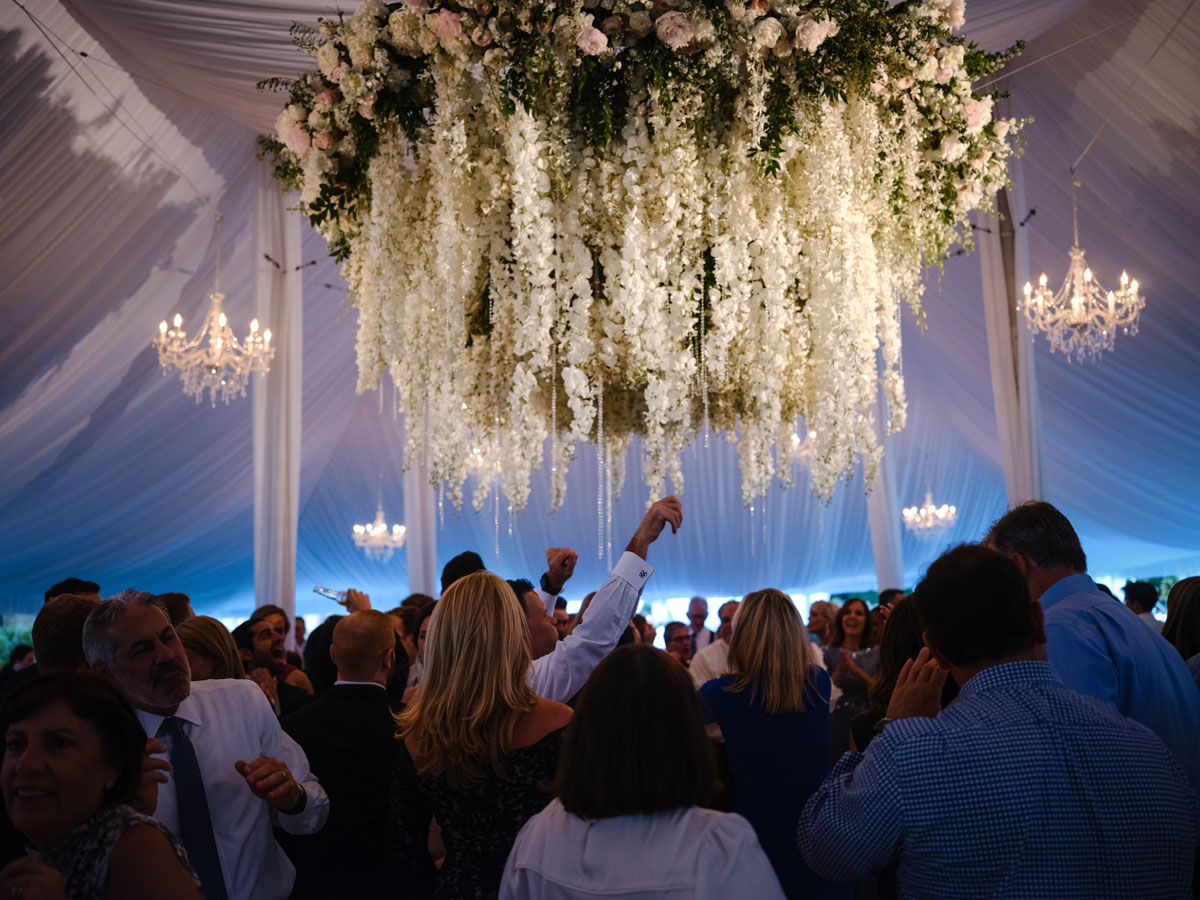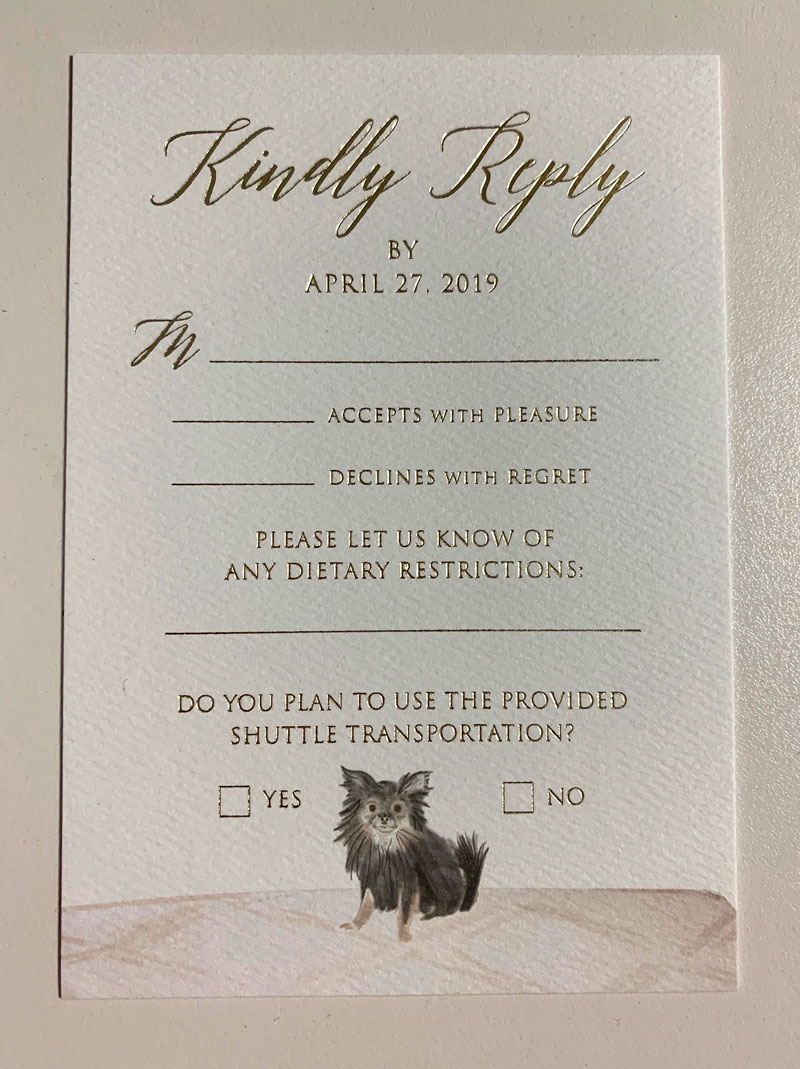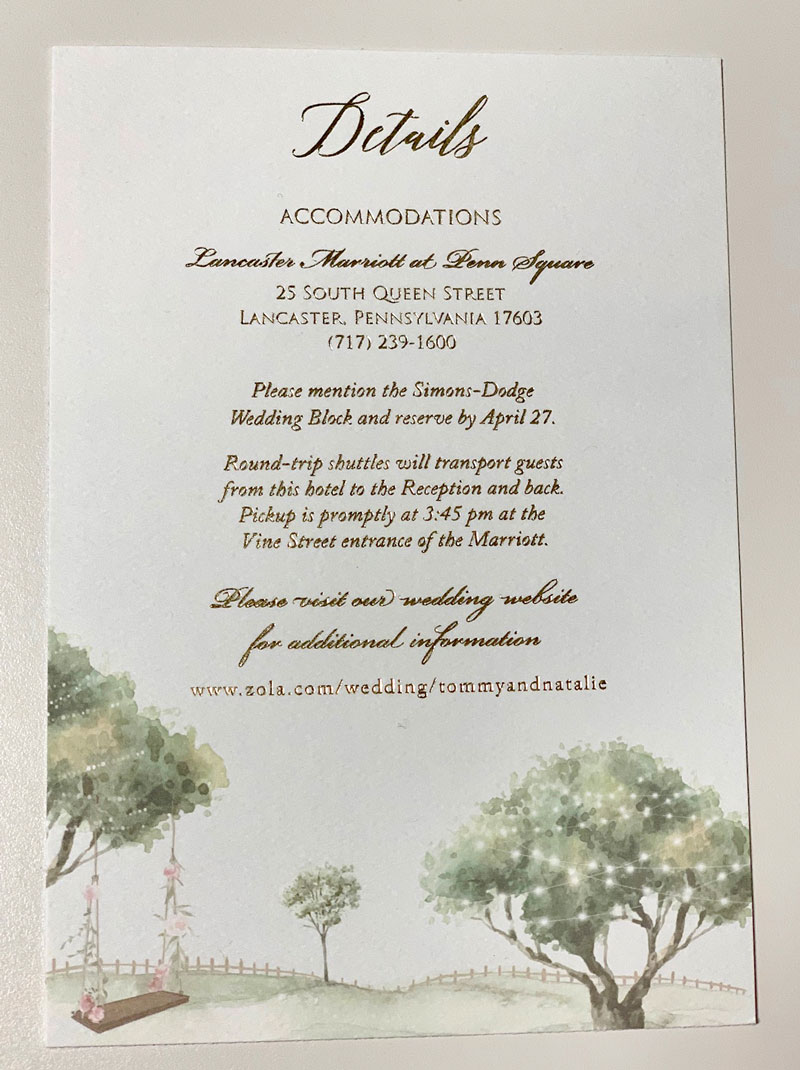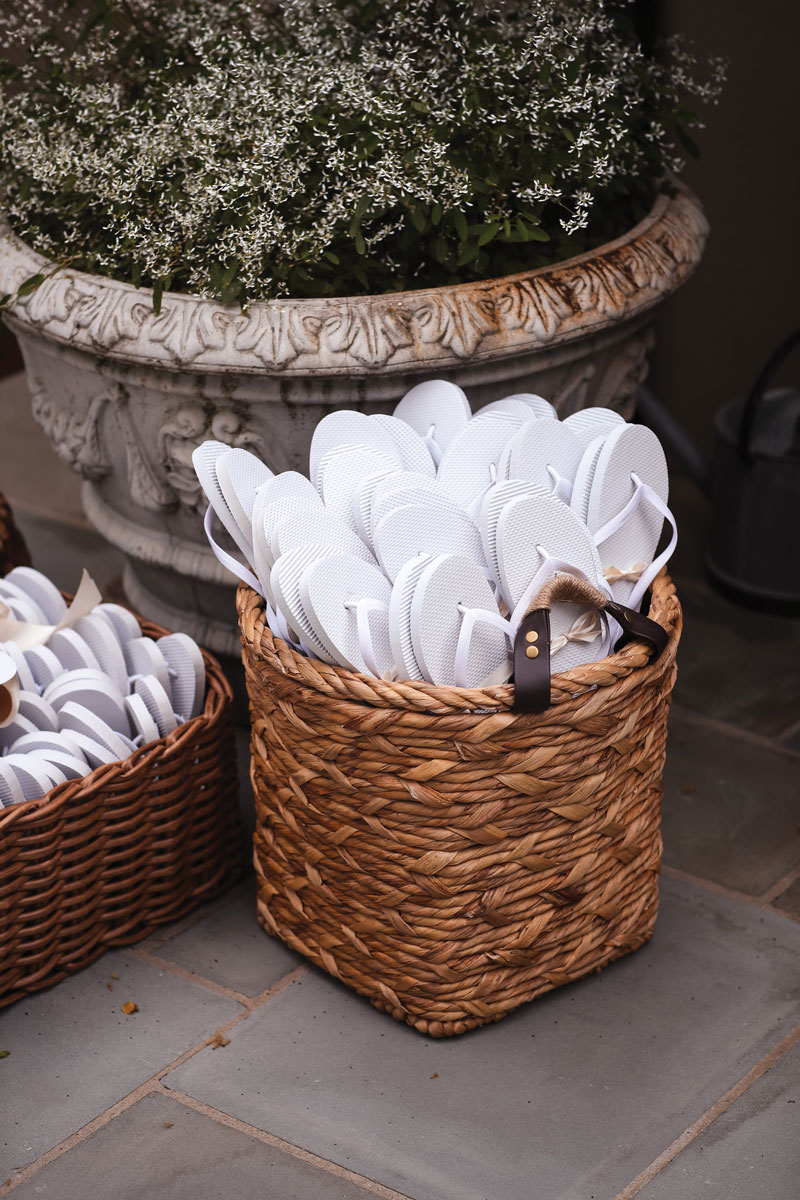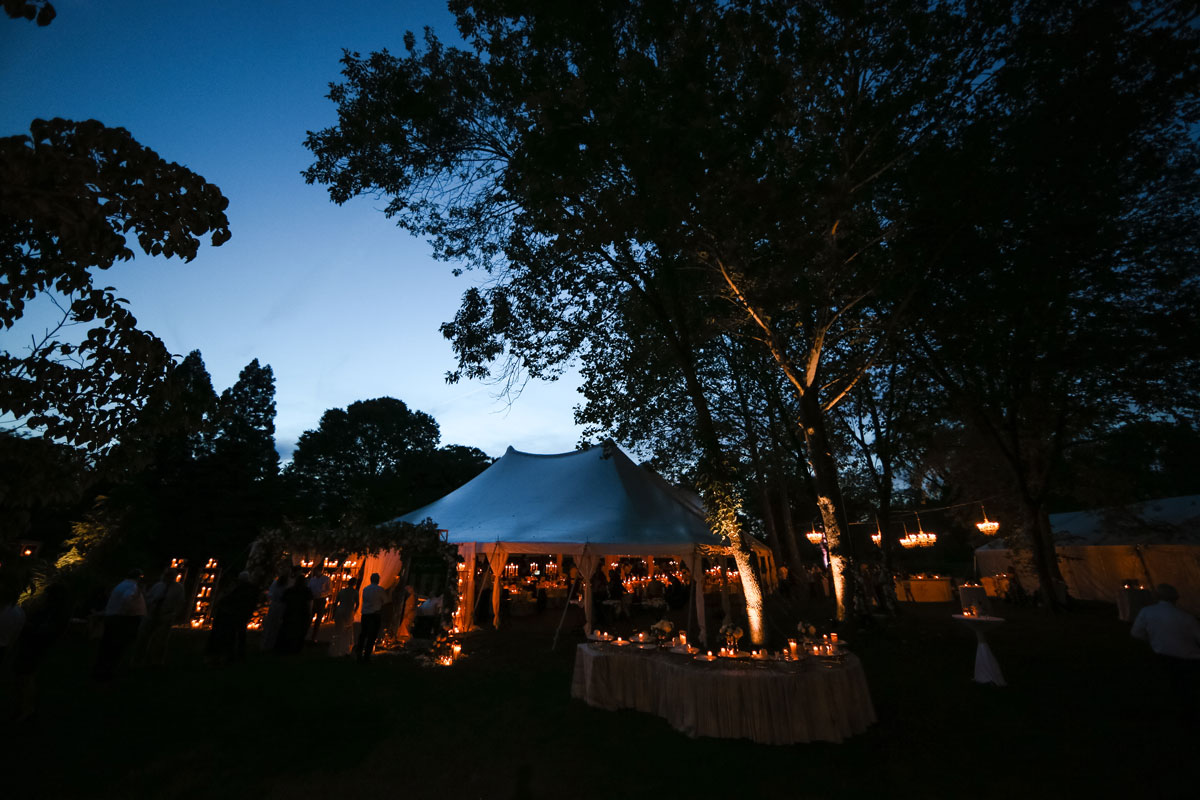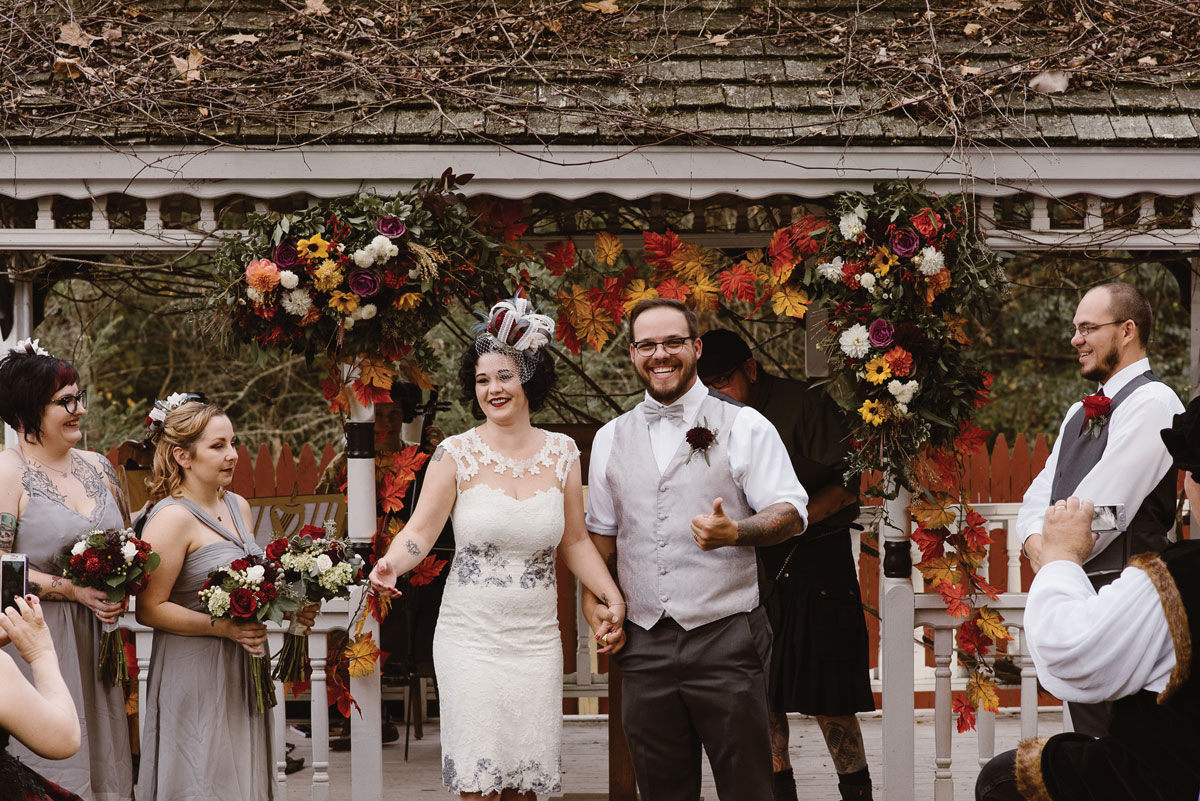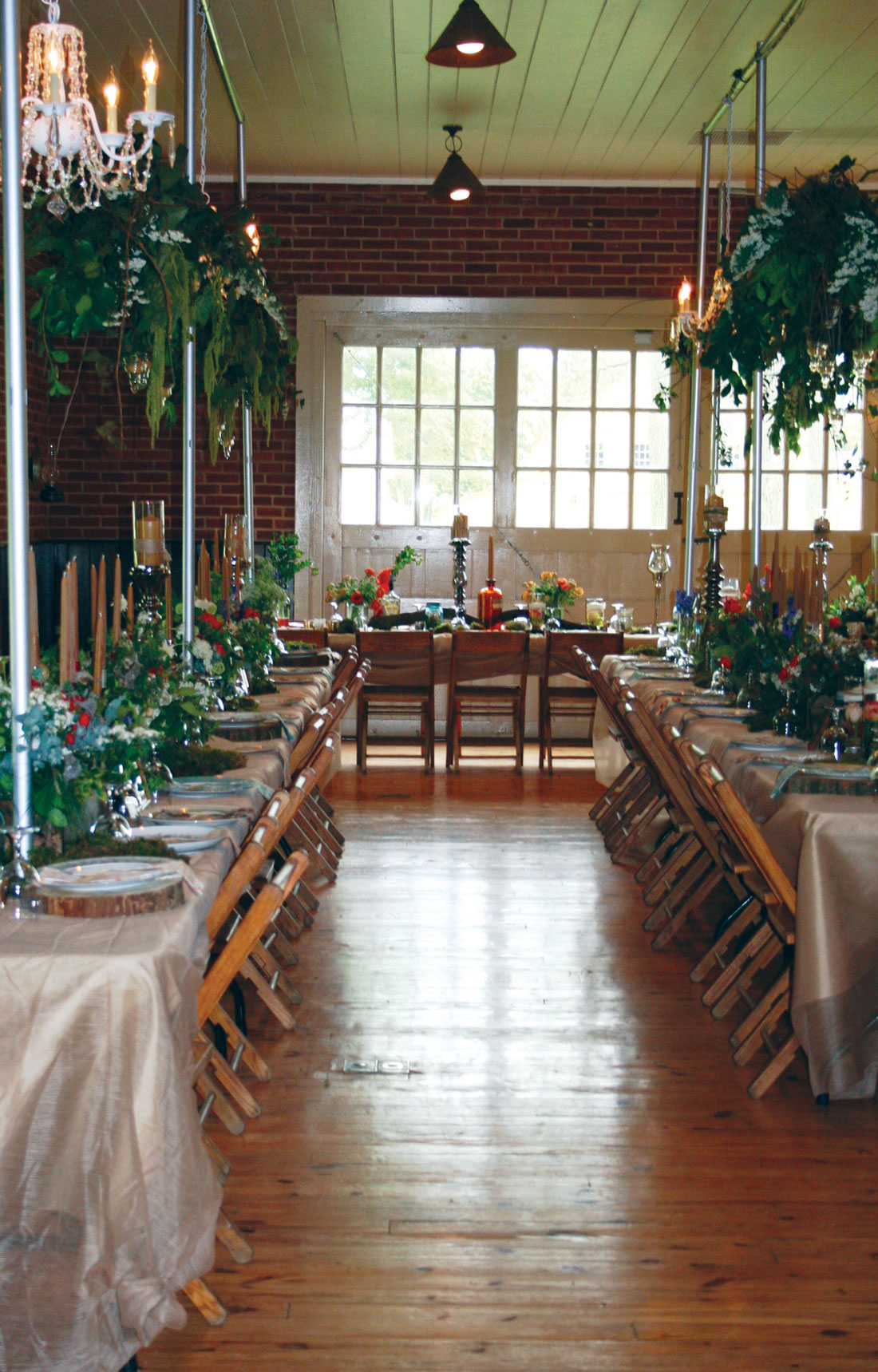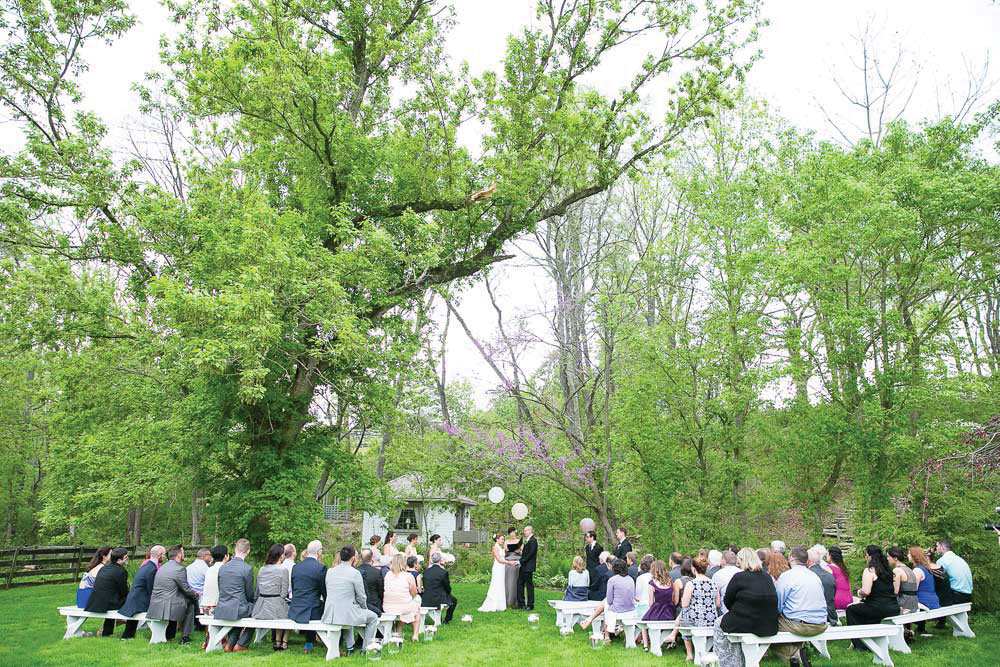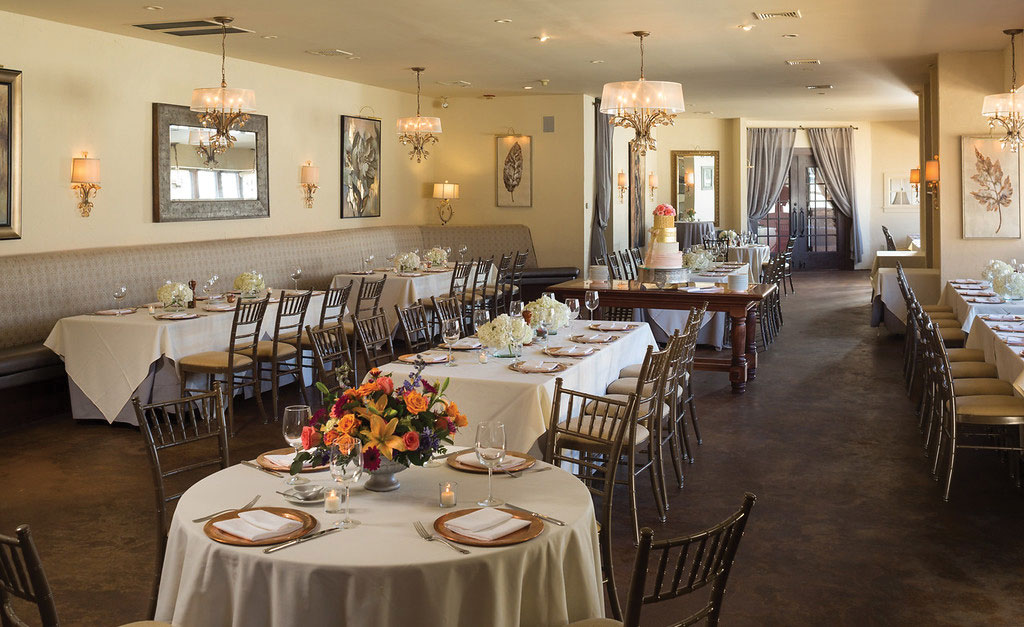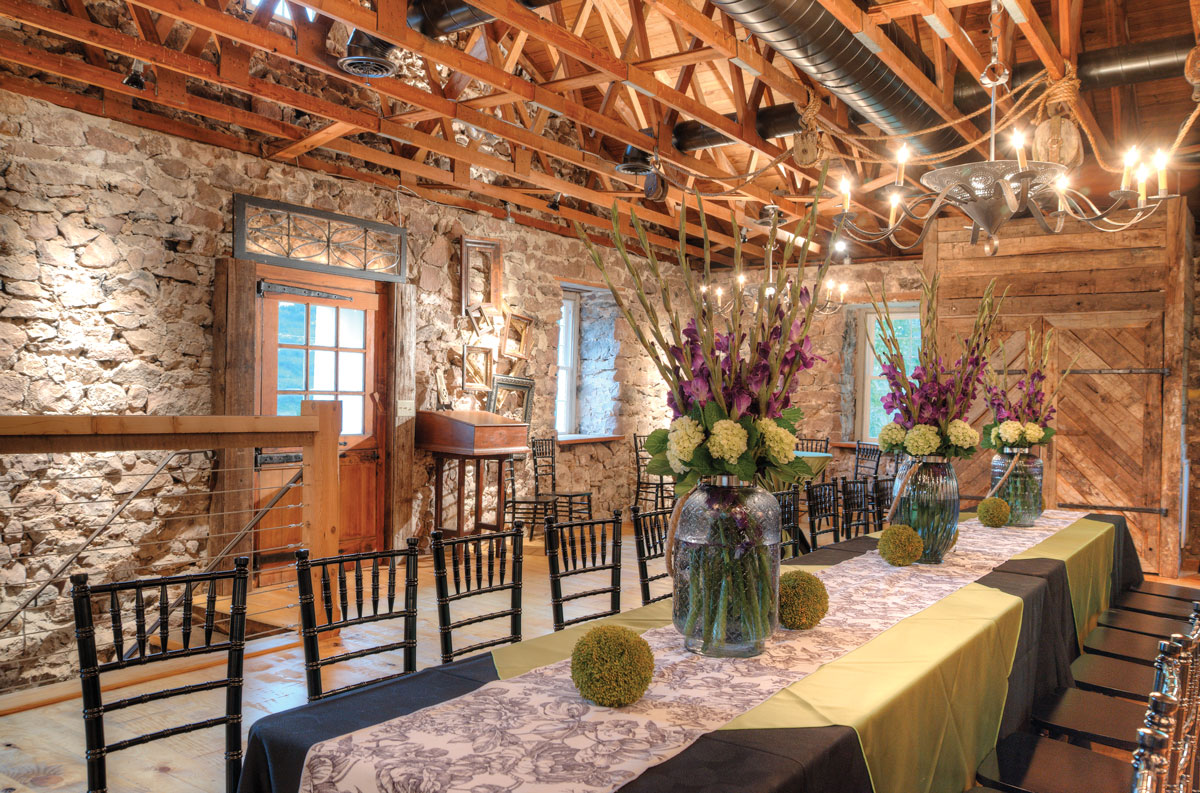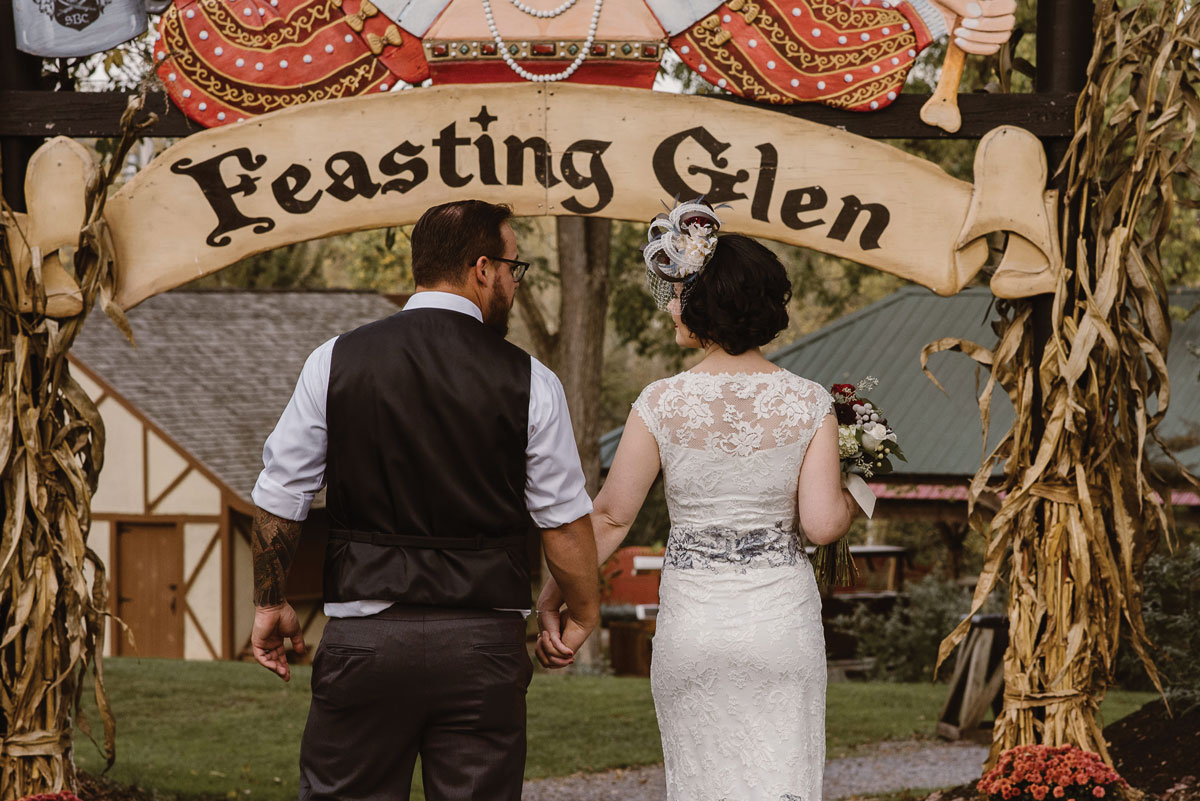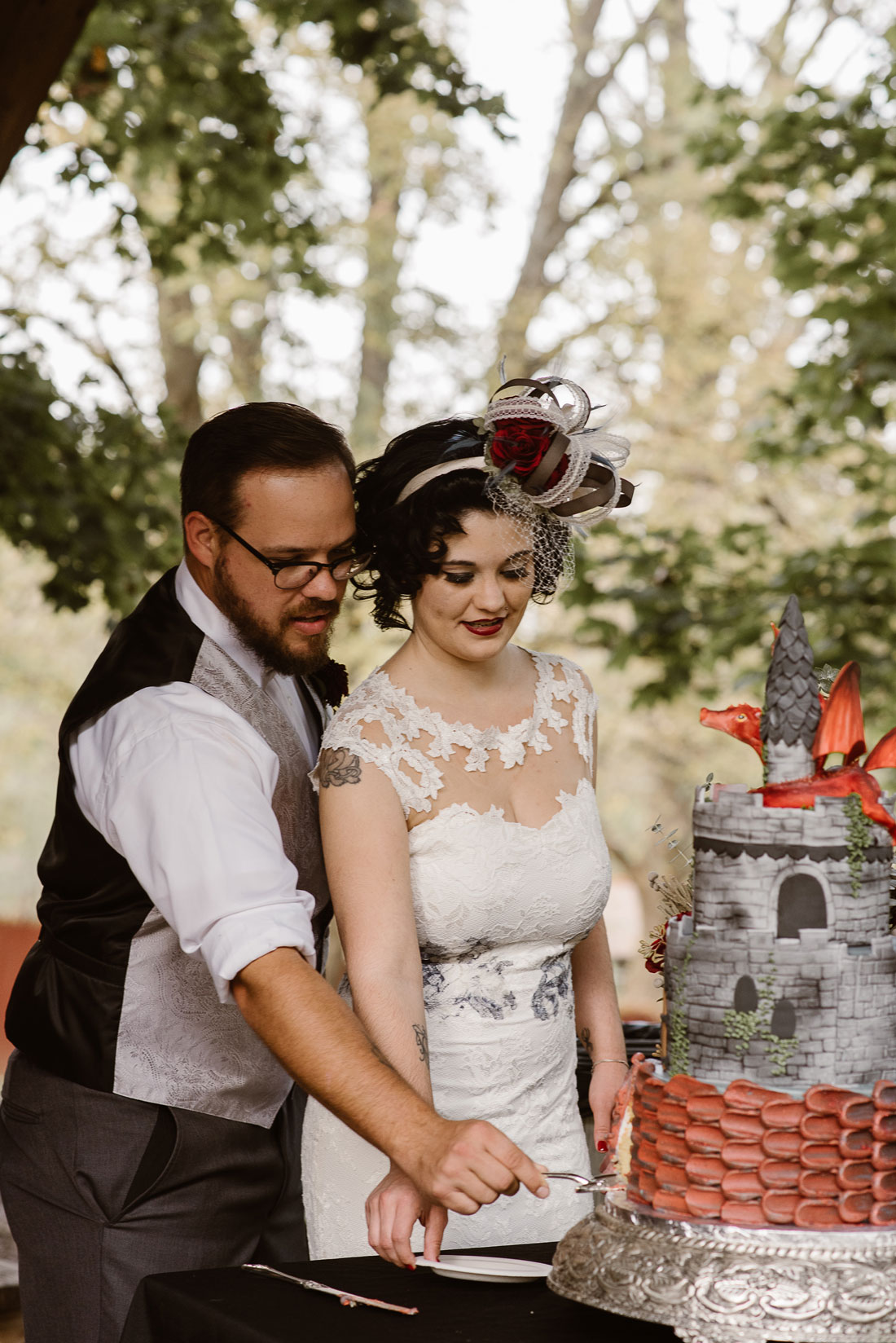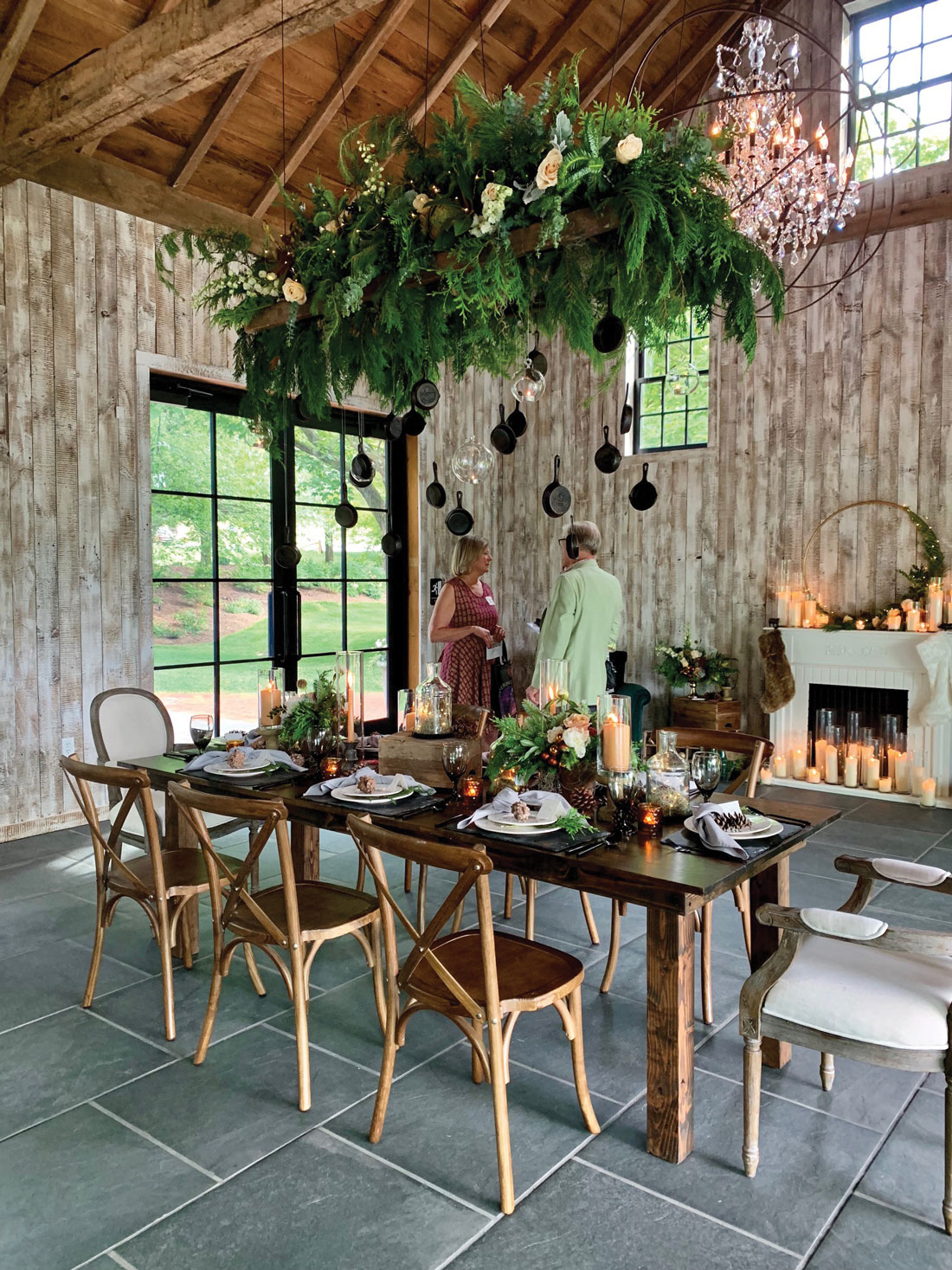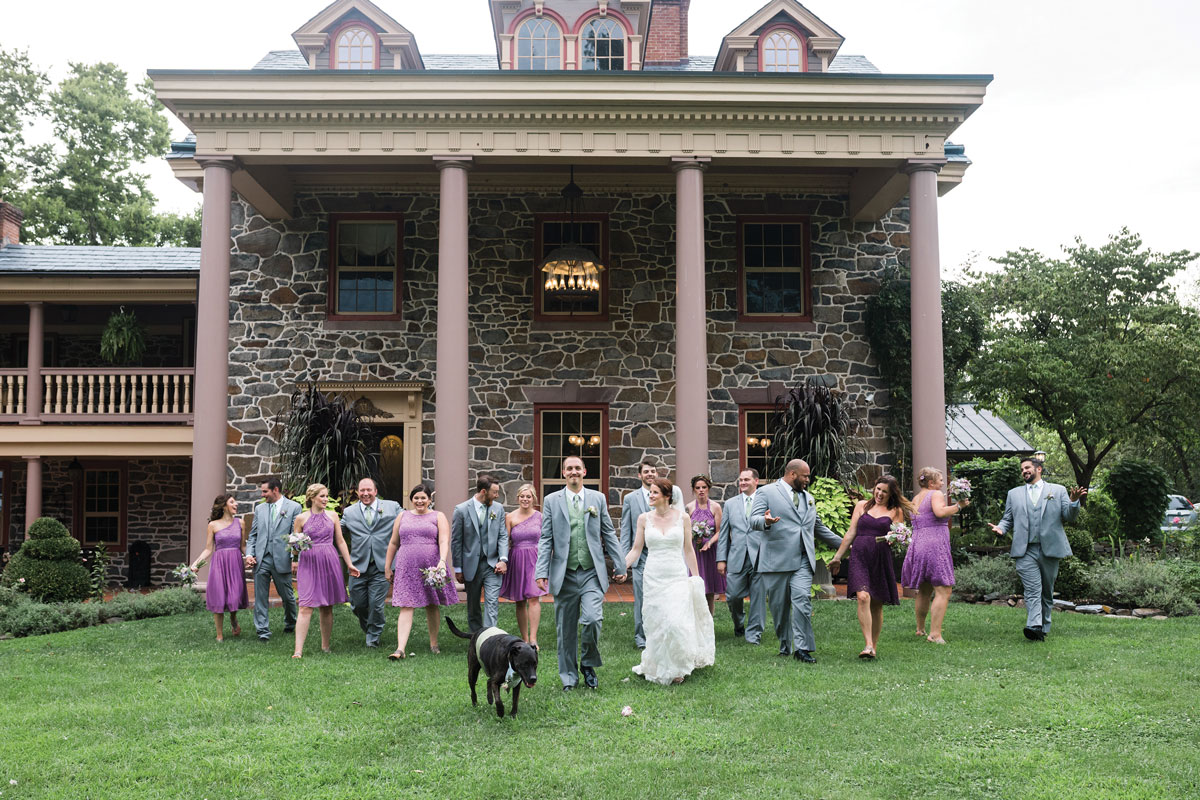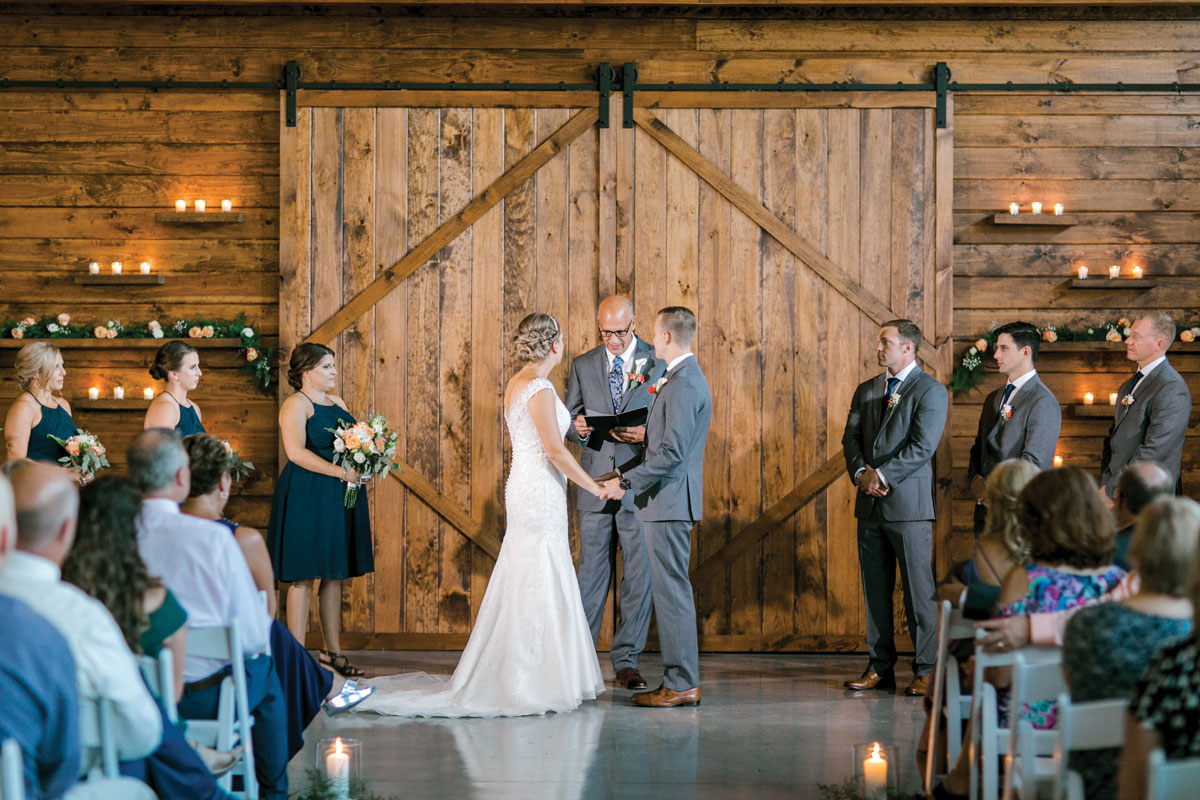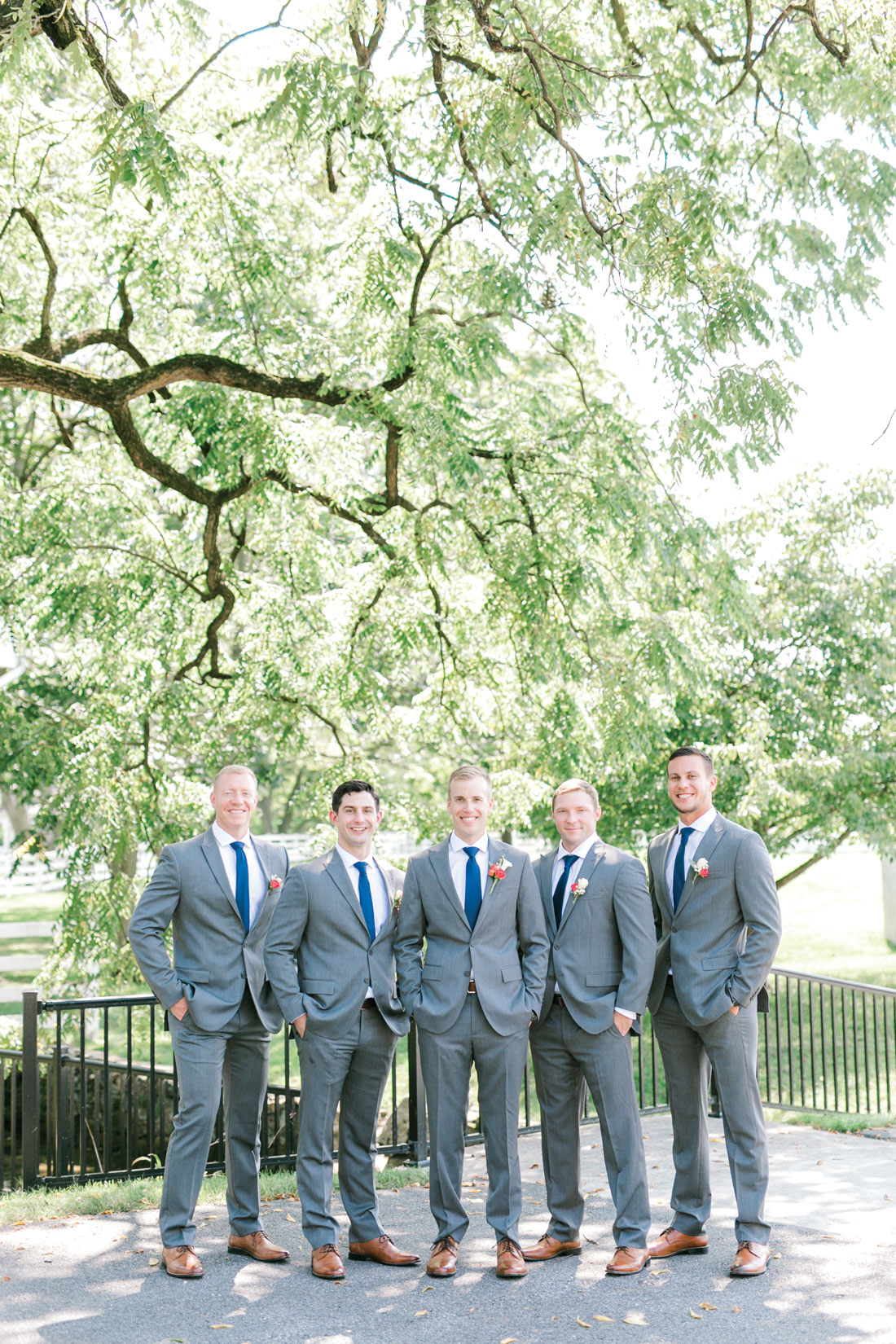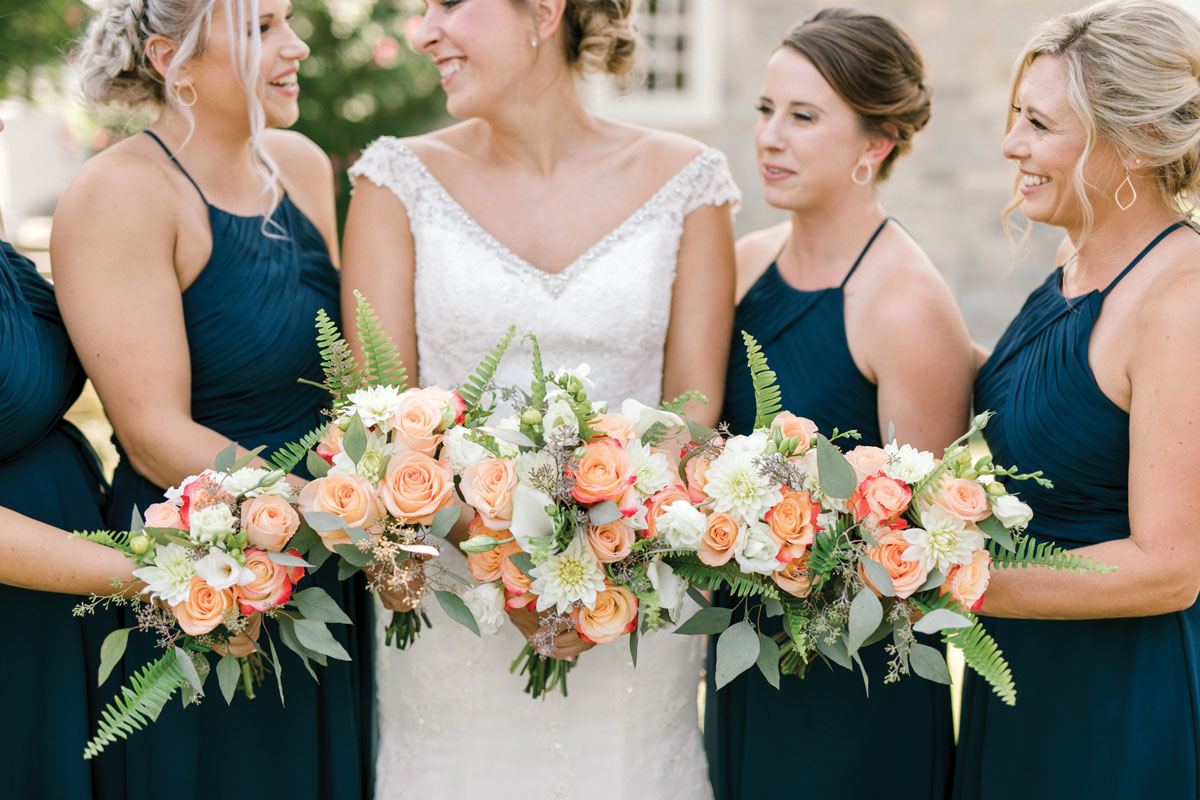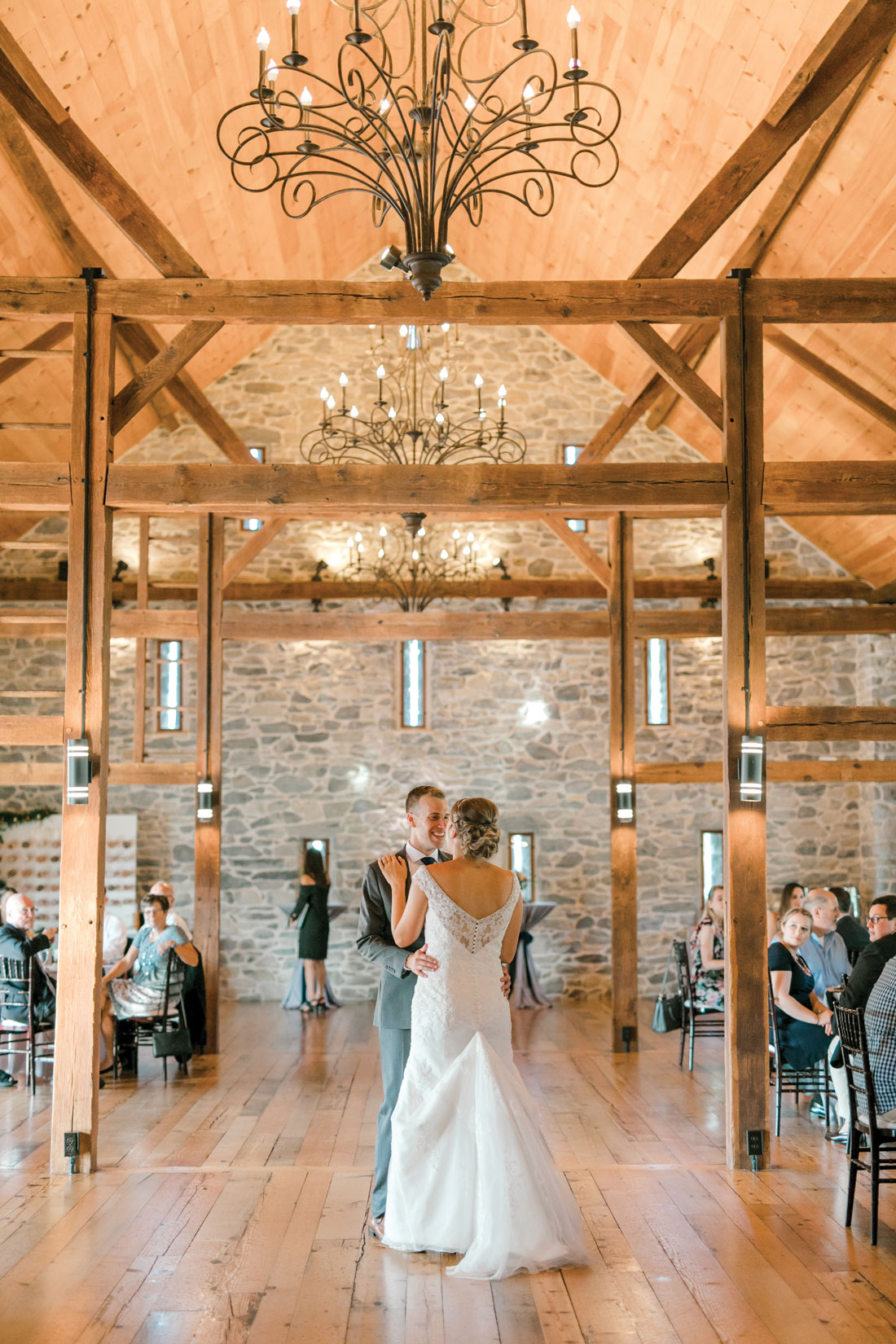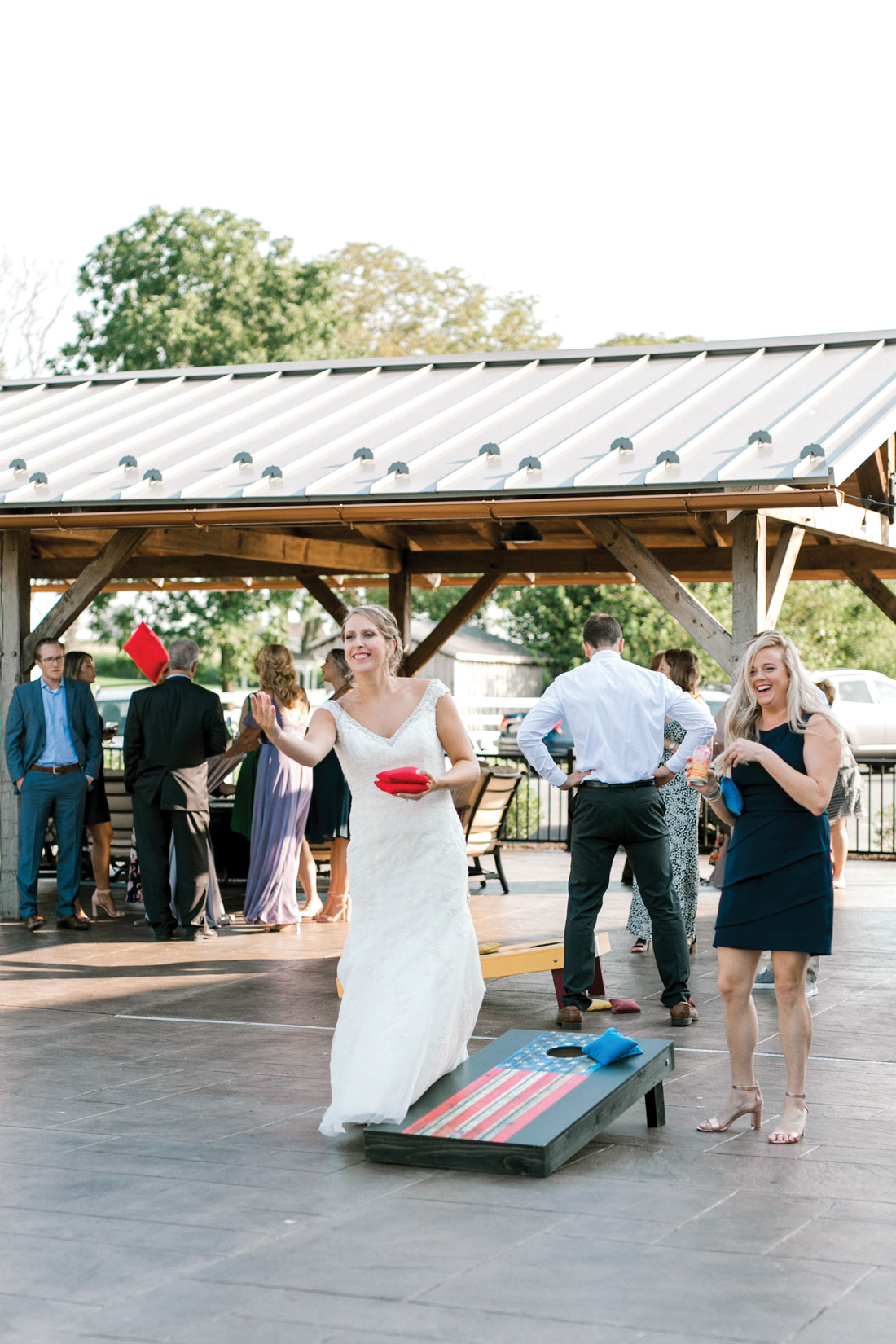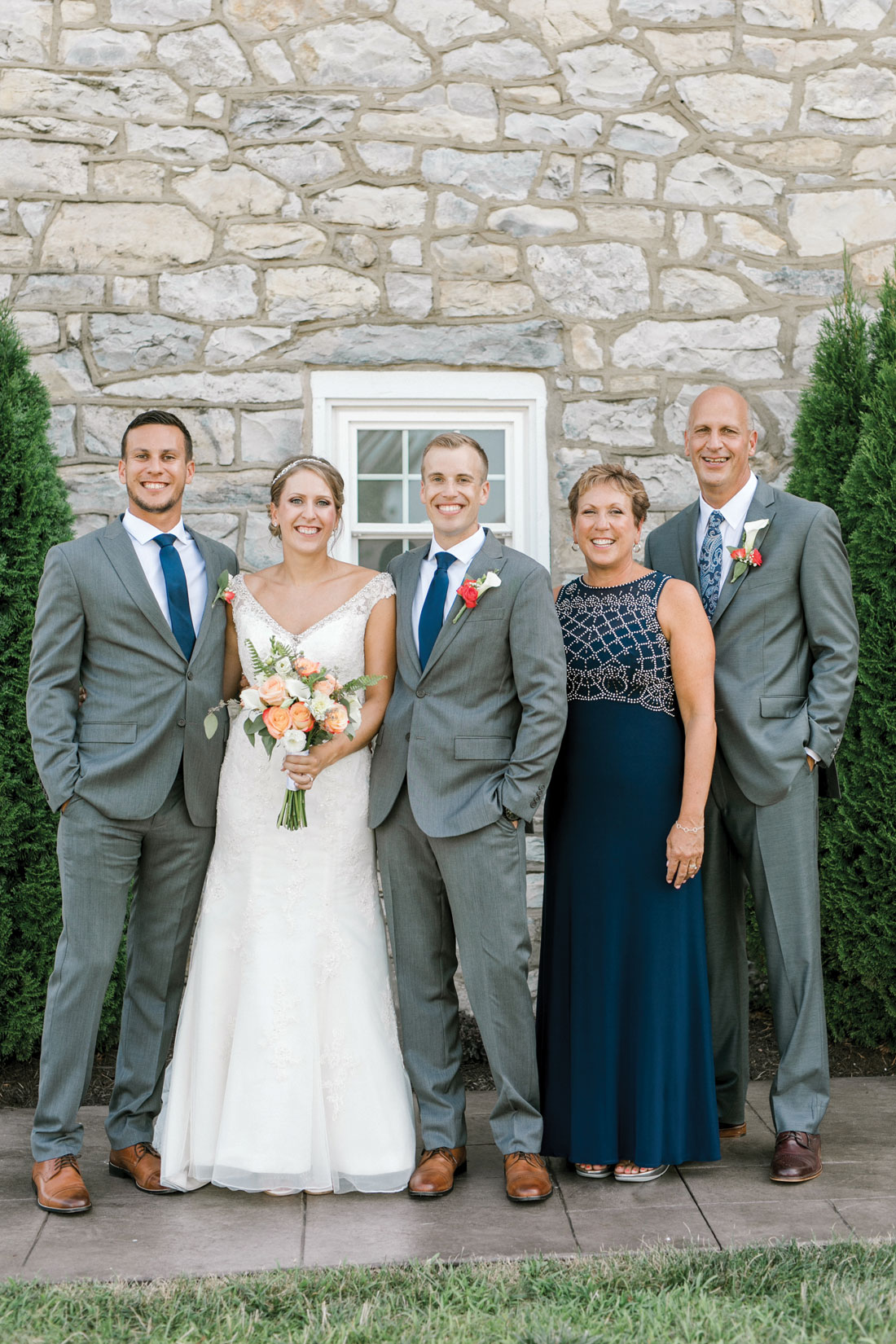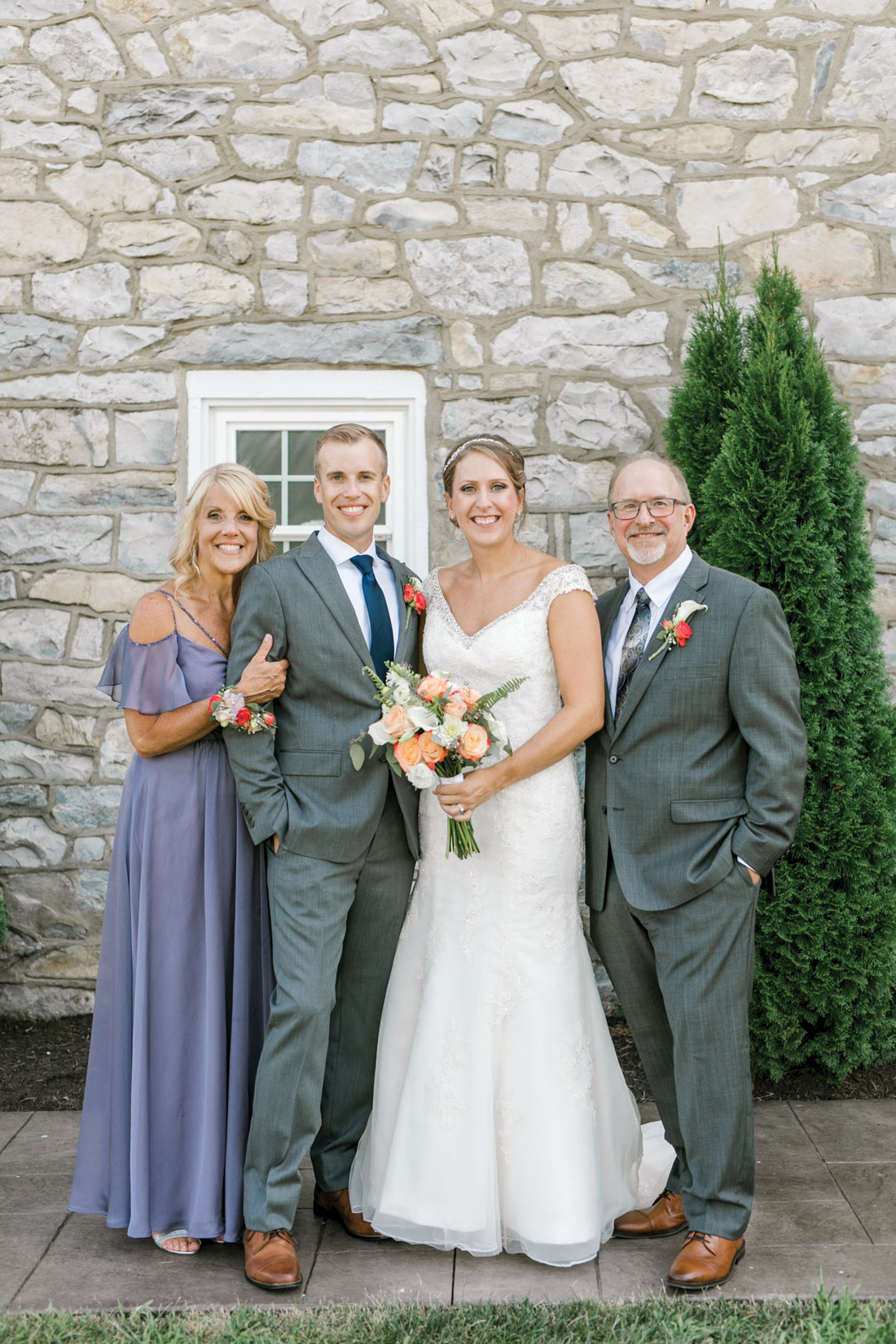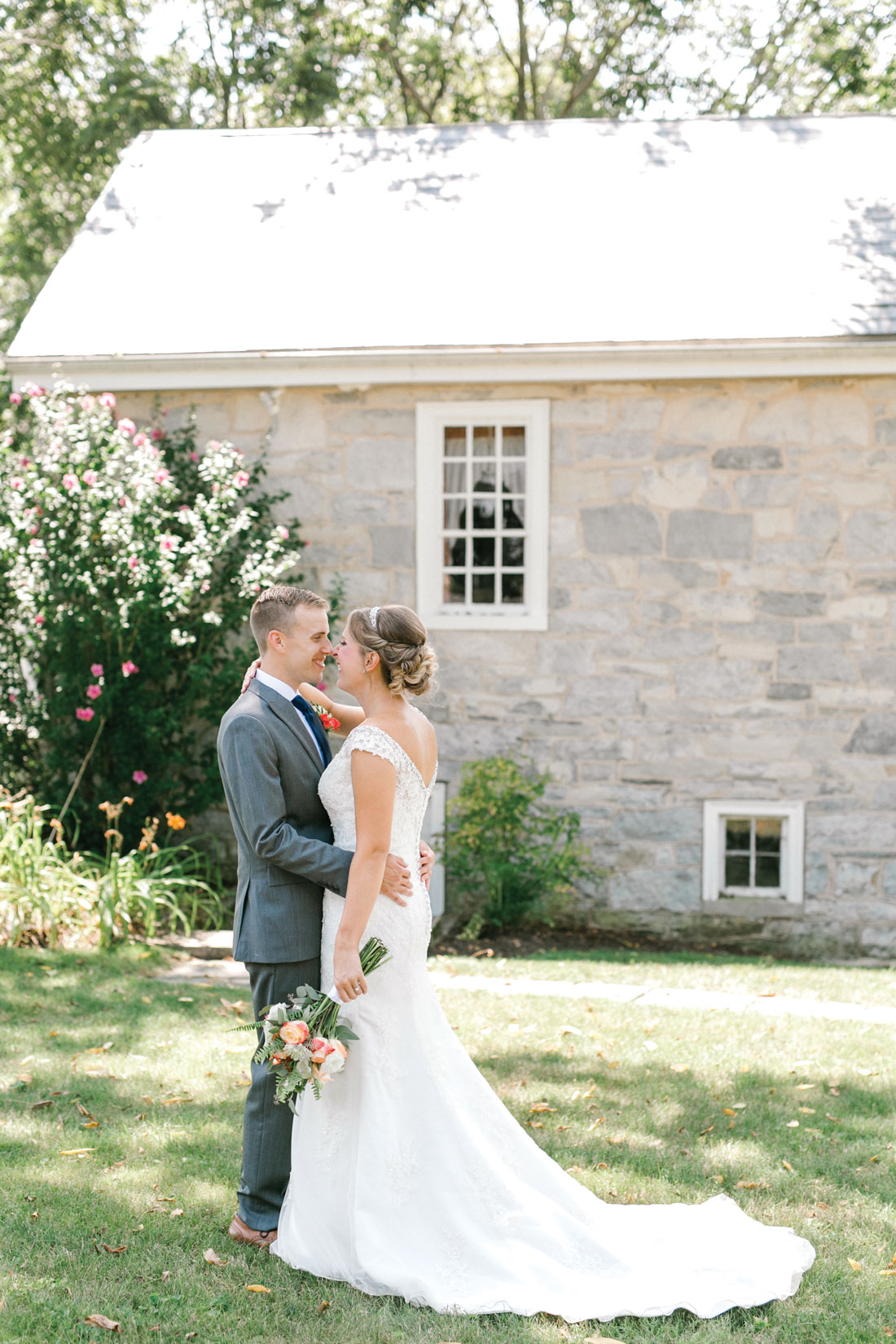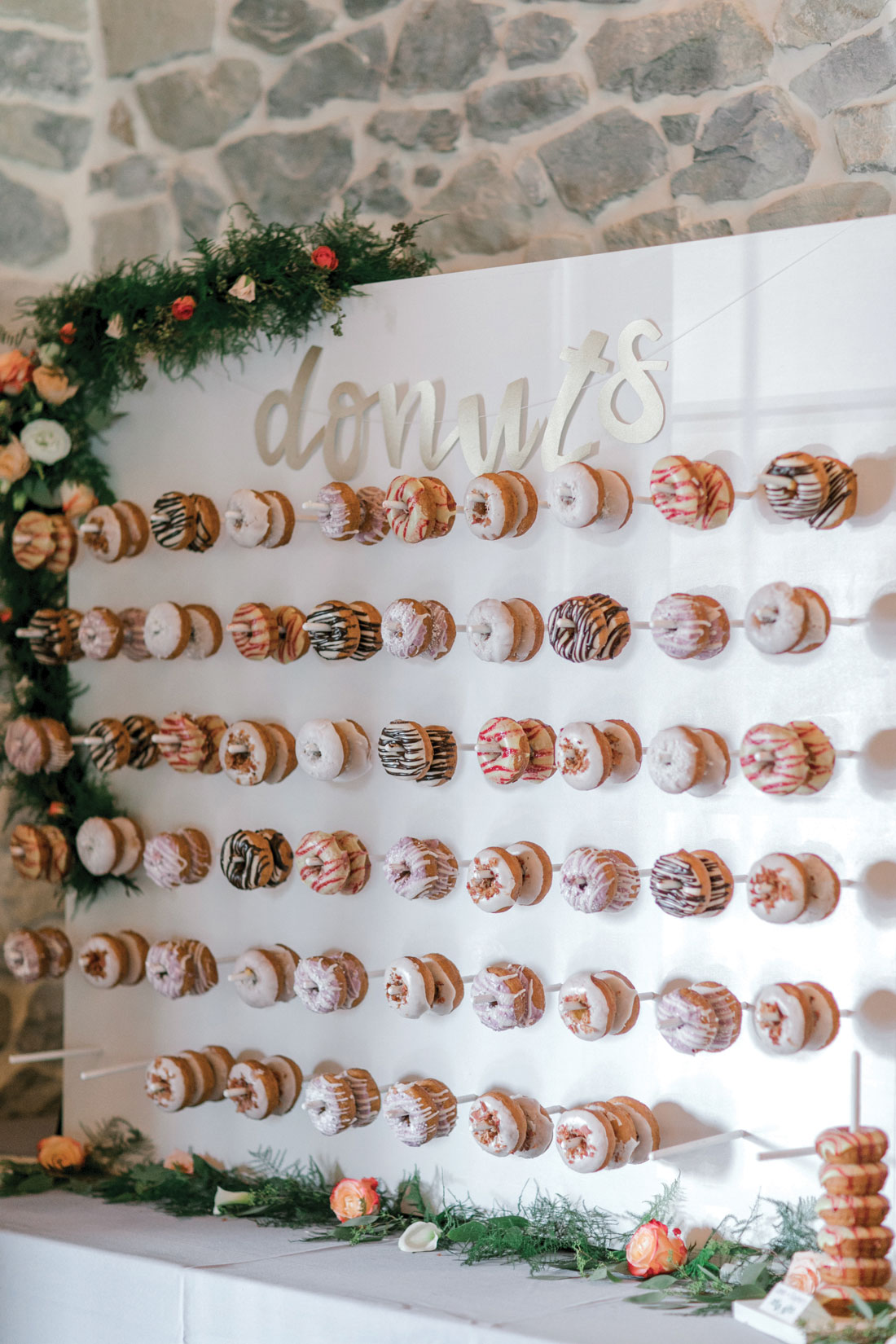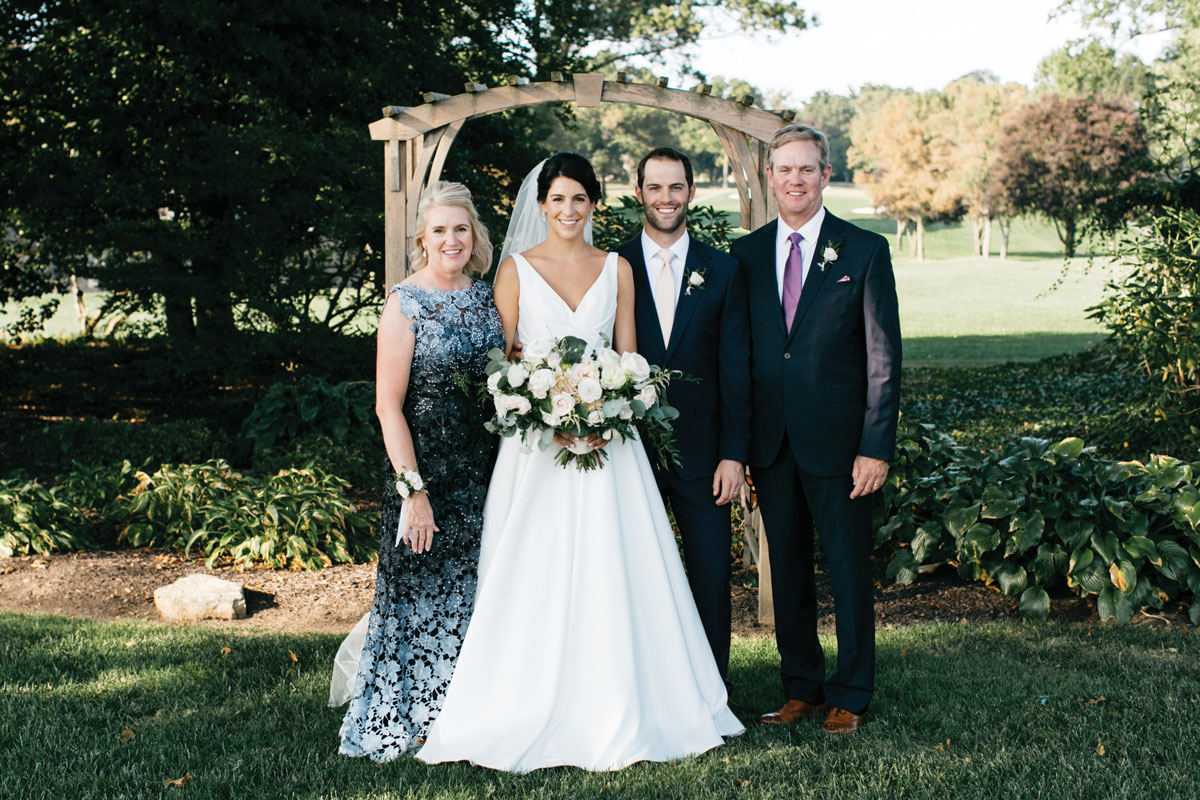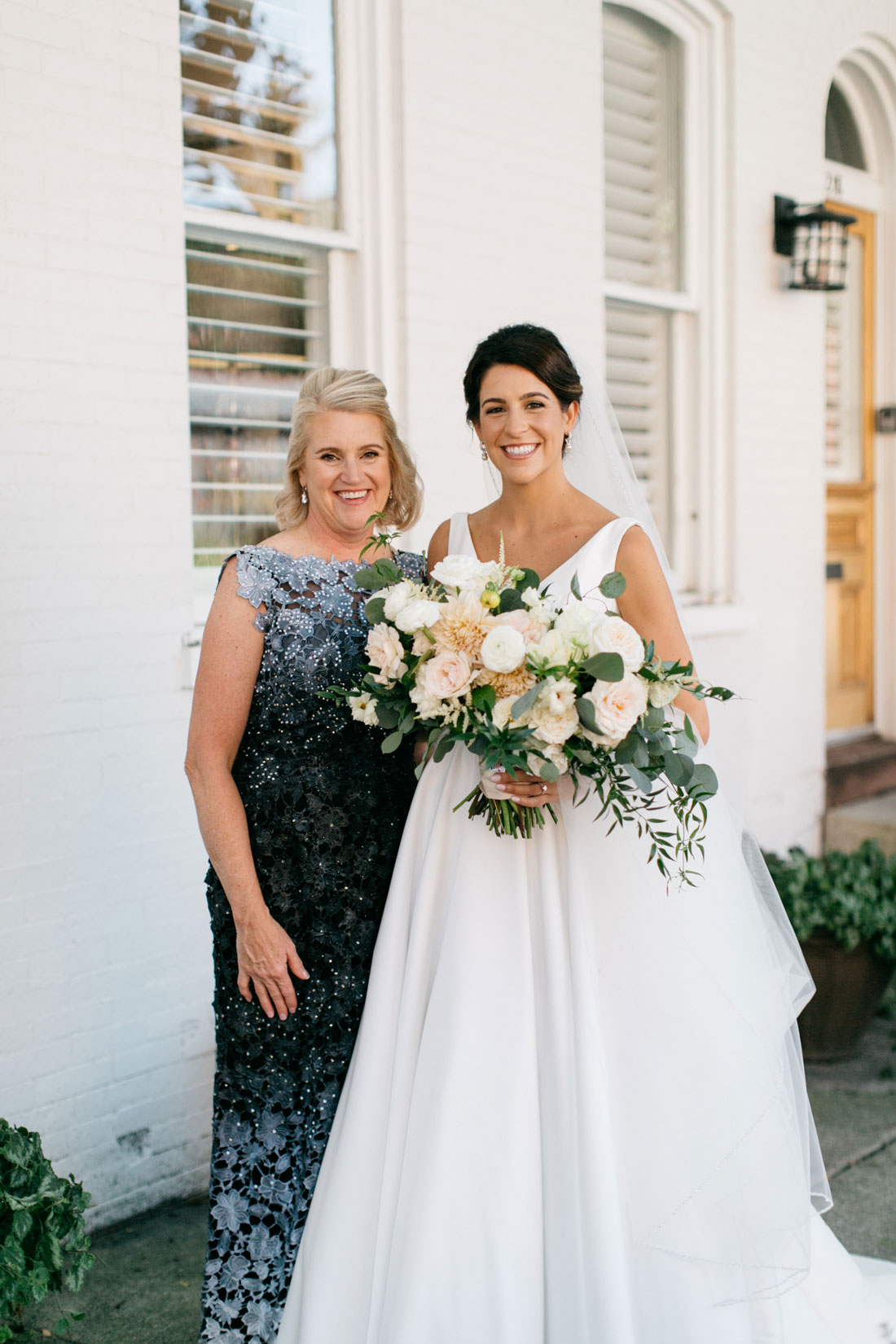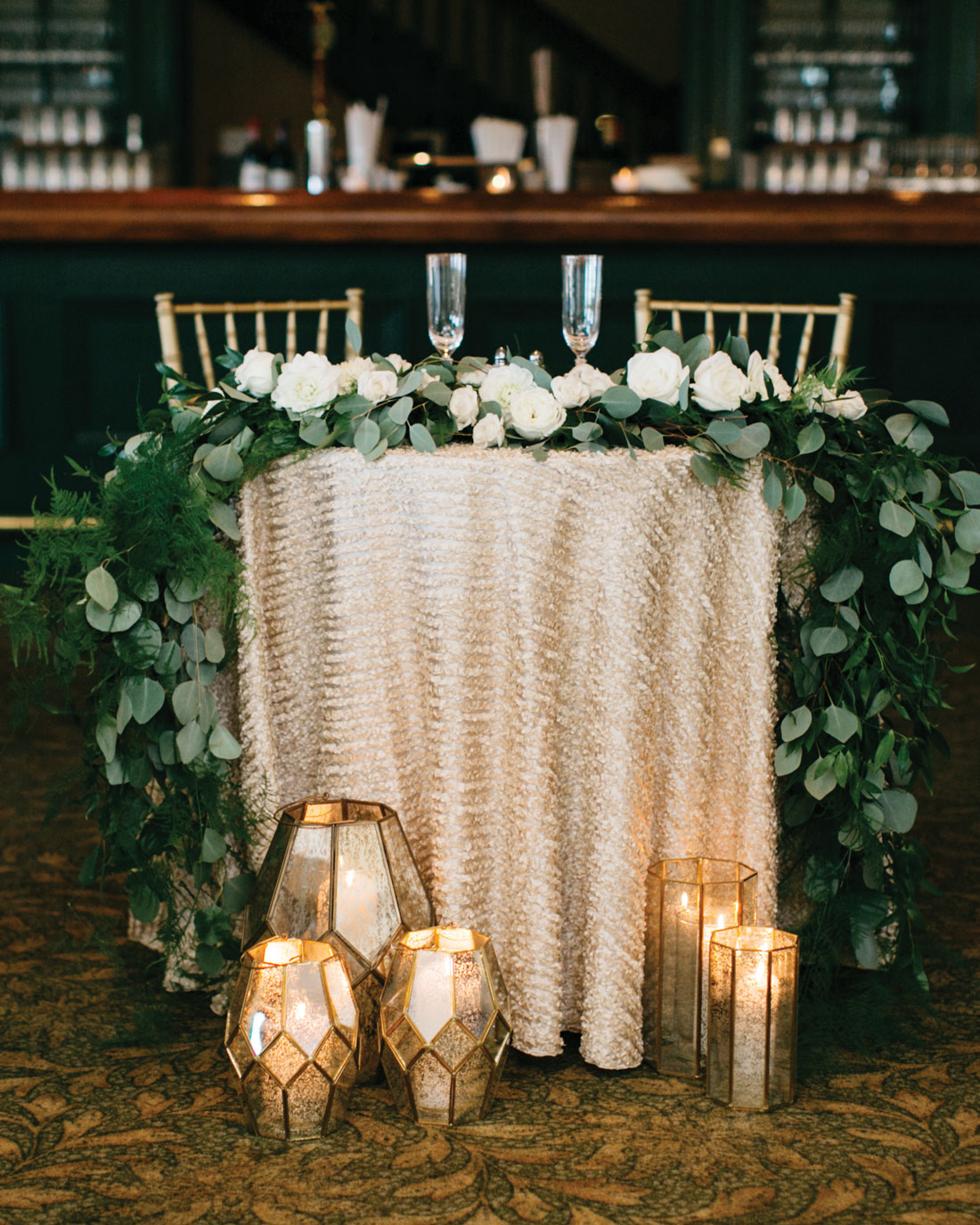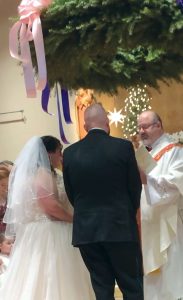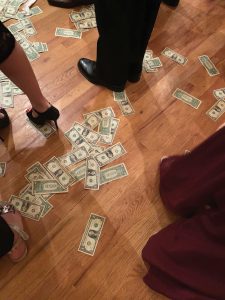When searching for topics such as “eating healthy” and “exercising while working night shift,” Google provided endless suggestions and tips: Exercise before your shift. No, exercise right after your shift. Eat every meal. Skip a meal.
Working third shift is inevitable in the lives of emergency responders, medical personnel, manufacturing employees and others.
How does one stay fit and healthy while on the job? We asked four local individuals, who work through the night and into the morning hours, to share their advice on maintaining a healthy lifestyle.
Melissa Lutchkus, Four Seasons Produce, Inc.
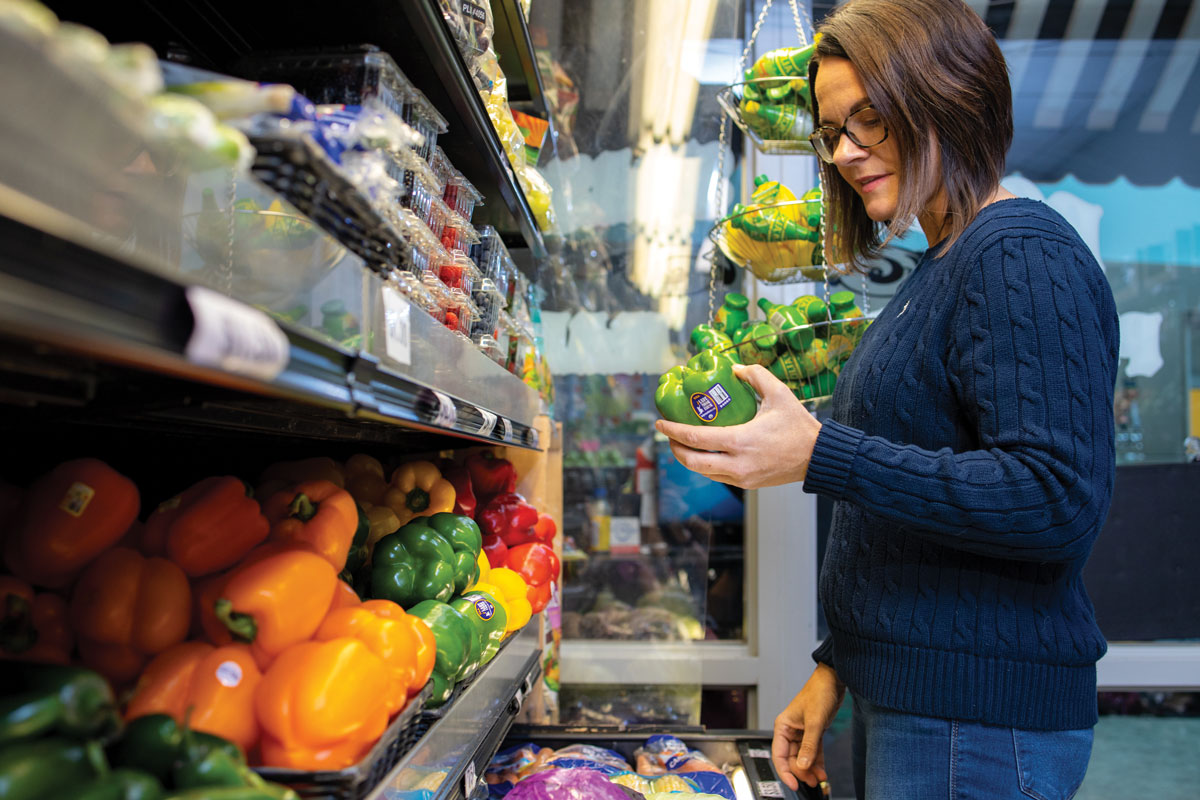
It’s hard enough to eat healthy during a 9-to-5 workday, but when an individual works an alternative schedule, it’s twice as tempting to eat unhealthy foods.
Working for one of the largest independent produce wholesalers in the nation will keep anyone on their toes. There’s a constant motion that flows at Four Seasons Produce, Inc. in Ephrata, and those who work there keep the well-oiled machine running 24/7, including operations planner Melissa Lutchkus.
“The planner plays a critical role in the daily function of the warehouse. Our main responsibility is to coordinate the day-to-day activities of the warehouse,” Melissa says. “This team interacts across departments to ensure that our customers get the product they need, when they need it. We monitor and coordinate the warehouse activity that starts with the buyers who purchase the product that our sales team sells to our customers through to the delivery of the product to our customers by our drivers and transportation team.”
Melissa’s work schedule is Thursday through Saturday and every other Wednesday from 4 p.m. to 4 a.m. While most are preparing to leave work for the day, Melissa is heading into the office for a 12-hour shift.
It’s hard enough to eat healthy during a 9-to-5 workday, but when an individual works an alternative schedule, it’s twice as tempting to eat unhealthy foods. “When you work non-traditional hours and don’t have a regular sleep schedule or get at least eight hours of sleep, your body craves food,” Melissa explains. “And, not the good kind either.”
She emphasizes how important it is for her to maintain a healthy lifestyle by preparing her meals before her nightly work schedule. “It’s not easy. Planning ahead is my best strategy,” she says. “Cooking healthy meals on my days off and having snacks on hand help me to not fall into the trap of ordering take-out or grabbing fast food on my way to work.”
And, what type of snacks does she prefer? Her answer is simply “fruit,” which she can purchase from her company’s on-site market.
Four Seasons Produce Market is a “cool” and colorful area that is open Monday through Friday, where employees can walk in, view and select which items they would like. A cashier and register are located directly outside of the market, making it easy for employees to purchase anything from peppers, limes and lemons to juice, salsa and small prepared meals. The facility also has a café; however, it is not open overnight.
“My go-to snacks at our market are apples, raw veggies and berries,” Melissa shares. “The in-house market offers a variety of veggies and fruit for sale. I try and stock up at the market at least once or twice a week so that I always have fruits and veggies on hand.”
Originally from Pottsville, Melissa fills her leisure time by spending it with her dogs and two nieces. She also works in the publishing industry and is currently taking classes toward her Masters in Publishing at George Washington University.
Melissa also sets aside some time for exercising. Eating healthy has its benefits, but when it is accompanied by regular exercise, the two combined are effective and essential in maintaining physical and mental health and well-being. “I exercise mainly on my days off, but I still get exercise on my workdays by walking my dogs or doing a short workout at home,” she notes. “I do a variety of exercises – running, HIIT classes and weight training.” She is also a member of a local gym.
Melissa finds that healthy eating and regular exercise pay dividends on the job and on her days off, as they “give me the energy to stay up all night – there are times that I am up for 24+ hours – and stay focused while I am on the job,” she explains. Eating healthy and exercising also “help me to recover quickly and be productive on the days when I am off.”
Melissa’s Strategies
For those who use every excuse in the book to avoid exercise and eating nutritious foods, Melissa advises, “Make small changes and plan ahead – swap out one high-calorie snack for a piece of fruit or drink water instead of a soda or an energy drink. Go to the grocery store regularly and spend a few hours one day cooking healthy, low-calorie meals. Have these ready to go so you can grab them on your way out the door, so that you won’t rely on fast food.” As for exercise, she suggests that you mix it up in order to avoid monotony.
Officers Matt Spitler and Brennan Stamm, East Hempfield Township Police Department
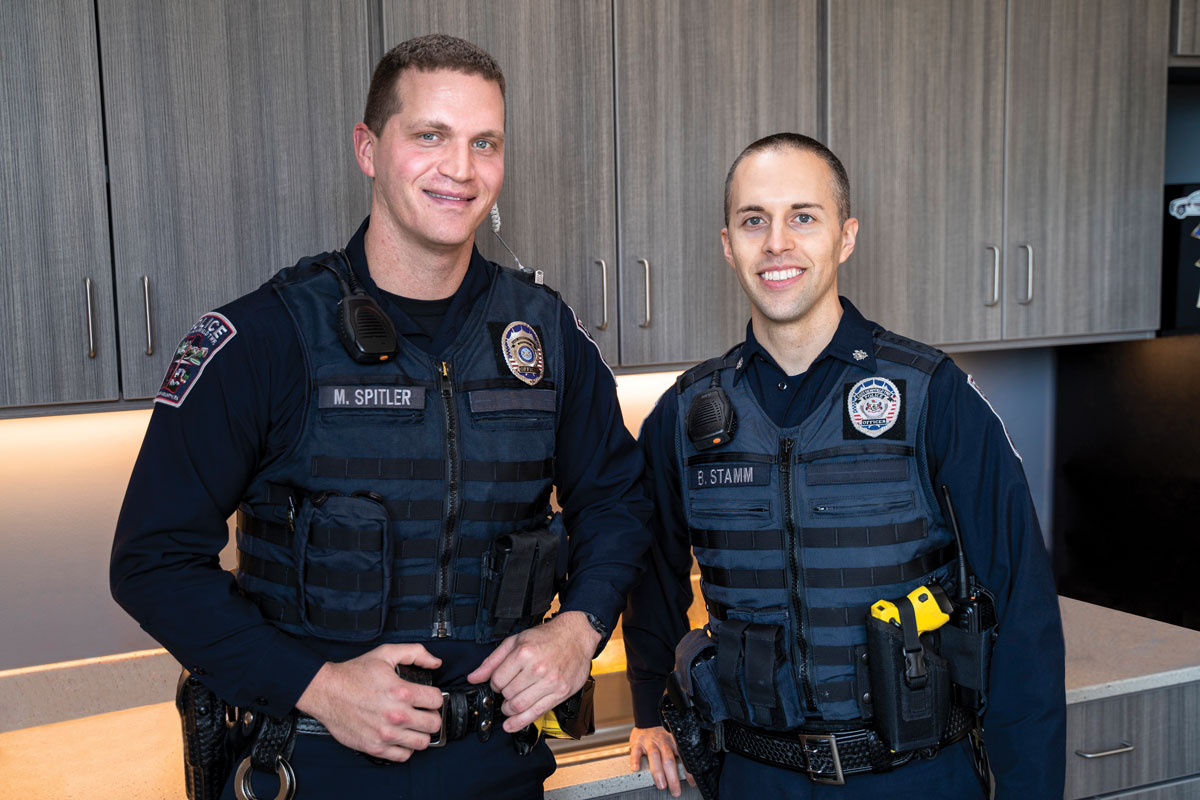
The “broccoli brothers,” East Hempfield Police Officers Matt Spitler (left) and Brennan Stamm (right).
The main purpose of the East Hempfield Township Police Department, as stated on its website, is “to create and maintain a safe, secure environment” for all of its citizens. In order to do so, officers must be prepared mentally, physically and emotionally to deal with the stressors that come with the job, day or night.
Officer Brennan Stamm has been with the East Hempfield department for the past six years. He, along with other officers, work rotating 12-hour shifts – working two to three 12-hour days a week with two to three days off. “It’s either night shift or day shift, so we usually have an overlap there, like a 5-to-5 shift or a 6-to-6 shift,” he explains.
For Officer Stamm, the first step in maintaining a healthy lifestyle is sleep, which he jokingly says he hasn’t had much of lately – he and his wife are the parents of a 3-year-old daughter and 4-month-old twins.
Working day-shift hours opens up a large realm of food possibilities. He and his partner, Officer Matt Spitler, rambled off a list of healthy so-called fast-food options that are located within their patrolling radius, such as Turkey Hill, Sheetz, Wawa, Chipotle, Tropical Smoothie and Saladworks, to name a few.
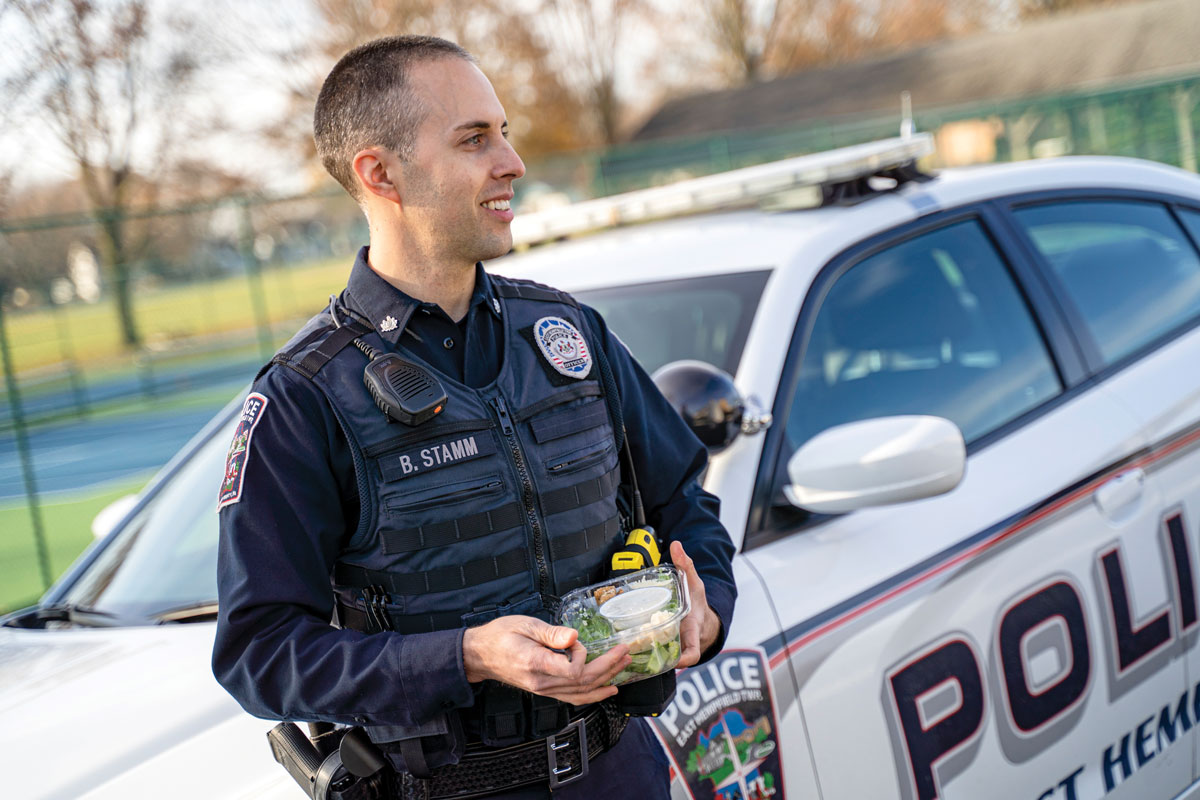
Officer Brennan Stamm, who has been with the East Hempfield department for the past six years, says that eating healthy on the job has become easier thanks to the options C-stores and fast-food restaurants now offer.
“The less processed it is, the better. The less amount of ingredients on the ingredient list, the better. You know what’s in it, and you can actually read and understand the ingredients,” Officer Stamm says. “Going with a good protein source keeps you fuller longer; protein is the building blocks of muscle.”
“Almost anywhere you go, there’s healthy options,” adds Officer Spitler, who points to convenience stores such as Sheetz, Wawa and Turkey Hill, for offering made-to order food and healthy on-the-go snacks such as protein bars, smoothies, eggs, salads, nuts, etc.
After working a 12-hour shift, many people do not want to work out for another hour or two. That’s why several of the officers focus on exercise on their off days.
“Even though we work 12 hours, sitting in the car all day long or sitting at the station doing paperwork all day long, you can get very sedentary,” says Officer Stamm. “I prefer resistance training on my days off, and then with the kids is when I get my cardio in.”
“The first thing I do on an off day is go to the gym and get a workout,” shares Officer Spitler. “It becomes a lifestyle; it becomes something you enjoy. It relieves stress, and it’s good for you physically and mentally.”
To help promote the importance of fitness, the police department added a gym (which is outfitted with used equipment) during recent renovations so that officers and other staff members can exercise before or after work.
Officers Stamm and Spitler are members of local gyms, as well.
“I think it’s important to stay motivated, to stay focused and to be on a program of some sort,” Officer Spitler emphasizes. “There’s an app on my phone, and it’s a program that you just follow. So, it’s not like you’re randomly going and hitting one body part or the other body part, you actually have a legitimate program to follow every time you go, so it’s not only motivating, but it’s also structured.”
Finding a balance between healthy eating, exercising and working alternative hours can be hard for some. However, Officer Spitler says it’s basically a matter of being intentional and planning ahead.
“I always heard getting into this job everybody would use the excuse, ‘Oh, you guys are going to be working shift work, that means you’re going to be eating a lot of fast food, which means you’re going to eat garbage.’ Well, one thing I learned is that you can go to a fast-food restaurant and get relatively healthy food these days. I think it’s just intentionality.”
Officer Stamm suggests, “pushing for a permanent schedule” if one’s workplace offers a more permanent position. “Even if you are a shift worker, and you don’t have normal hours, I would push for a more permanent shift, like if you enjoy working night shift, try to stay on night shift all the time.”
As partners, they do tend to hold each other accountable when maintaining a healthy lifestyle. But, they agree that it’s OK to have something unhealthy every now and then. “I think it’s part of being balanced and being a normal human being,” Officer Spitler notes. “I think it’s natural when you’re spending time with somebody else who cares about their diet a little bit. One guy even calls us the ‘broccoli brothers.’”
He continues to say, “I don’t see how you don’t try to stay in really good shape doing this job because it’s not necessarily physically demanding, I mean at times it can be, but it’s just more emotionally, mentally and possibly spiritually demanding, and I feel like you would want to be in the best shape.”
Officer Stamm adds, “Ninety-nine out of 100 times, it’s just a routine call or traffic stop, but there could be that one time where you might have to react, and if you’re racing to a call and you just had a greasy burger and fries, you’re not going to have the energy to even want to get out of the car.”
Both of the officers stress how important it is to maintain a healthy lifestyle for different reasons. Spitler notes that while officers grow older, the demographic for criminals stays the same (from late teens up to 30s). “I’ve noticed that in the last couple of years, as my body is starting to slow down a little, that it’s even more important to push harder.”
“I would say one of the motivating factors for me is that over the years, you start having that brain fog. You walk into a room, and you forget why you walked in there. That fatigued feeling and being tired all the time, it could be because of what you’re eating,” Officer Stamm shares. “My grandmother has developed Alzheimer’s, as has someone on my wife’s side of the family, so you think if you don’t take care of yourself now, you could start seeing those symptoms 30 years before you even get it. That’s why I just started changing some habits here and there.”
Officers Stamm’s and Spitler’s Strategies
If you don’t balance your workout with a healthy diet, you will not get the results you’re looking for. There are more benefits to working out and eating healthy besides losing weight and looking lean and trim; it boosts confidence and helps to lower stress and depression. It gives your mind clarity and diminishes fatigue.
“I would say don’t care what other people think,” says Officer Stamm. “I know when I first started going to the gym, I didn’t know what I was doing, but it takes practice. Ask people who know what they’re doing for help.”
“Have a goal! Push through the discomfort of feeling intimidated with working out and eating well because there’s a plethora of information out there,” Officer Spitler says. “Try to be a better version of yourself every day.”
Lindsey Herr, Registered Nurse at Penn Medicine Lancaster General Health Women & Babies Hospital Level III Neonatal Intensive Care Unit (NICU)

Registered Nurse Lindsey Herr checks in on one of her little patients, who is one of a set of twin boys.
Lindsey Herr could make a busy worker bee look lazy. She has worked the night shift at the Penn Medicine Lancaster General Health Women & Babies Hospital for the past eight years. She says her typical schedule entails working three days a week from 7 p.m. to 7:30 a.m.
“On any given night at work, I am part of the code team responding to resuscitate critical infants as well as responsible for attending all high-risk deliveries …” Lindsey says. “I love what I do, and I am so humbled to be a part of helping these tiny miracles grow.”
While working in the NICU, employees are not permitted to have any food or beverages near the patients; therefore, the health system provided the unit with drink cabinets, which are located in the hallway outside of the patients’ rooms. “Working in health care can be challenging,” Lindsey shares. “We cannot have food or drinks at the patients’ bedside, so during a 12-hour shift, we sometimes forget to stop and eat or drink.”
When she is able to take a break, Lindsey eats food that she packs ahead of time and brings from home. Though the Women & Babies Hospital has a café that offers healthy food options, it is only open during dayshift hours, from 7 a.m. to 7 p.m.
Lindsey notes that she enjoys planning ahead and being creative with her pre-packed meals, but she is not fond of meal prepping, saying she doesn’t “have the patience for it” and doesn’t enjoy “eating the same meal over and over again.” Who does?!
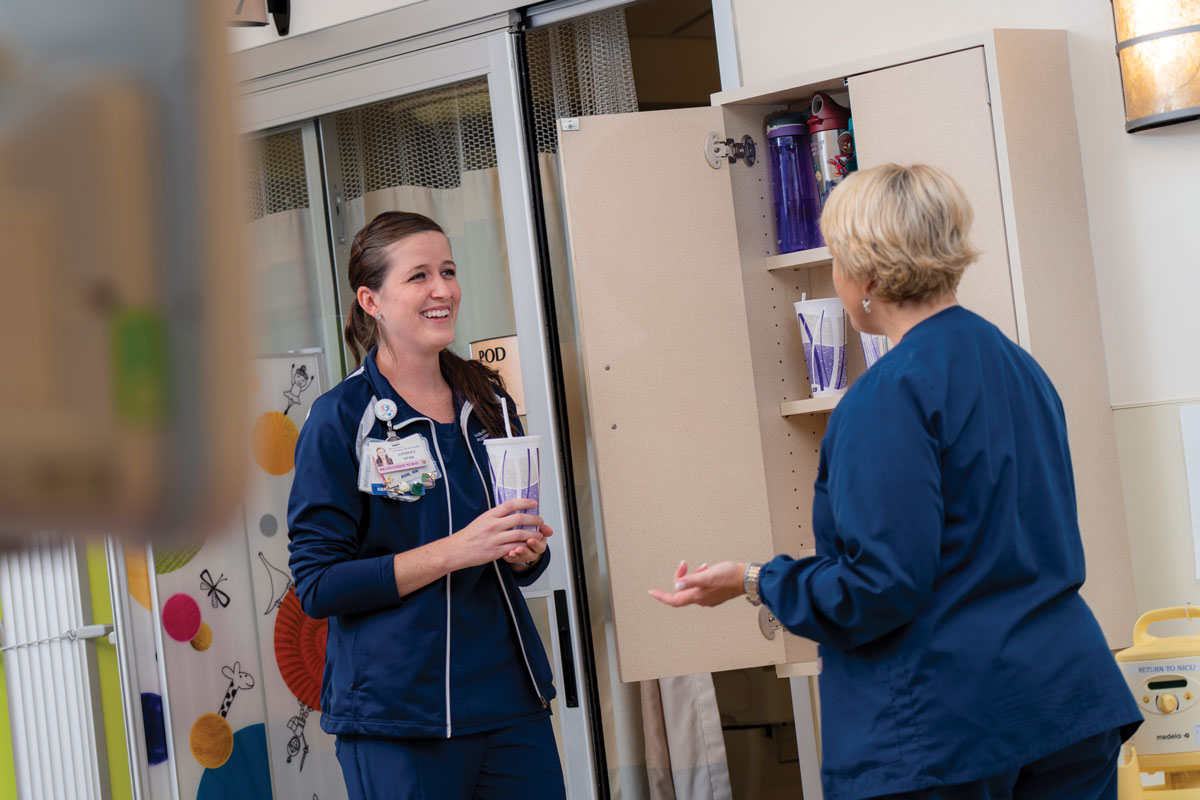
Lindsey (left) and NICU Nurse Manager Margi Bowers talk outside of a patient’s room at Penn Medicine Lancaster General Health Women & Babies Hospital. Strategically placed drink cabinets allow the staff to stay hydrated during their shifts.
The trick for her is buying food that can be eaten in more ways than one after being cooked. For example, she can have a chicken breast for dinner, then cut up some chicken for a quesadilla or a healthy salad. Sometimes, she places the chicken in a food processor and makes chicken salad.
“I try to make sure my packed lunch has some form of protein – hard-boiled eggs, chicken, tuna, cottage cheese, fish, hummus or rice cakes with peanut butter,” she explains. Lindsey relies on the ploy for a reason, explaining, “Personally, for me, if I eat anything ‘carb heavy,’ I crash hard later in the night.”
She also packs a little something extra for the ride home. For Lindsey, the small morning snack serves three purposes: it helps her stay awake for the drive home, prevents her from waking up hungry in the middle of her sleep schedule and ensures that she is eating enough. “I don’t know how many times I’ve only had two meals a day because all I want to do is sleep when I get home,” she notes.
Two of Lindsey’s greatest investments that help her maintain a healthy diet are her food saver (vacuum sealer) and pressure canner. By using her food saver, she not only saves time but also money. “I save money by waiting for sales on meat and buying it in bulk. It ensures I always have a good source of protein in the house at all times,” she emphasizes.
As a child, she recalls watching her grandmother pressure can food. So, she purchased her own Ball Canning book and taught herself how to can her own food. “It is so simple. I started out buying fresh produce in the spring and summer from local farms or markets in Lancaster,” she shares. “I was able to can and preserve dozens of jars of produce in no time at all. I took it a step further the last few years and started growing my own produce.”
When do you exercise if you work night shift? Lindsey says her excuse to not exercise was “finding time” to exercise. She explains that driving to the gym, working out, coming home, showering, getting ready for work, cooking dinner, packing her lunch and running out the door by 6 p.m. was “a feat.” So, she and her boyfriend decided to ditch their gym memberships and purchase exercise equipment for their basement with the money they saved from going to the gym.
However, running on a treadmill and lifting weights became monotonous for Lindsey. She then decided to sign up for an annual Beach Body On Demand subscription. “This gave me hundreds of workout programs to choose from. The best part is that most of these programs are short 30-minute workouts for people like me with busy/odd schedules.”
Other physical activities that she enjoys include soccer and running. She finds herself playing soccer one or two times a week. “I love playing soccer and don’t even think about the workout aspect of it. Find something that gets you active, that you love doing, and focus on that,” she advises.
One of the more interesting activities she is involved in is something called a Ragnar Relay. Every year, for the past three years, she has spent part of the year training for the 200-mile team race – a team of 12 runs 200 miles from one destination to the next. “We start on a Friday morning and run continuously throughout the day and night and typically finish by Saturday afternoon/evening. Each runner runs a total of three times throughout the race,” she explains. The first year she participated, the race traveled from Lancaster County Central Park to the Poconos; she has also run in Arizona and California. “It is an awesome way to exercise while getting to explore new places!” she notes.
Lindsey admits that it is hard to balance healthy eating habits and exercise while working an alternative shift, but she says finding that motivation is what helps her to push through the day.
“One thing that has helped me remain motivated and consistent is surrounding myself with people who hold me accountable and build me up. For me, this is my NICU coworkers,” she explains. “One of the girls on our unit started a Facebook group where we can motivate each other, check in and keep track of our workouts. When I find myself making excuses not to work out or I’m feeling unmotivated, I get a daily notification from one of my coworkers who just crushed a workout or started a new workout program that they love.”
Lindsey’s Strategies
Stop with the excuses! Lindsey advises that you don’t have to buy into “a bunch of weight-loss programs to become healthy.” She says to simply set aside 30 minutes a day in your own home to exercise. “The key is remaining motivated and consistent.”
Stop buying junk food! “If you find yourself eating ‘junk’ at the house, stop buying ‘junk’ for the house.” She also recommends finding ways to keep and preserve healthy food so that you don’t have to run to the grocery store all the time.
Keep in mind that “balance is important.” Lindsey says eating healthy 24/7 is not sustainable, so it’s OK to have that extra slice of pizza or fudge brownie on the weekend. But, remember, Lindsey stresses, “We only have one body, and it is our responsibility to take care of it.”

